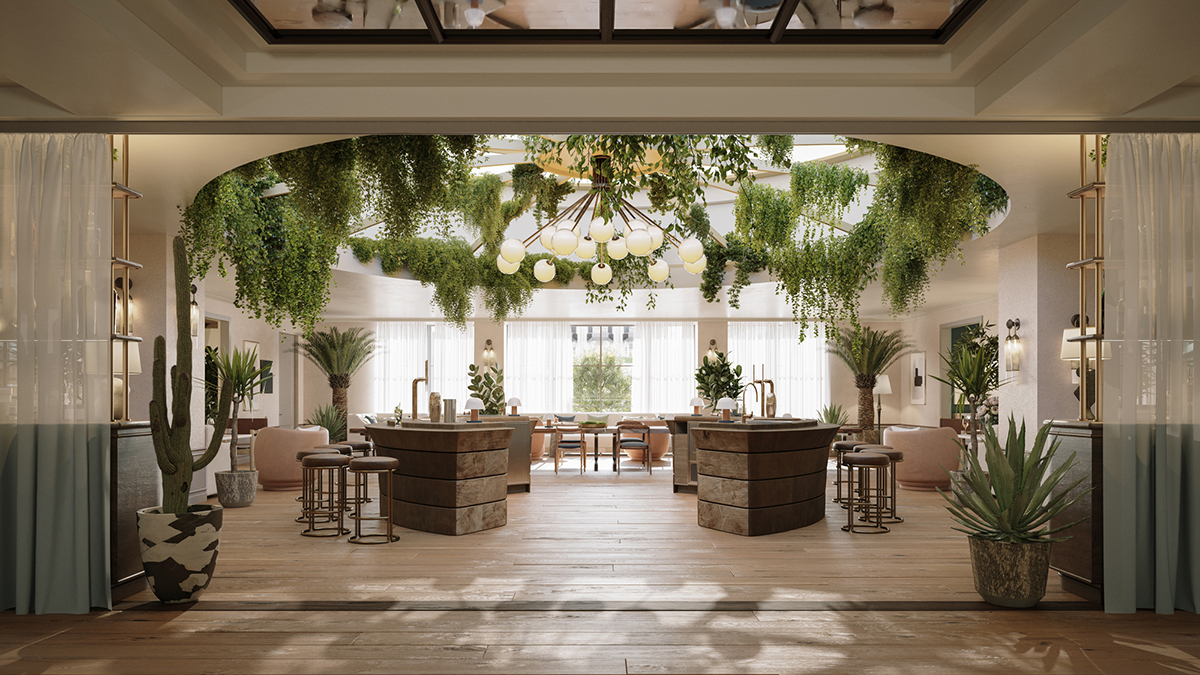
The Whiteley Members Club

Neil Jacobs, CEO at Six Senses
Neil Jacobs is CEO of the iconic hotel and residencies group, Six Senses. Here, he speaks to Samantha Welsh about the brand’s wellness model
LUX: How far are your wellness beliefs rooted in your personal values and lived experience?
Neil Jacobs: It started after studying Hotel Management at the University of Westminster, French Civilization at La Sorbonne University and Italian culture and art in Florence, knowing I wanted to travel and use the languages I’d learnt; I figured the hotel business was a great way of incorporating it all.
My personal passion and love for wellness, sustainability, and travel then played a part in my next steps to joining Six Senses and, naturally, my aim has been to elevate the brand in terms of responsible design, green initiatives and wellness programming. By broadening the company’s global footprint, we’ve been able to create these wonderful spaces and opportunities for people to live and create their own experiences with these things, in a plethora of environments.
Having the opportunity to apply my skills and experience to this unique brand, whilst leading a group of dedicated and likeminded professionals on a daily basis, is a personal joy.
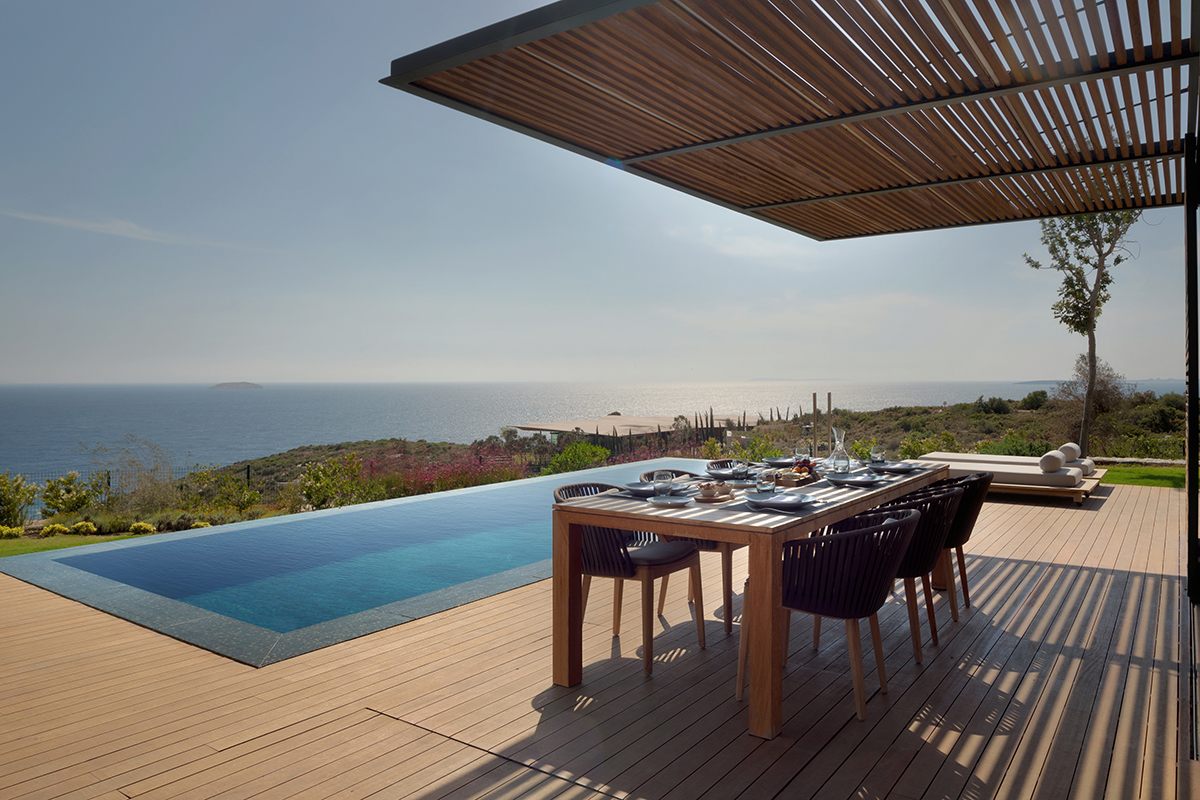
Six Senses Kaplankaya, Turkey
LUX: What is the approach to embedding sustainable values from ground up through every resort? How do you measure their impact?
NJ: Sustainability is embedded into the very fabric of every resort, something we can only achieve if it is the first thing we think about when we approach a new project.
Follow LUX on Instagram: luxthemagazine
Our eco-conscious approach to real estate starts with thinking about how we preserve, celebrate and enhance the local and global environment, as well as the local community and cultural heritage of the location. Naturally, this means taking a bespoke approach to each resort. We make smart use of our land topography and use renewable building materials, and use local materials wherever possible to reduce our environmental impact.
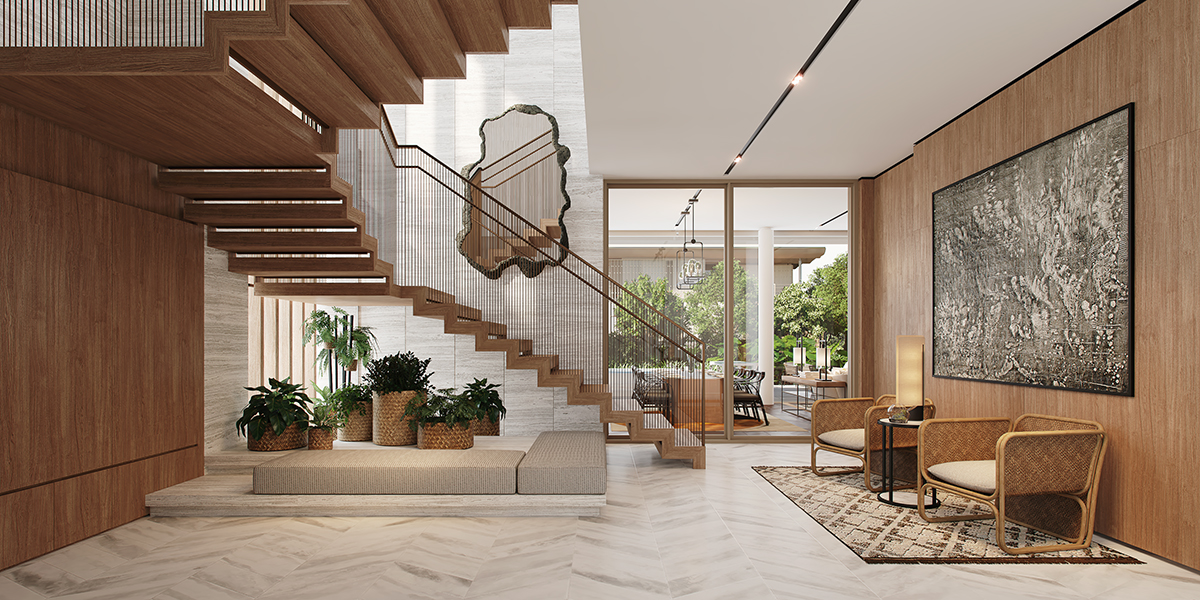
The Forestias in Bangkok
We undertake rigorous analysis to ensure we can successfully and accurately measure the impact of each project and continue to learn for future projects. For example, in 2020, the renewable electricity that was generated across our resorts reached an amount powerful enough to power fifteen world cup football pitches.
To us, sustainability doesn’t just mean our buildings are sustainable, it’s also about encouraging residents and guests to live sustainably long term. Many of our resorts and residences now feature Earth Labs, where otherwise discarded materials are recycled and reused. Guests and residents can join workshops and sessions to learn how to reduce their own consumption and re-use materials, the aim of which is to instil long-lasting sustainable mindsets.
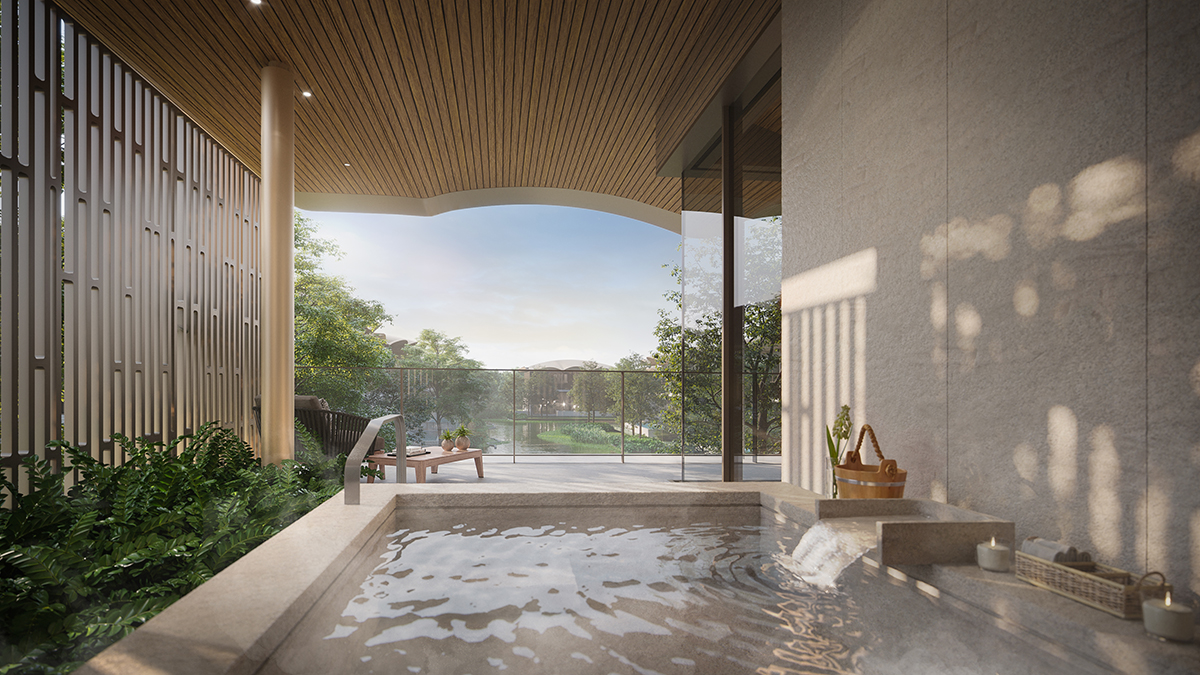
The Forestias is made up of 27 residences, set in a purpose-grown forest in Bangna, Bangkok
Over the coming years, as we learn more and more from our existing projects, sustainability will continue to show up more meaningfully through in-resort environmental impact reduction, including passive cooling of the properties, electric transport options for guests and the use of biodegradable cleaning products.
Across our resorts, we are already working hard towards being fully plastic free. Resorts have never used plastic bottles or miniature plastic amenities, and plastic straws were eliminated before 2016. For example, in 2018 alone, more than 5 million plastic items were eliminated, including over 1,200,000 coffee capsules, over 52,000 plastic bags, over 26,400 toothbrushes and over 460,000 bits of packaging.
LUX: How does your vision for the Residences’ portfolio translate into screening macro market opportunities and micro-locations, masterplanning site assembly, partnerships, local collaborations?
NJ: Because the approach to each project is so individual, we make decisions on a case-by-case basis as to whether we incorporate residences into new resorts, as buyer motivations can differ greatly to those that drive people to stay in resorts as guests.
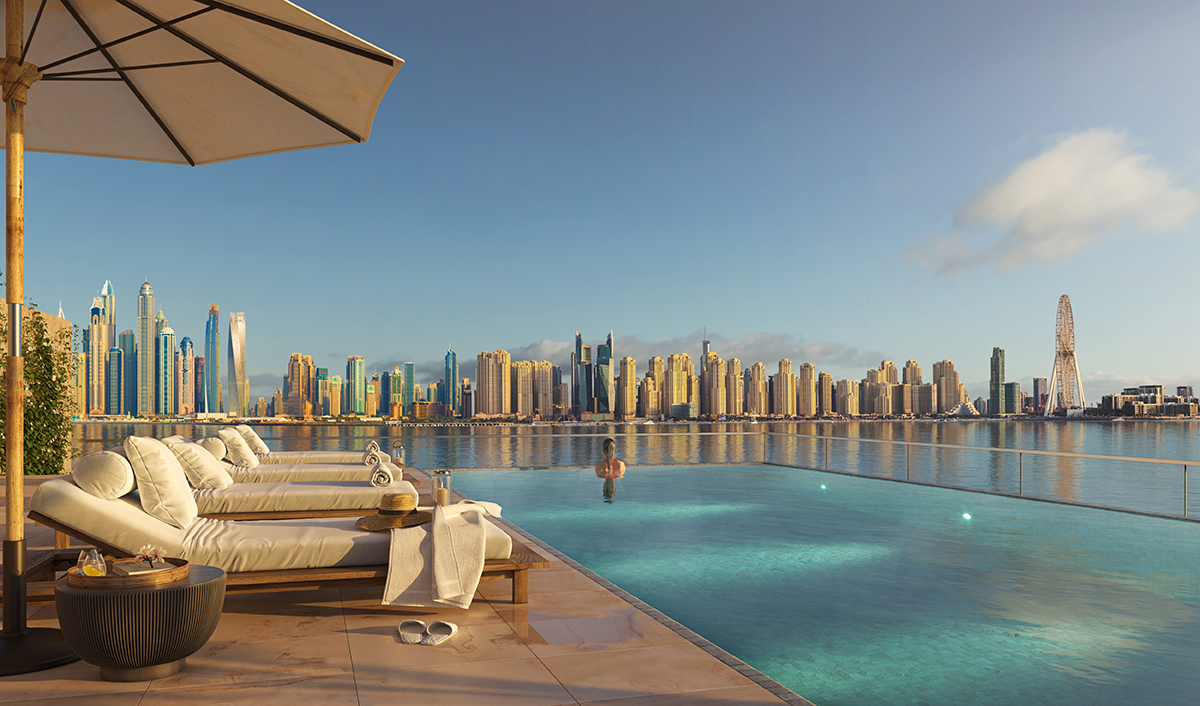
The Penthouse pool at the Six Senses Residences, The Palm, Dubai
We aren’t afraid of delivering resorts in remote locations, but sometimes this isn’t the right fit for residences, and vice versa in other locations. Thanks to our teams and their knowledge and understanding of the local market and global appetite, we can make fully informed plans and decisions on what we build and where we build it.
It’s key that the project and location is innately right for us, and an important initial step is getting onto the land to make sure it is speaking to us, and we can feel the connection. We like to conduct meditations or rituals, and in the past have bought in a sacred geometer to analyse the energy of the land.
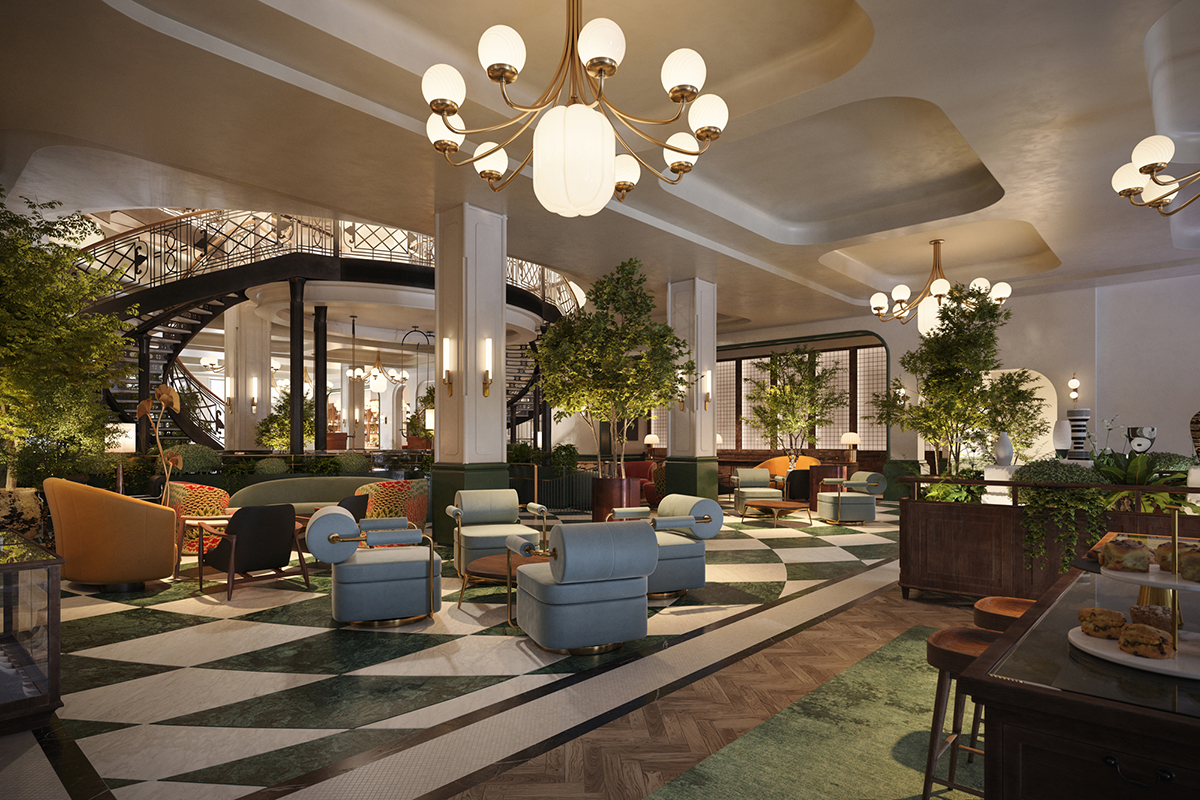
The Whiteley Six Senses Hotel is opening in London in 2023
Once we’ve made these decisions, we begin conversations with potential development partners. With such strong company values, we’re highly selective with who we choose to work with and always ensure our partners share our vision and values.
For example, we are working alongside Finchatton for the first UK Six Senses Residences at The Whiteley. This was a significant milestone for us; to expand into one of the world’s most iconic gateway cities, and we wanted to wait for the perfect opportunity and partner. Finchatton’s hallmark quality matches our own, and the opportunity to collaborate and transform a significant architectural landmark was too good to miss.
LUX: Where did your idea come from, to bring nature, wellness and healing to the global metropolis?
NJ: If you look at the history of people who come to our resorts, it would typically be for a short getaway – a couple of weeks maximum. They’d immerse themselves in the wellness programming, enjoying the facilities we have on offer, resetting in our beautiful and remote locations but then quickly return to their fast-paced lives back in their home cities.
We wanted to find a way to connect the dots, and create these retreat-like spaces, offering relaxation and reconnection, in a location that is much more accessible for everyone: the awareness that often the global elite, while they have the means, don’t always have the time. This is where the migration into urban locations began for us.
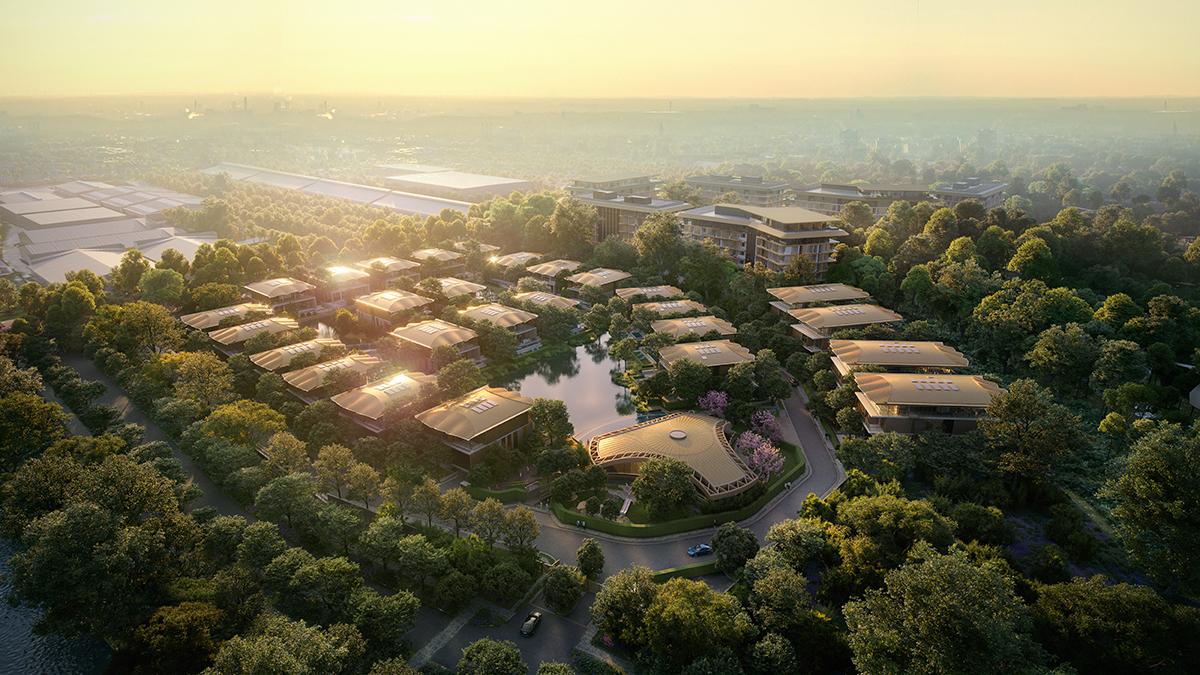
Each residence at The Forestias comes with a private pool, rejuvenating onsen and organic gardens where seasonal fruits and vegetables can be grown
When we are considering bringing a residential component to our urban locations, it is almost a no-brainer. Alongside our exotic, rural and alpine locations, we want to be in gateway cities, located in the prime neighbourhoods of the best urban communities in the world. The market for this type of home for the ultra-high-net-worth is very strong, which meant there was also a clear and compelling business decision to grow our portfolio here.
LUX: What is the membership model? How is it differentiated from other hospitality Groups’ super prime residences?
NJ: We offer a unique experience to our residence owners; combining the luxury and sought-after amenities of resort life, but with the privacy and personal touches of owning your own space. Owners benefit from exclusive resident savings, as well as VIP status recognised across all Six Senses hotels and resorts around the world.
At Six Senses, we pride ourselves on offering a best-in-class service, and our level of care and attention to detail is what sets us apart from other luxury developments. This unparalleled level of service is in part thanks to our hospitality roots, extended so that all of our owners can fully enjoy the privileges of a hotel or resort, with every aspect taken care of.
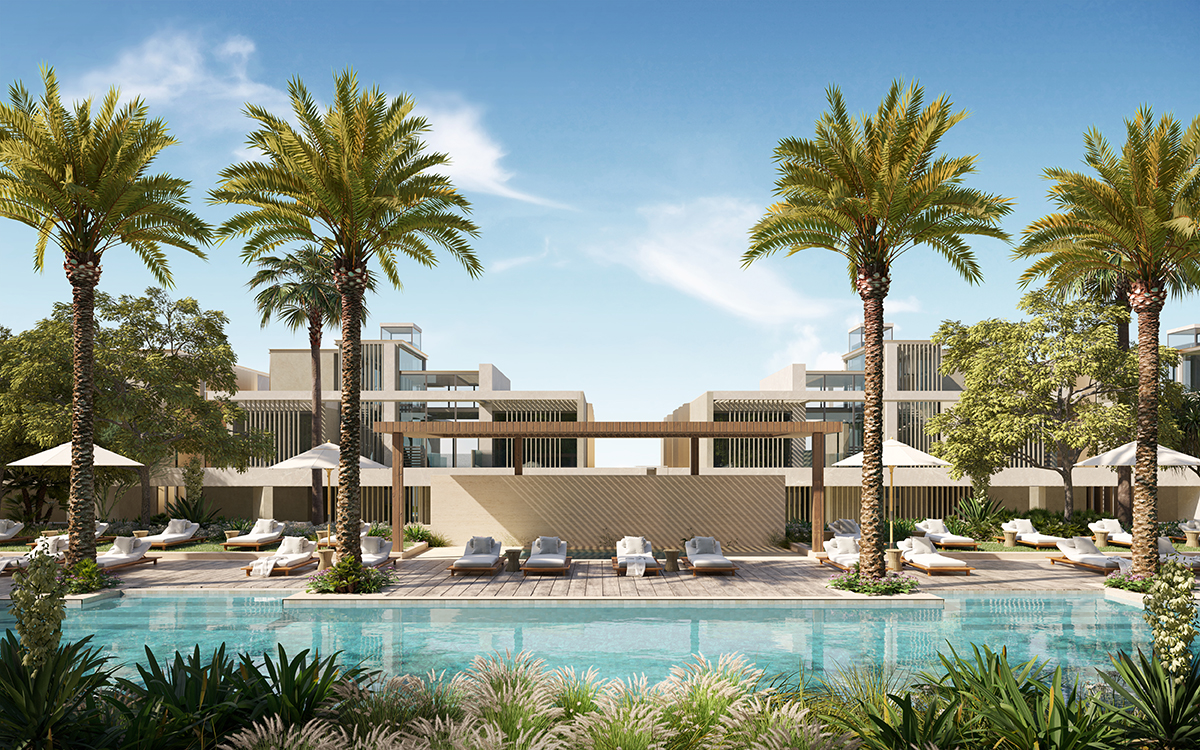
At the core of the Six Senses Residences The Palm, Dubai is Six Senses Place, providing residential owners unique space purely for mental and physical wellness
Owners have the option of placing their home into hotel rental portfolio, which opens up an additional income opportunity via renting their homes when they are not staying there. As properties are wholly managed by Six Senses, it’s a completely hassle-free process.
Read more: Coworth Park, Ascot, Review
Owners who place their home in our rental programme automatically take advantage of our furniture packages as standard – with each home inspired by, and designed in line with, the nature of its environment and local community. Dependant on the resort and stage of construction, there are also sometimes opportunities for owners to personalise design details, such as material choices.
LUX: What is next for U/HNWs who seek multi-based sustainable superluxury living? And do you have your personal capstone?
NJ: The Six Senses brand was born from the desire to help people reconnect with themselves, others and the world around them. One of our core goals, is to continue to create a global footprint and allow people to experience our brand in different environments.
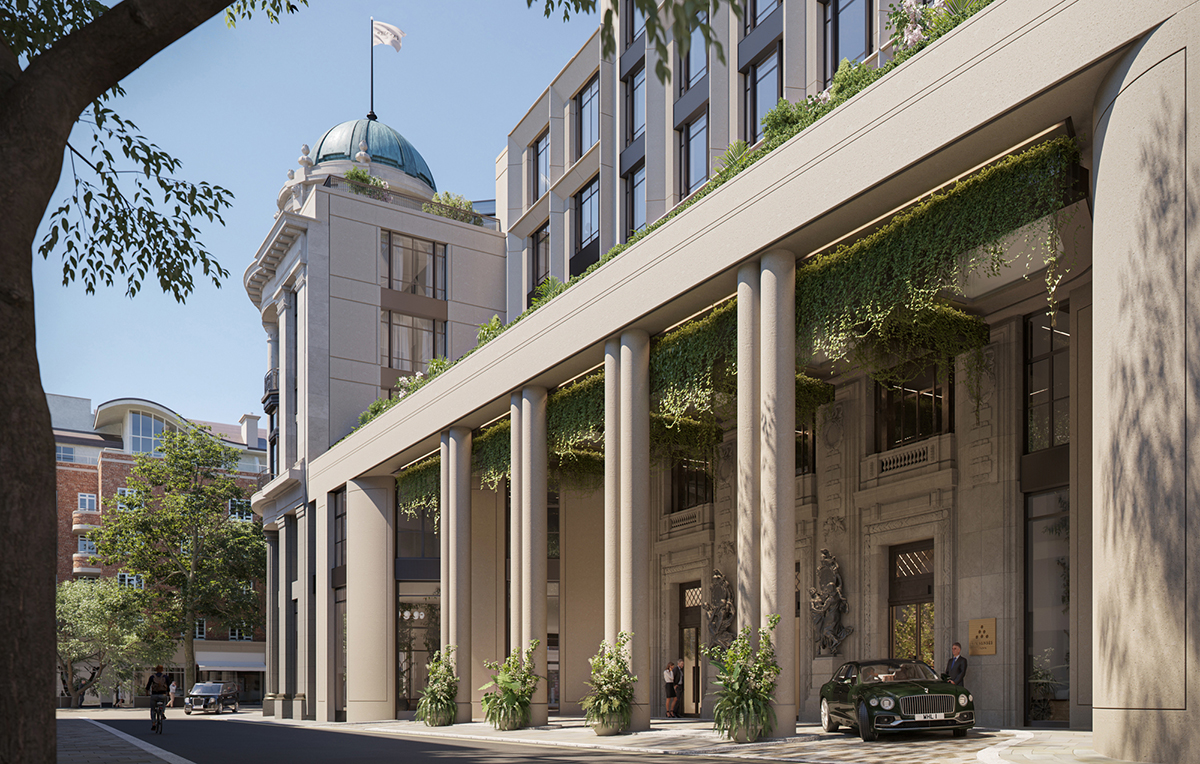
The exterior of the Whiteley Six Senses
Looking ahead at 2023, we are expecting a continued increase in the philanthropic buyer across the branded residences sector. High-net-worth buyers are increasingly seeking a home that has been created in a socially and environmentally mindful way, rather than just investing in purely bricks and mortar.
We are already well placed to respond to this rising demand, thanks to our responsible approach towards all projects through our thorough and sustainable practices.
In terms of a personal favourite of mine, I couldn’t quite say. That being said, part of the richness of my job is the opportunity to interact with our hosts around the world and the buy-in to the brand that shows up in each location. So, my favourite tends to be the project I’m visiting at the time!
Find out more: sixsenses.com/residences

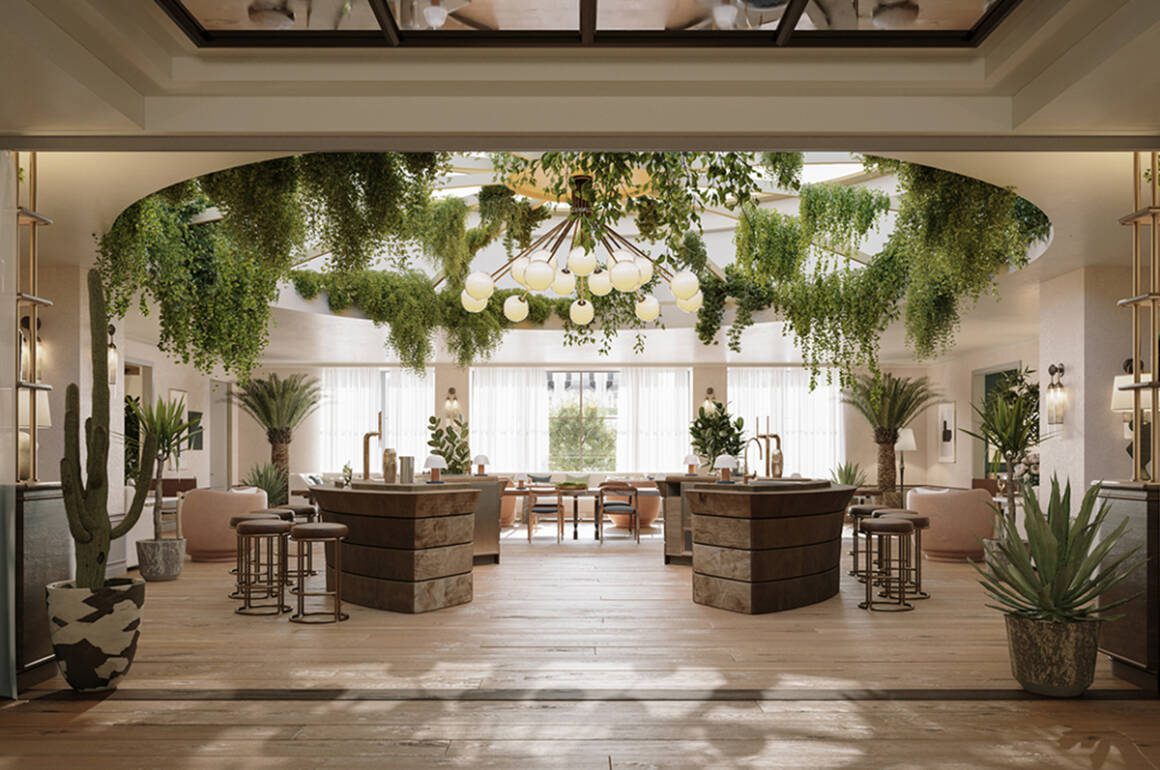
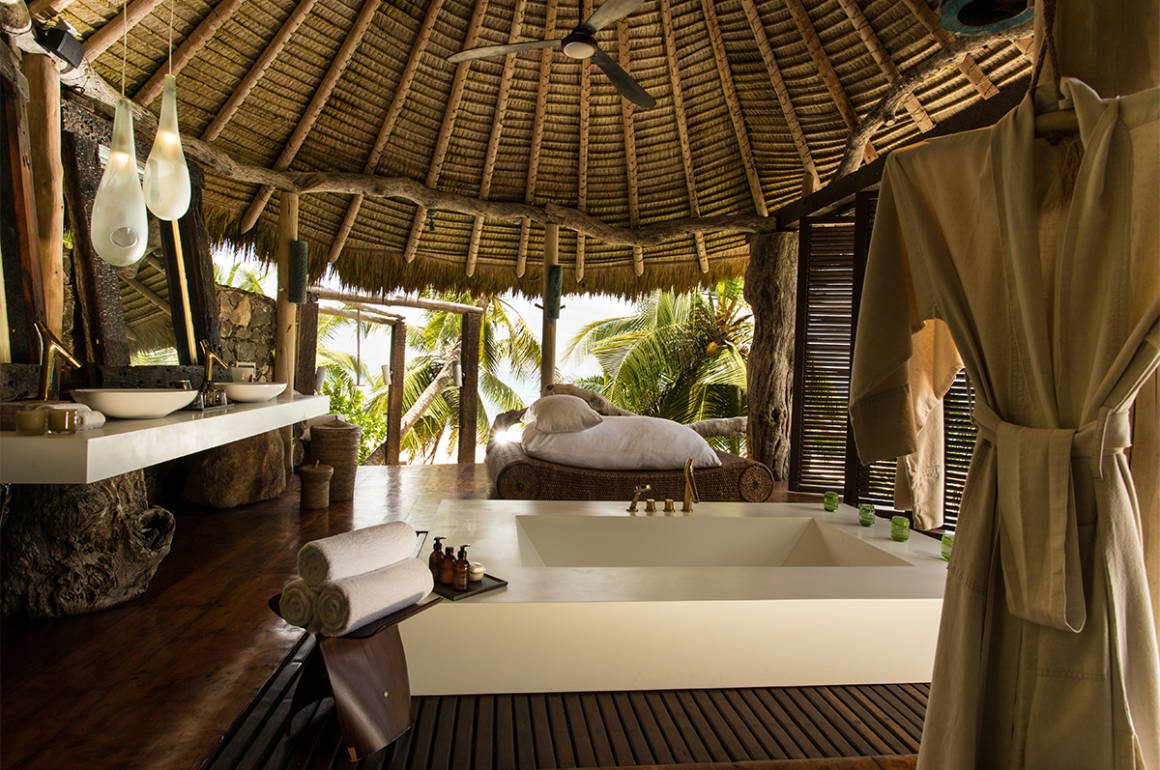
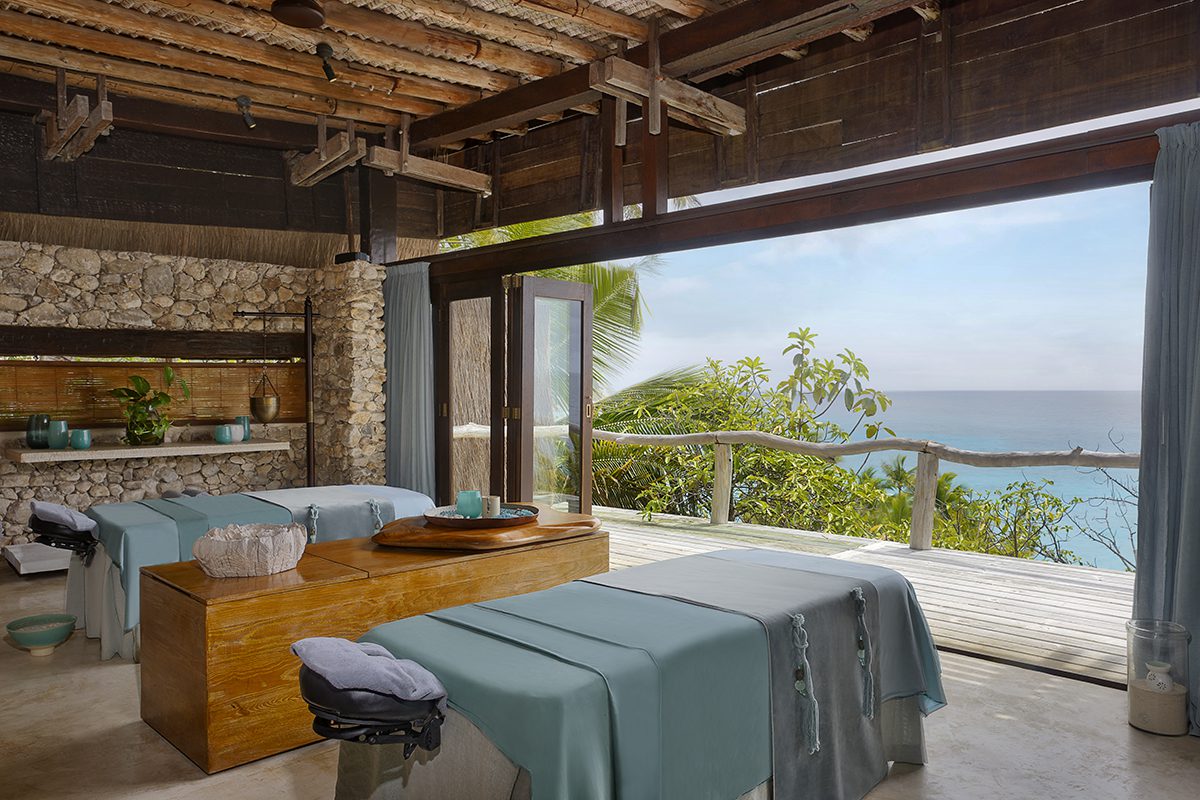 Clinique La Prairie has established itself as a leading name in longevity research, offering wellness programmes for over ninety years. For its inaugural escape far away from its traditional Alps and Lake Geneva landscape, the brand has set base on North Island Resort in the Seychelles to create a complete Clinique La Prairie experience
Clinique La Prairie has established itself as a leading name in longevity research, offering wellness programmes for over ninety years. For its inaugural escape far away from its traditional Alps and Lake Geneva landscape, the brand has set base on North Island Resort in the Seychelles to create a complete Clinique La Prairie experience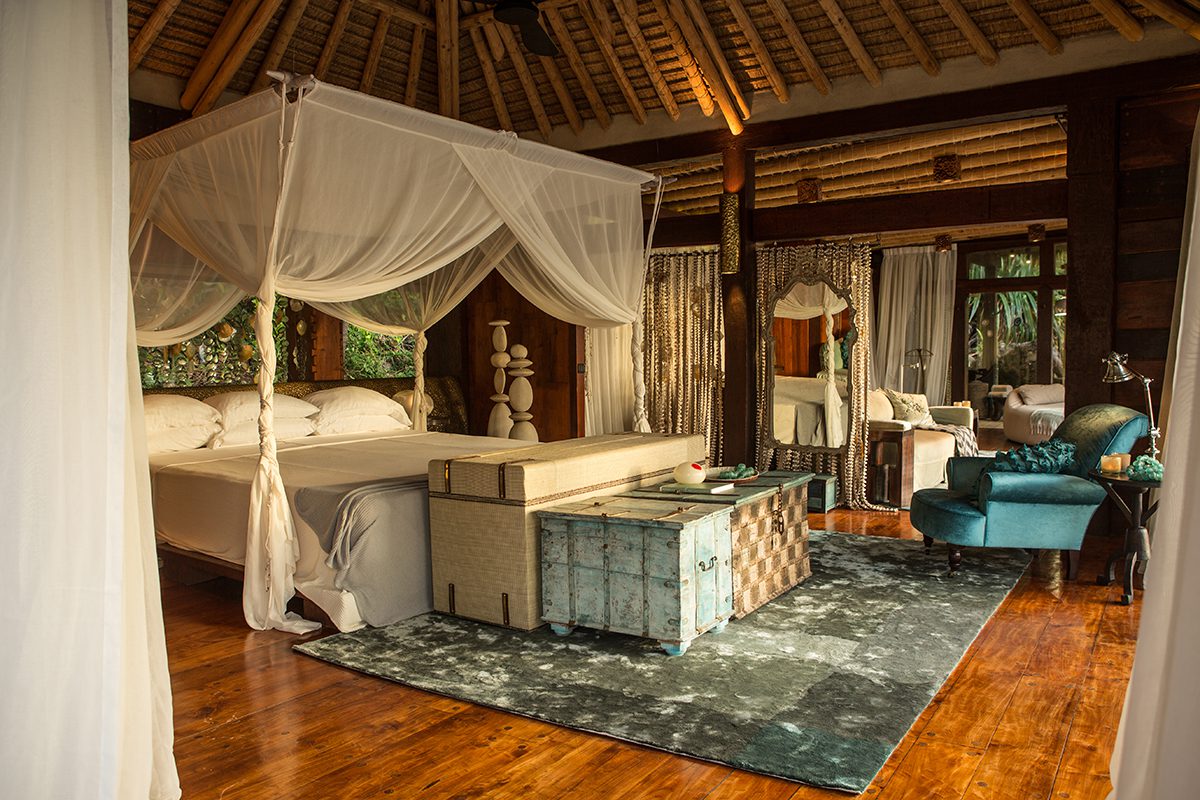
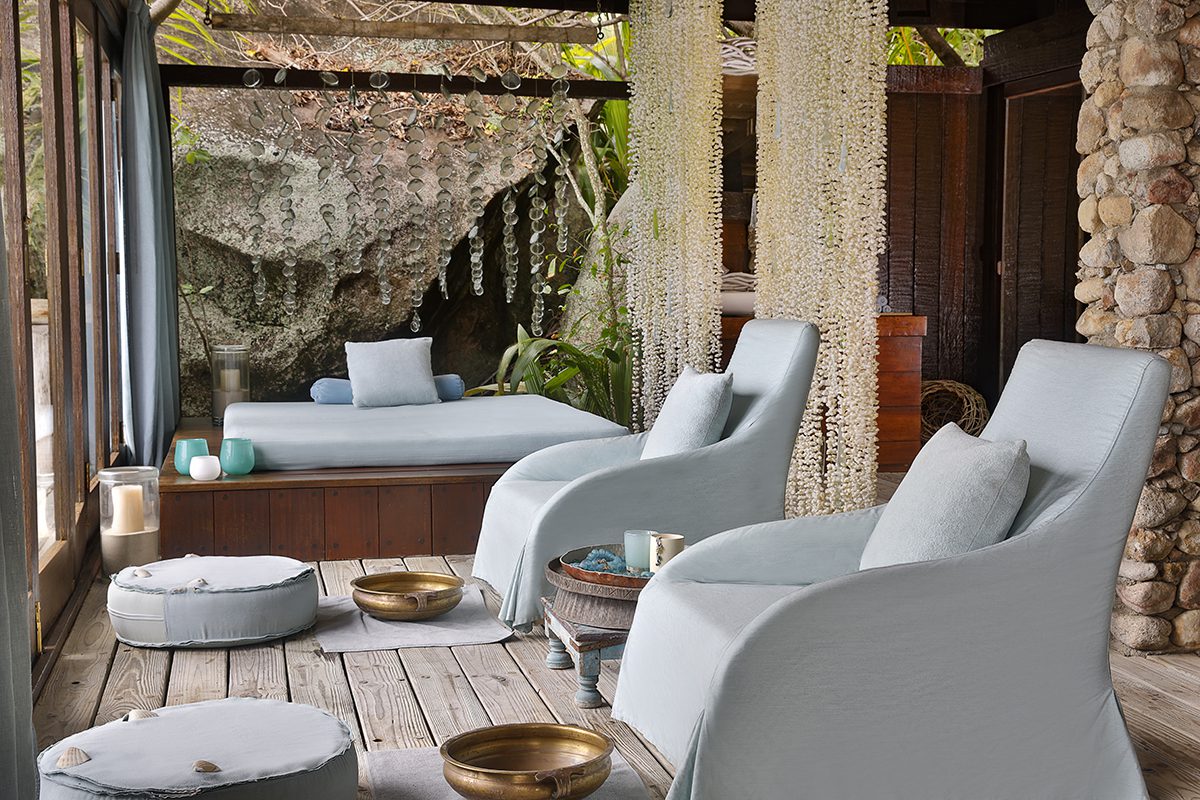
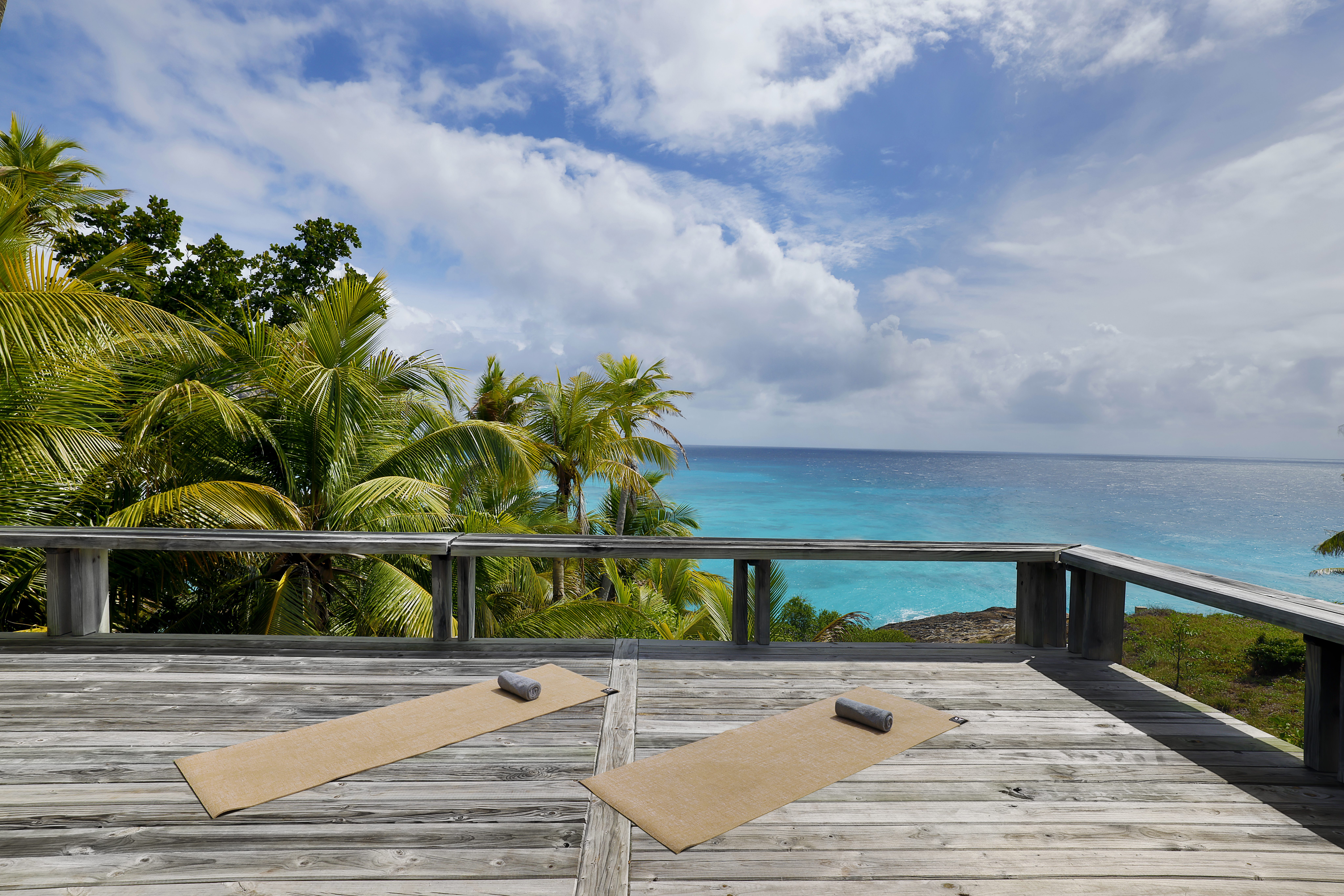
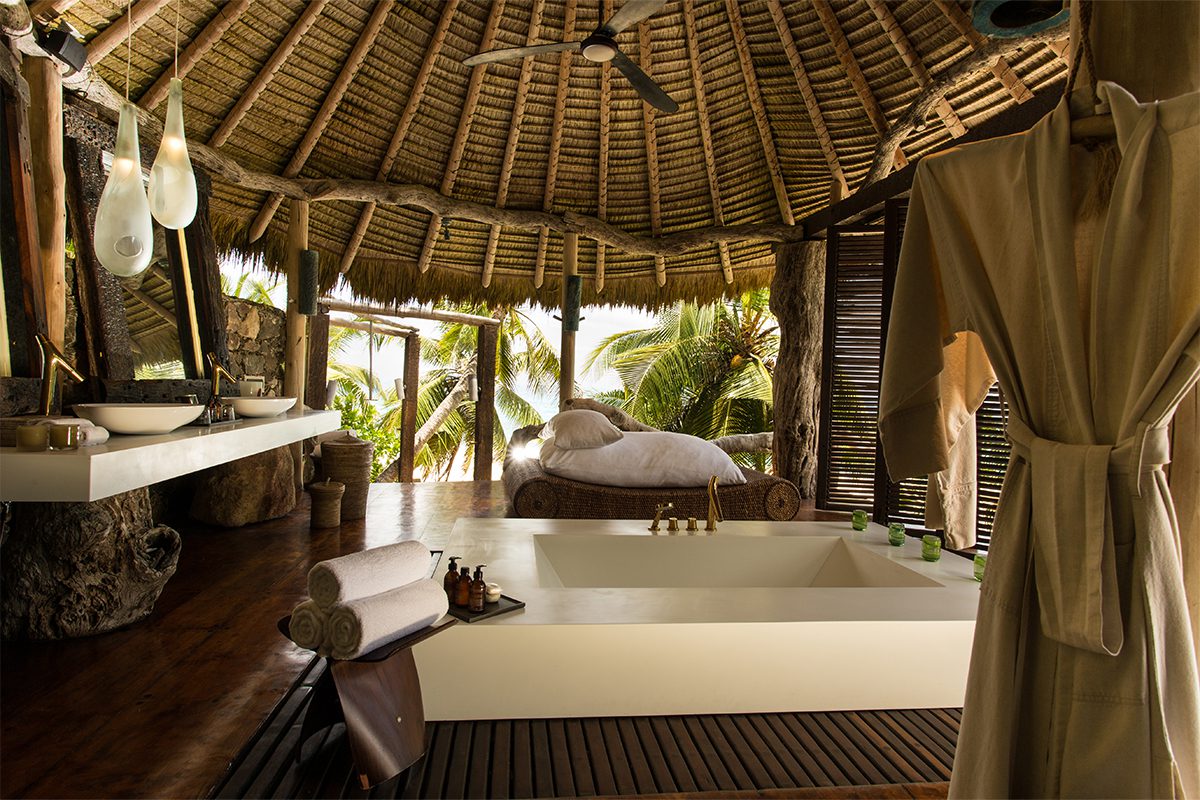
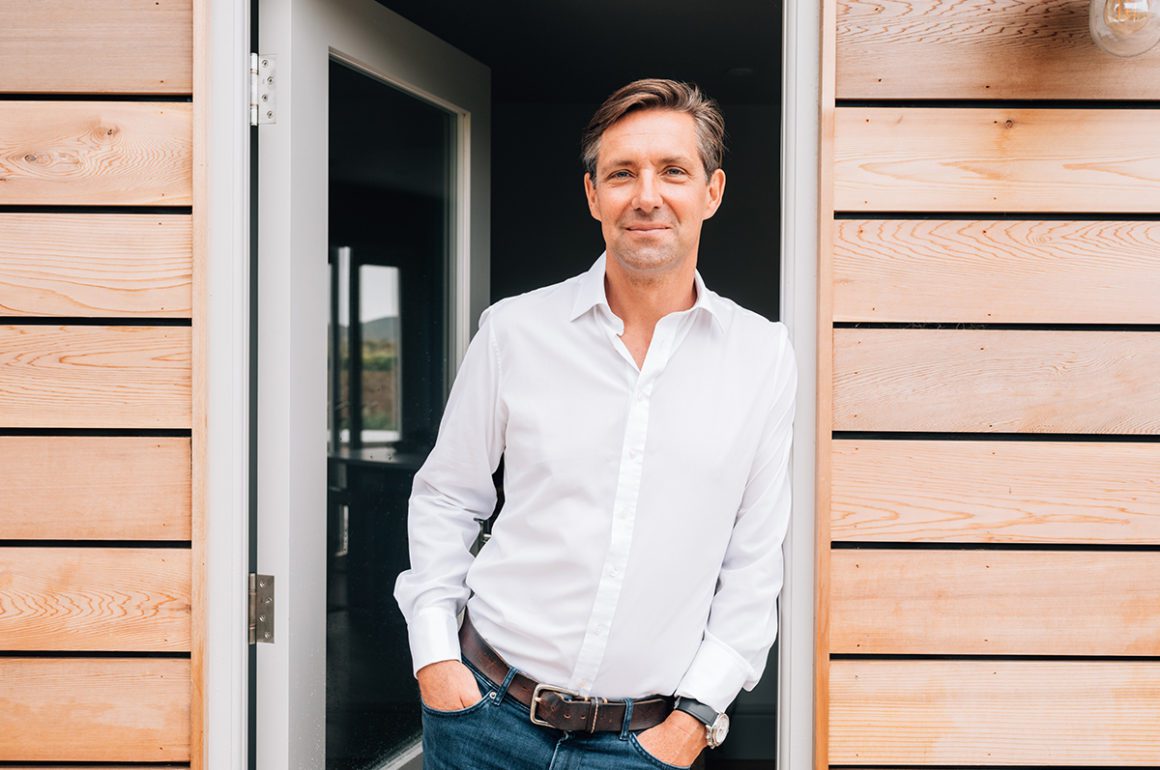
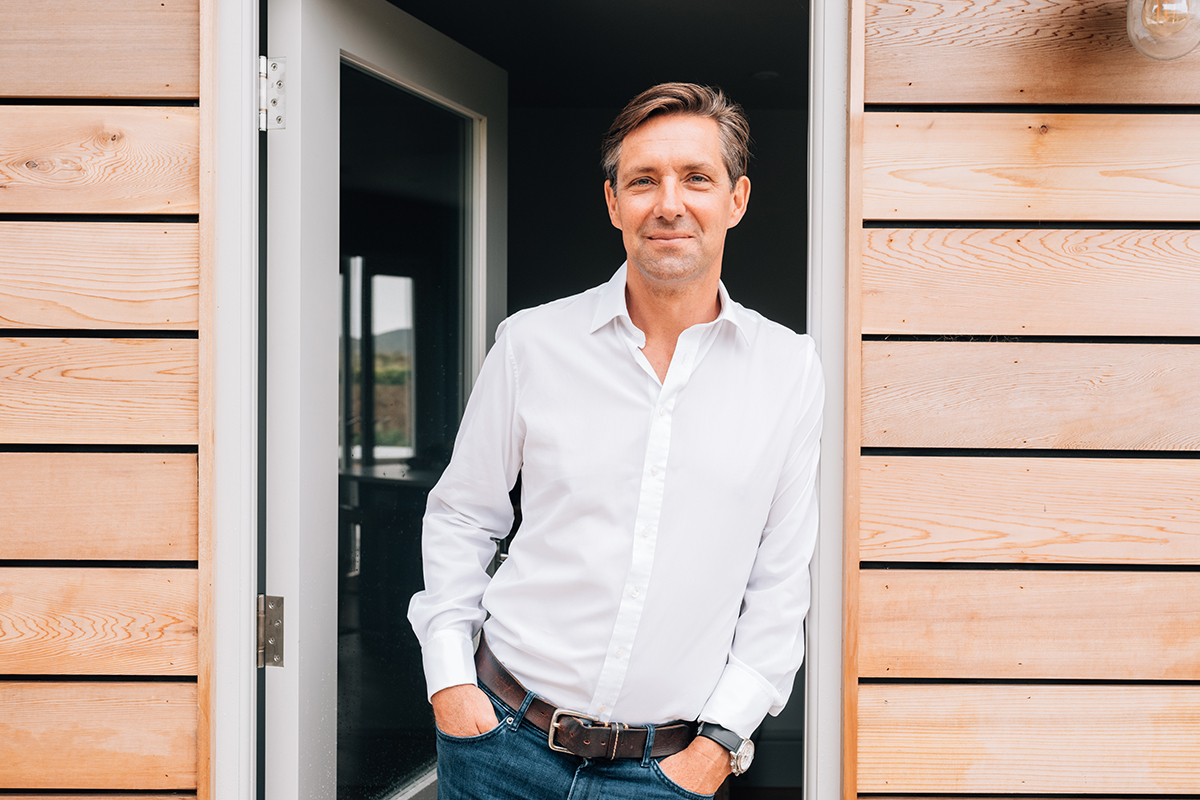
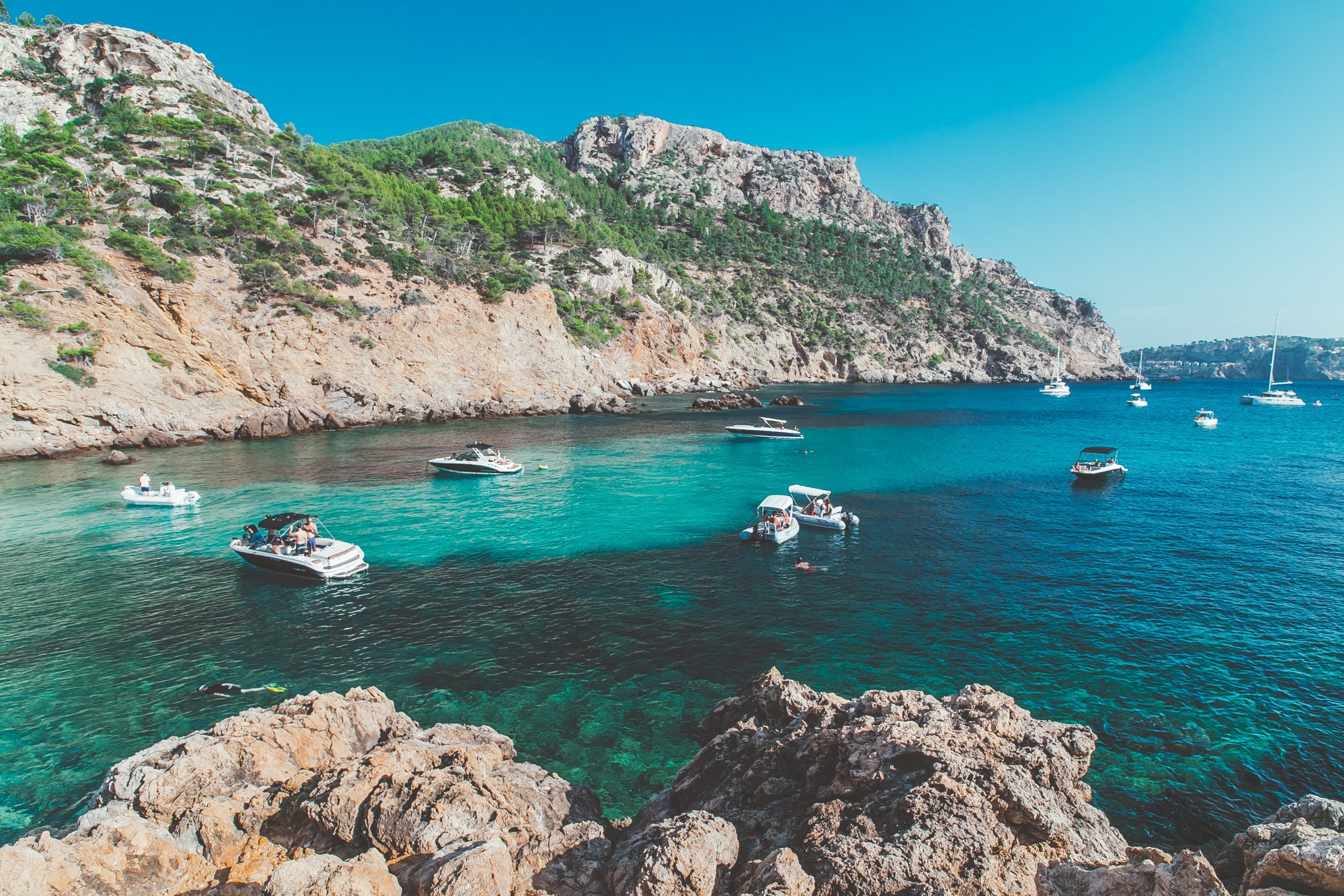
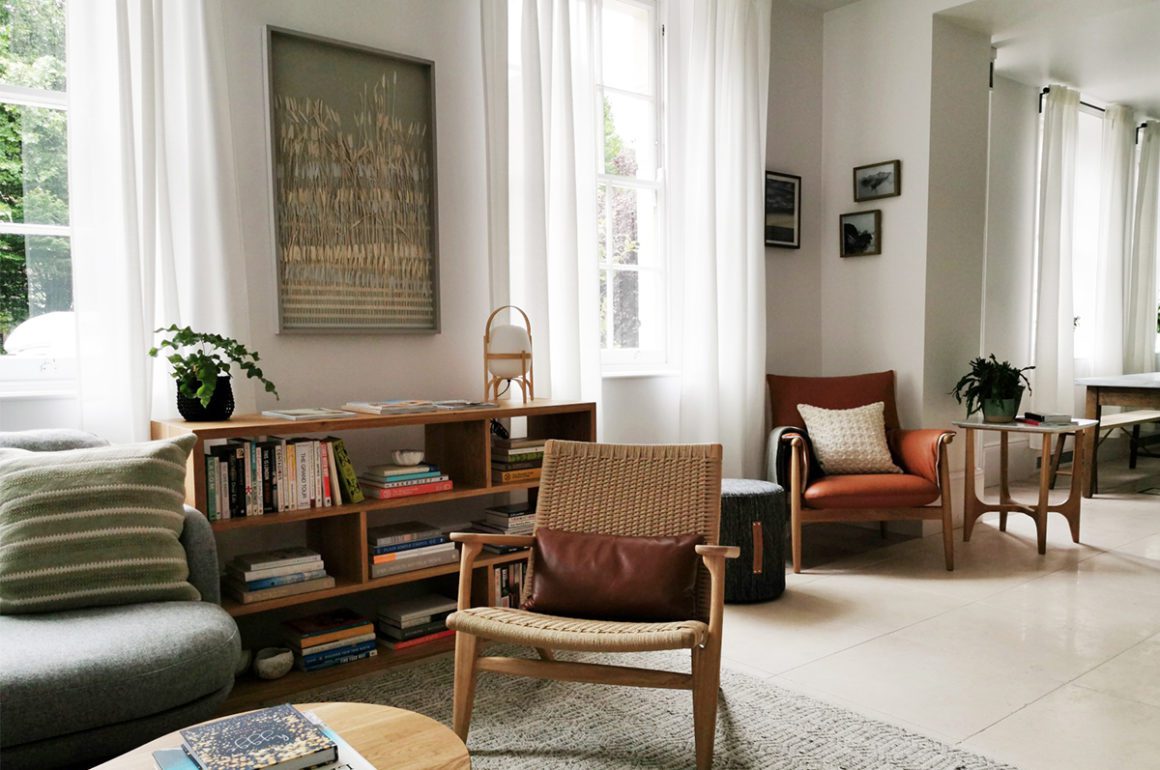
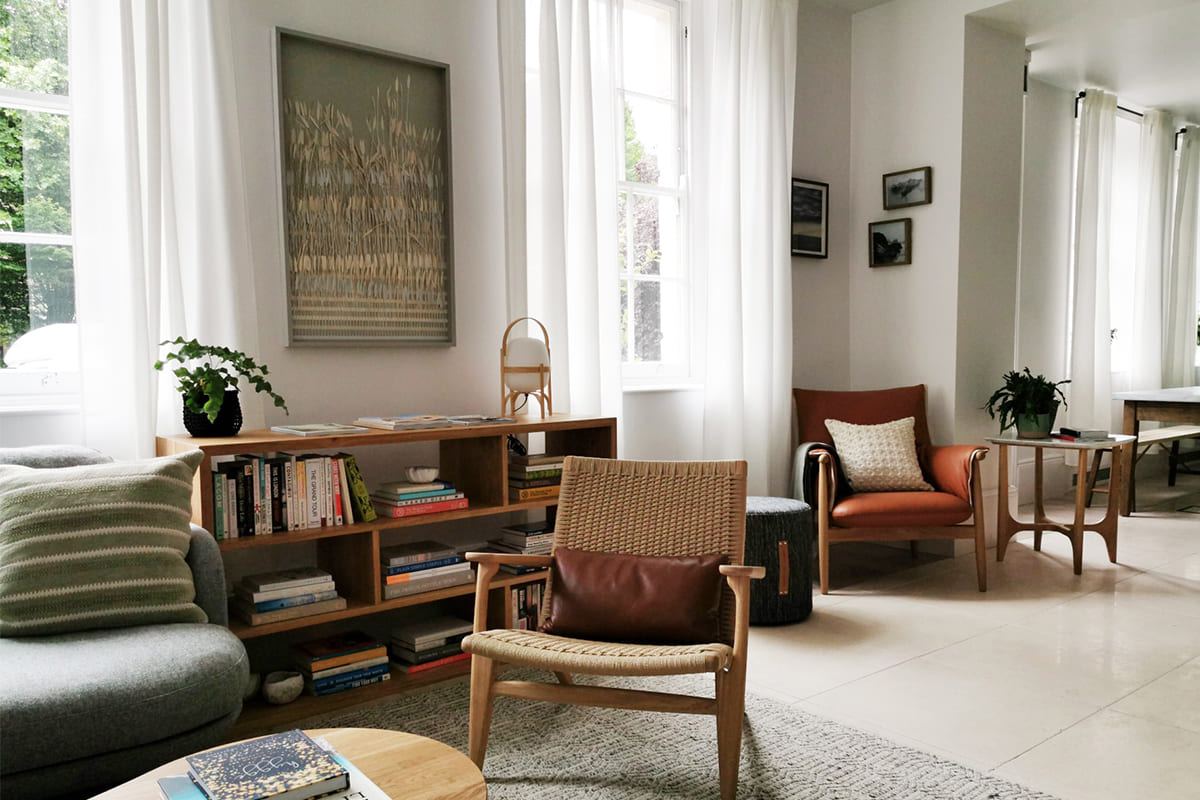
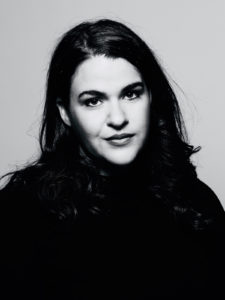
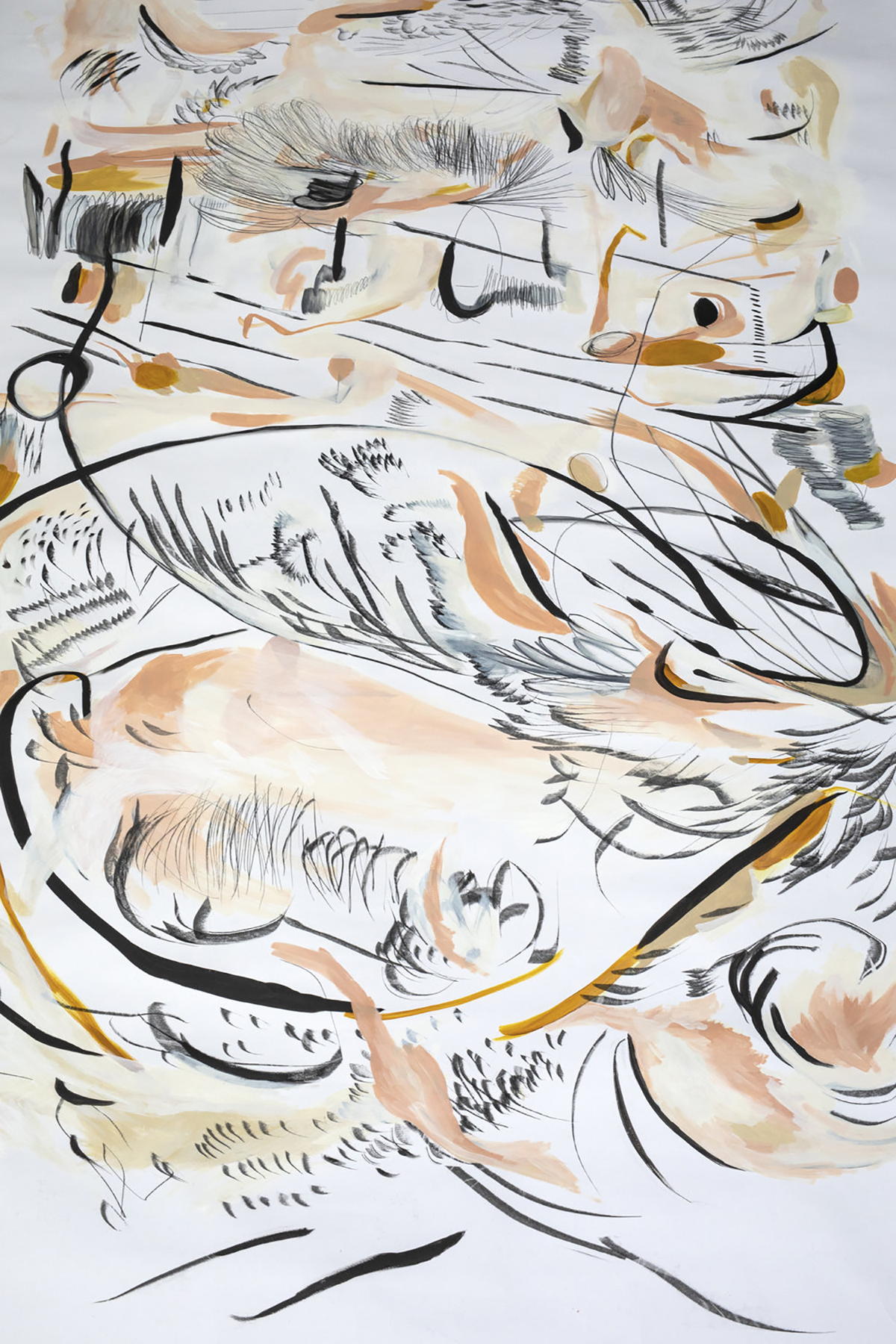
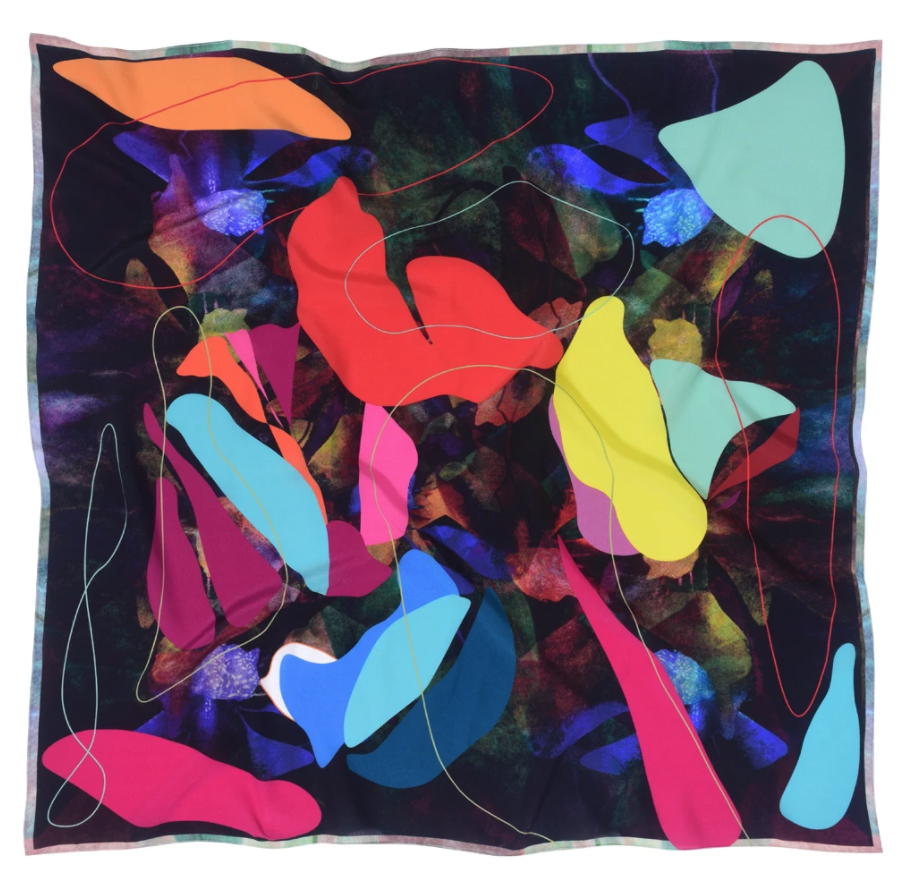
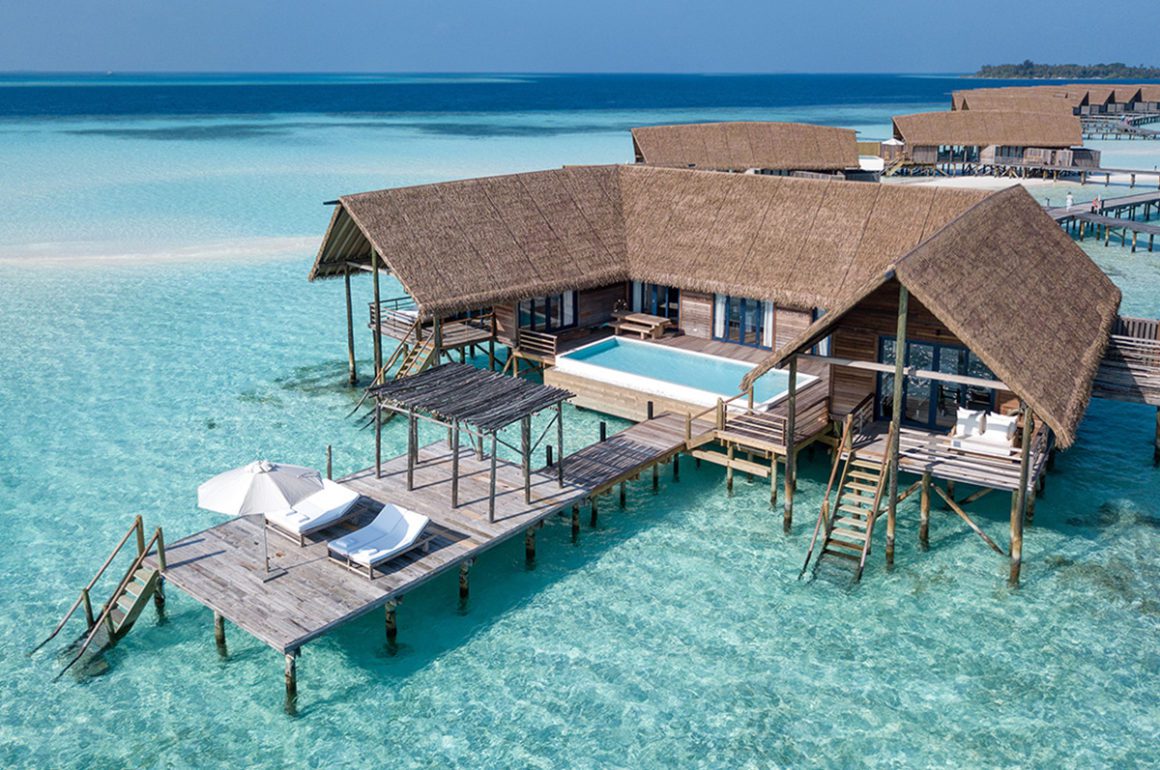
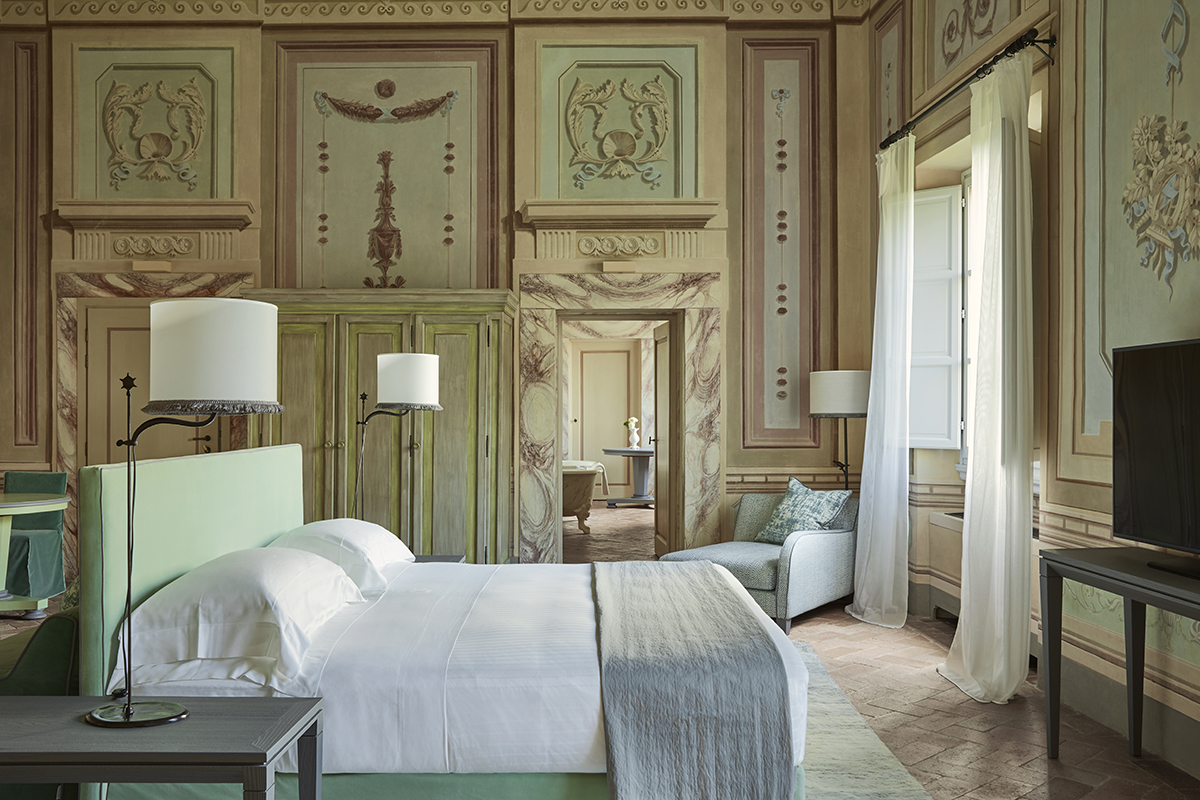
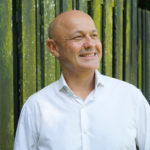
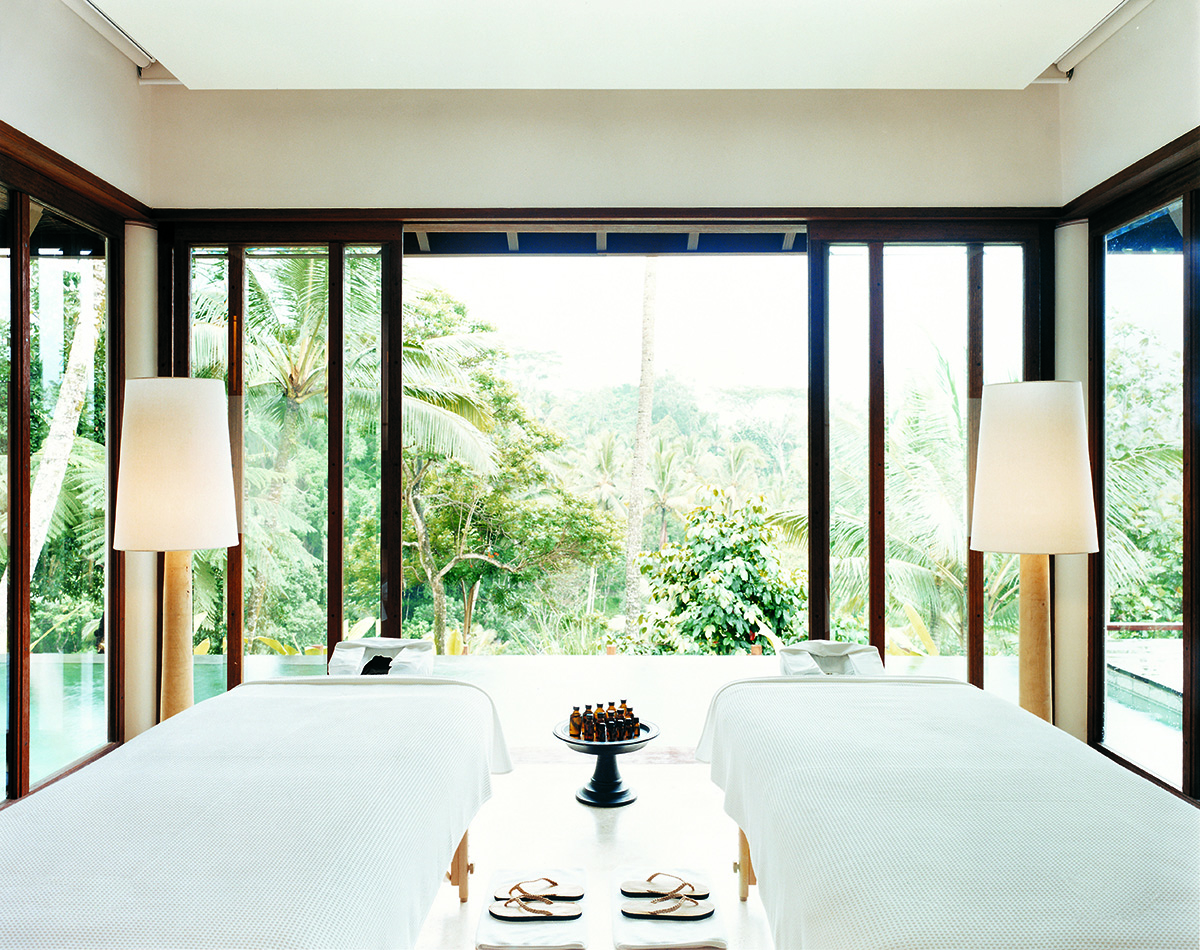
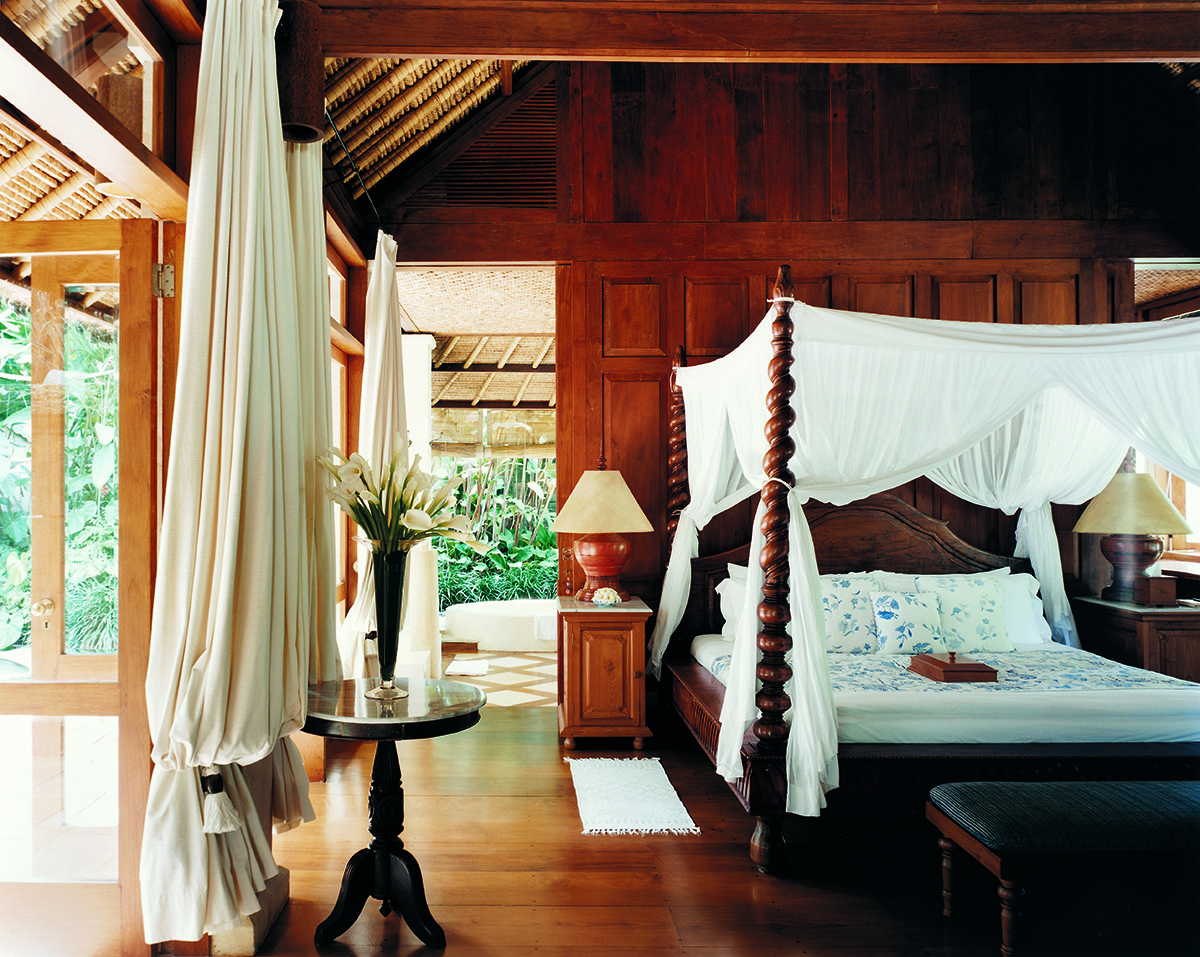
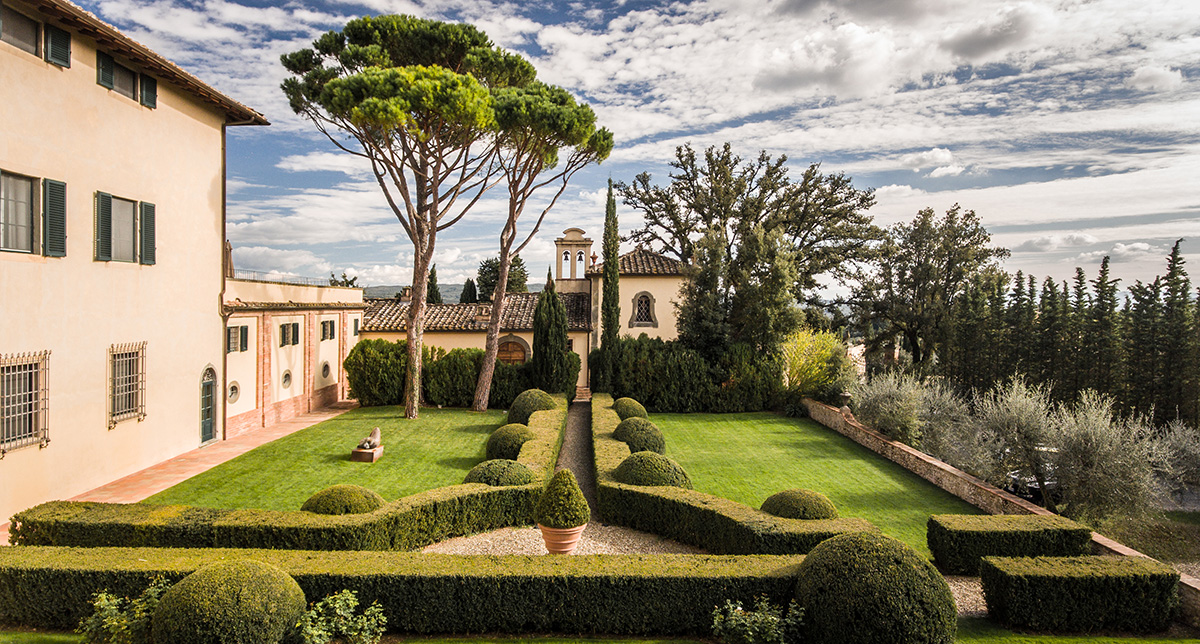




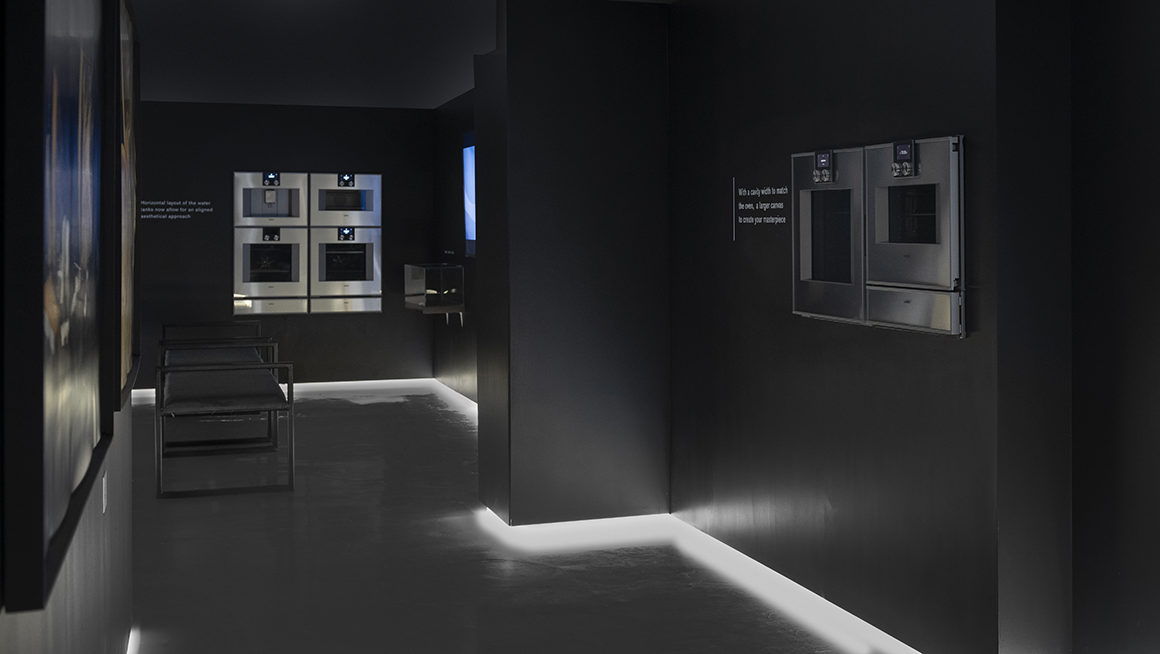
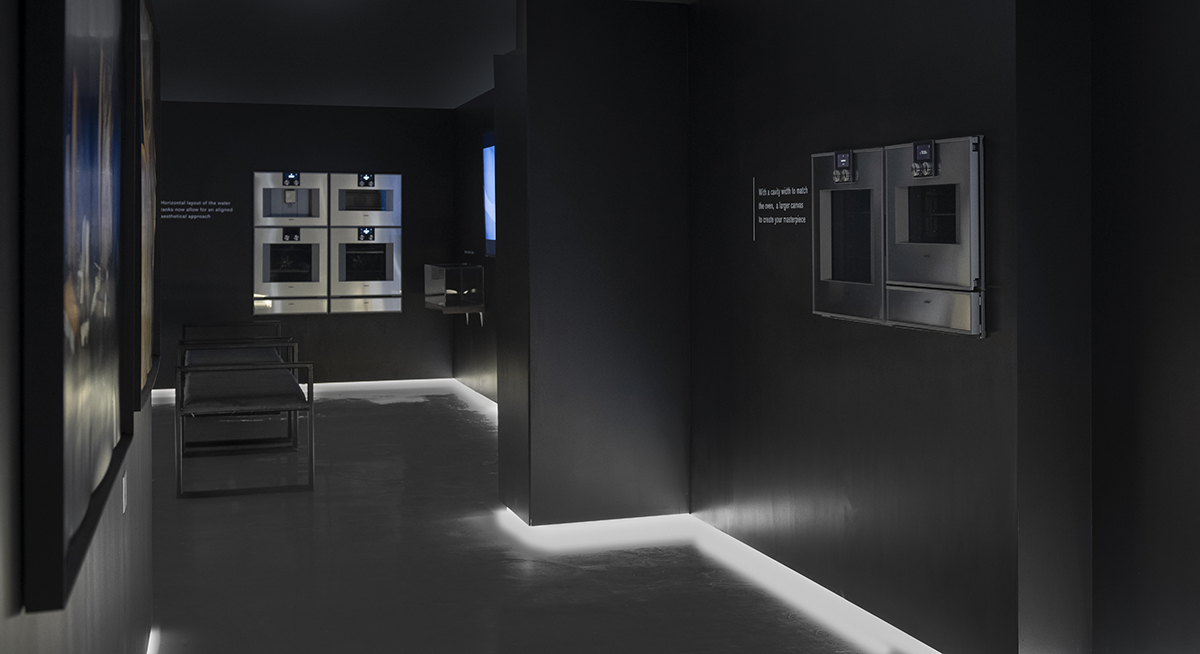
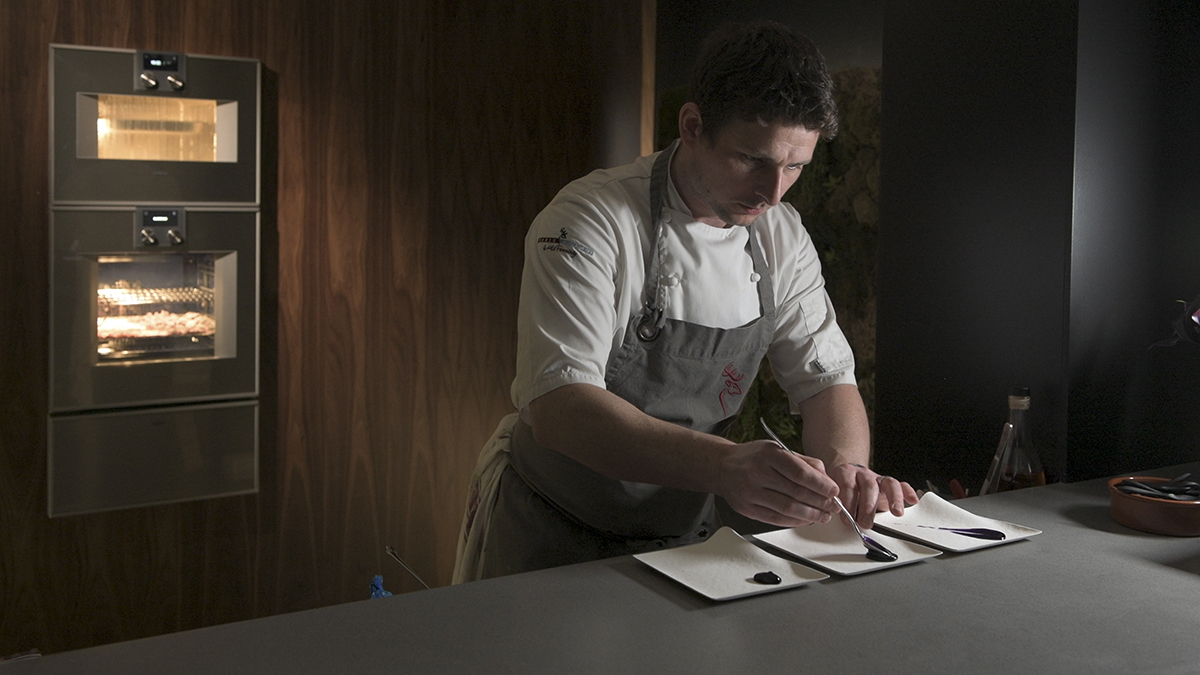
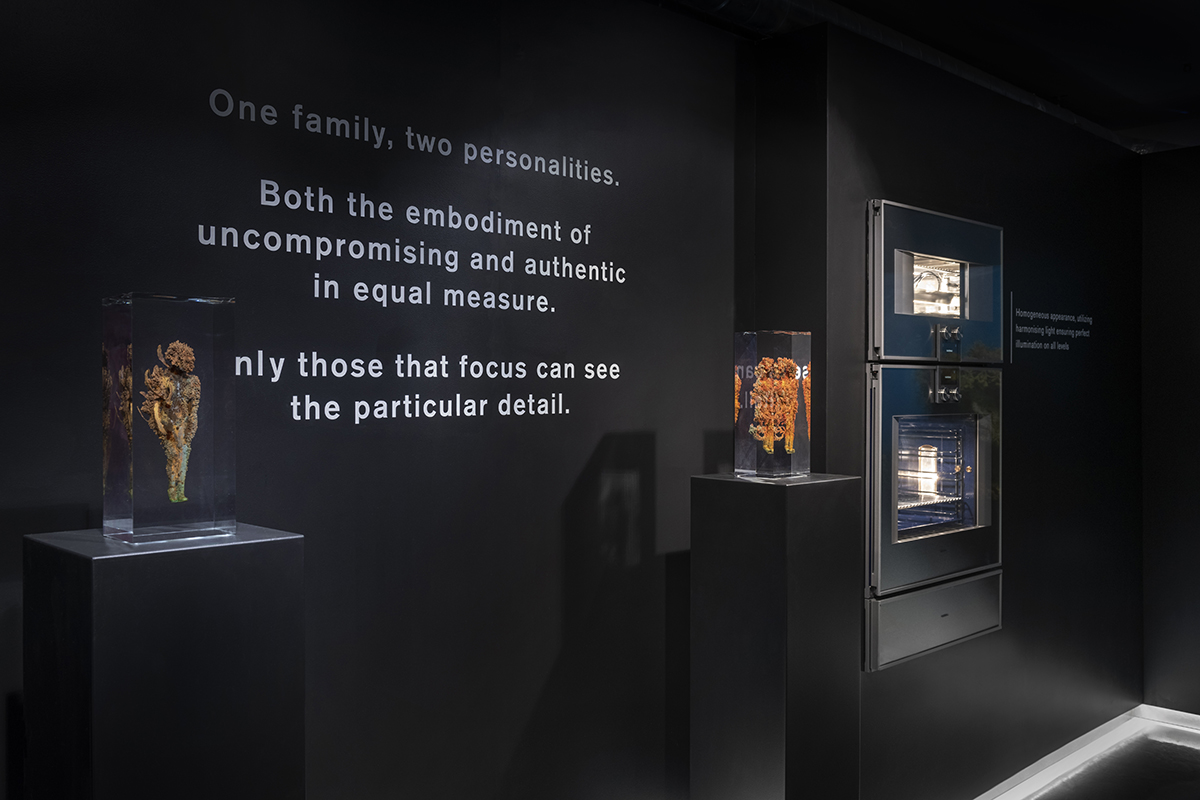
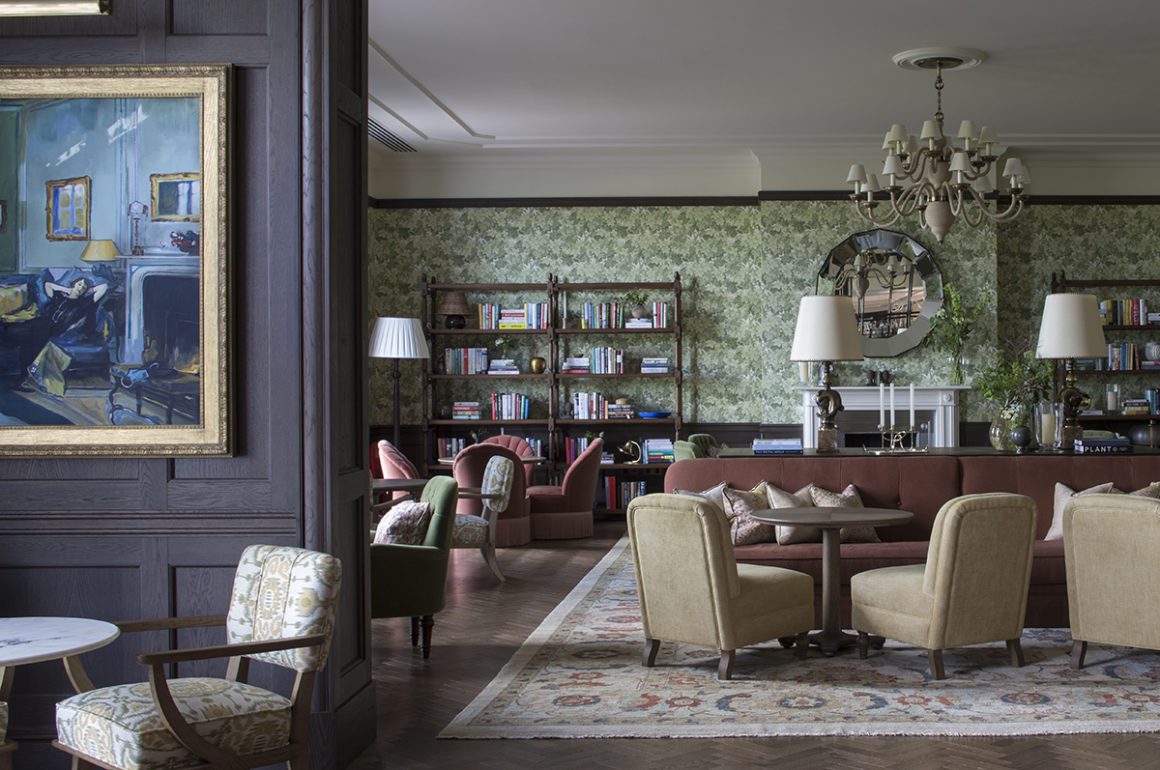
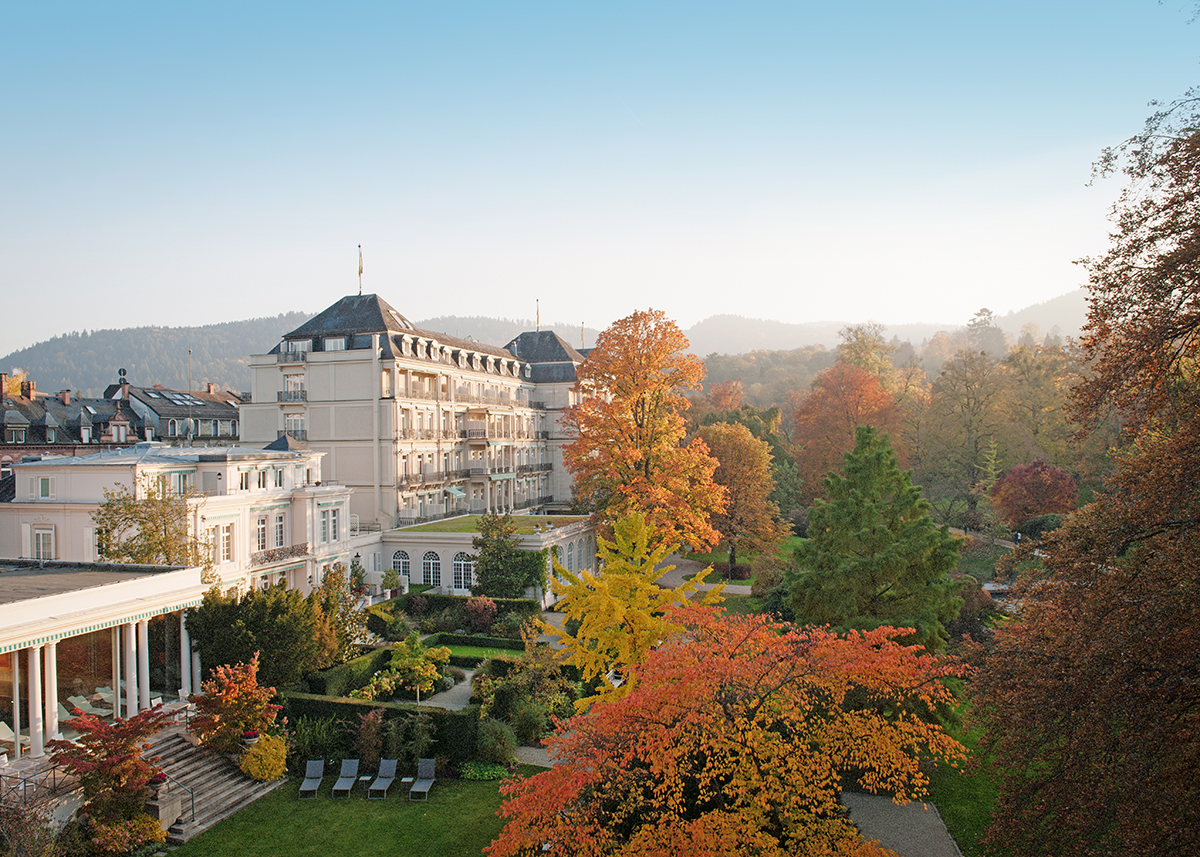
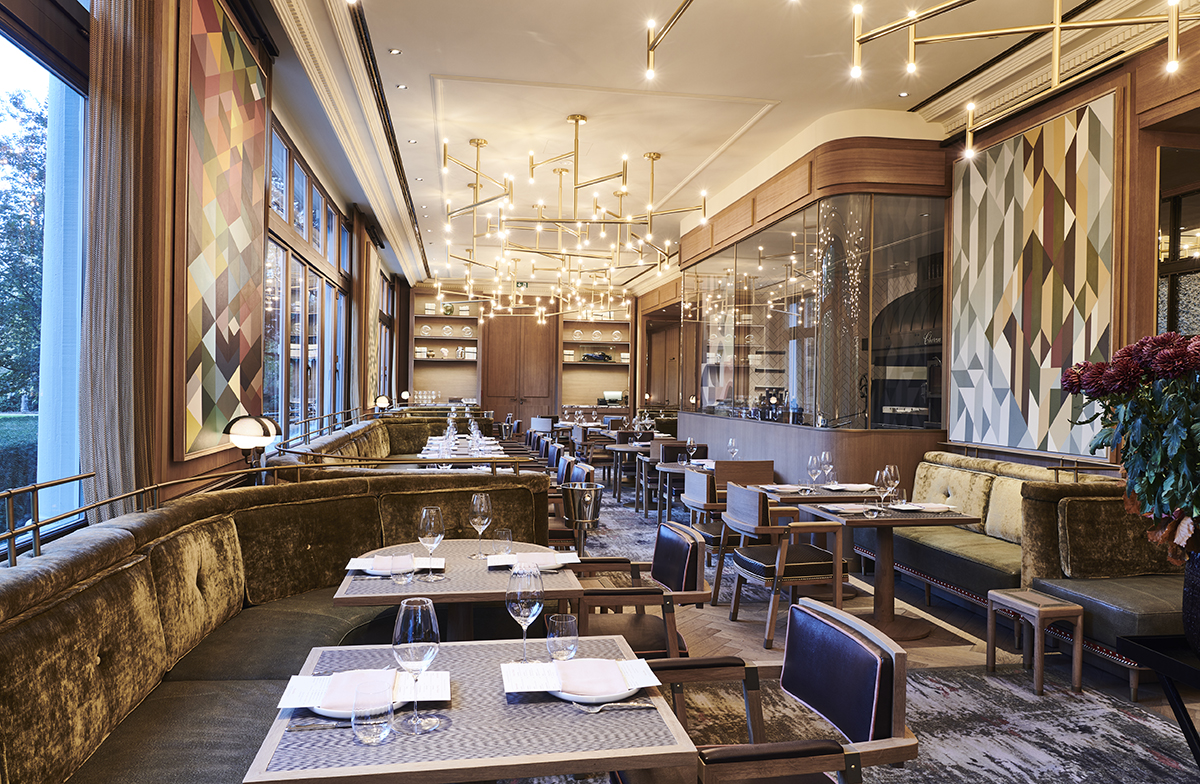
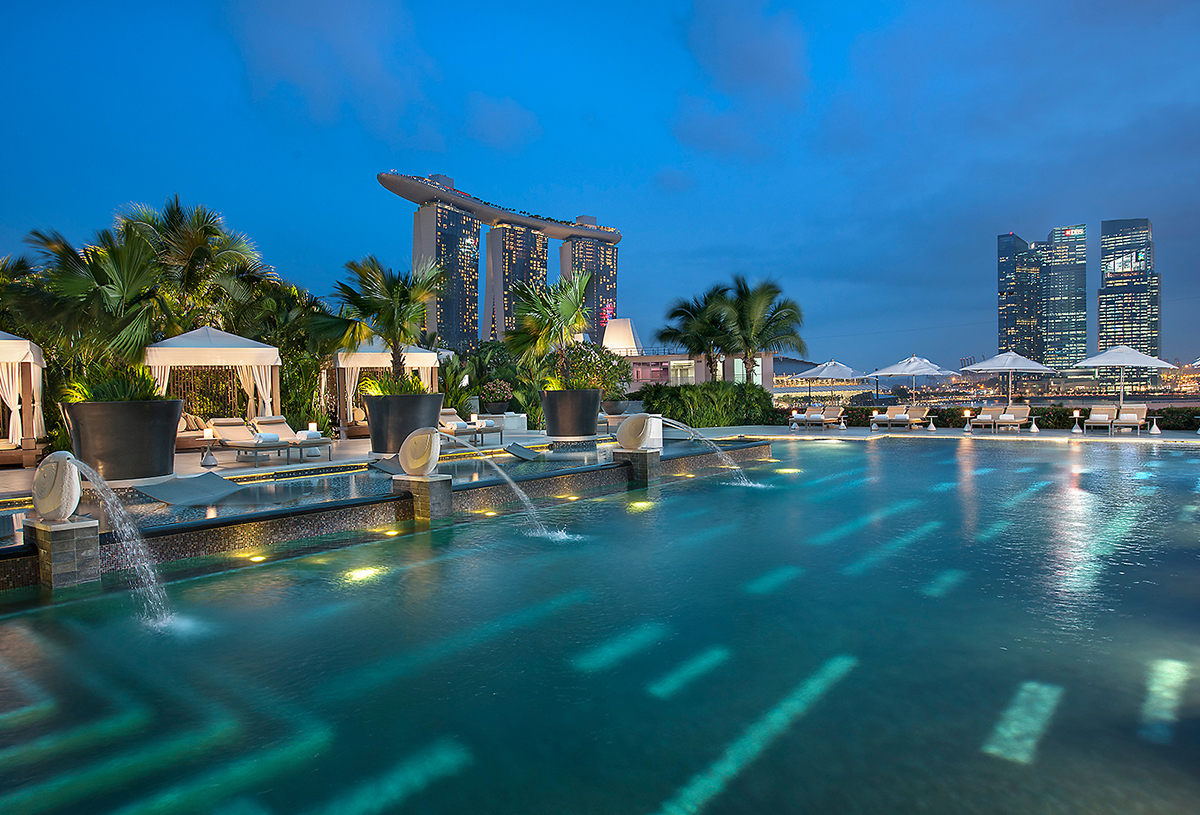
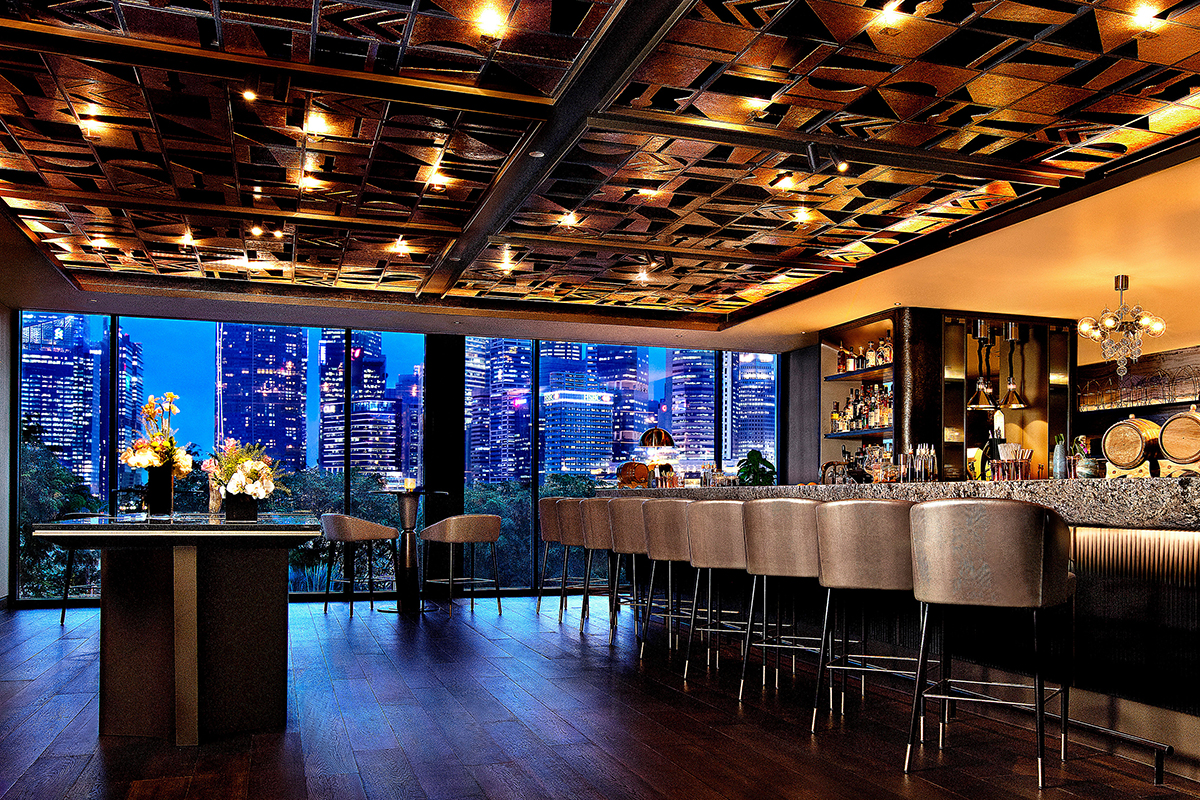
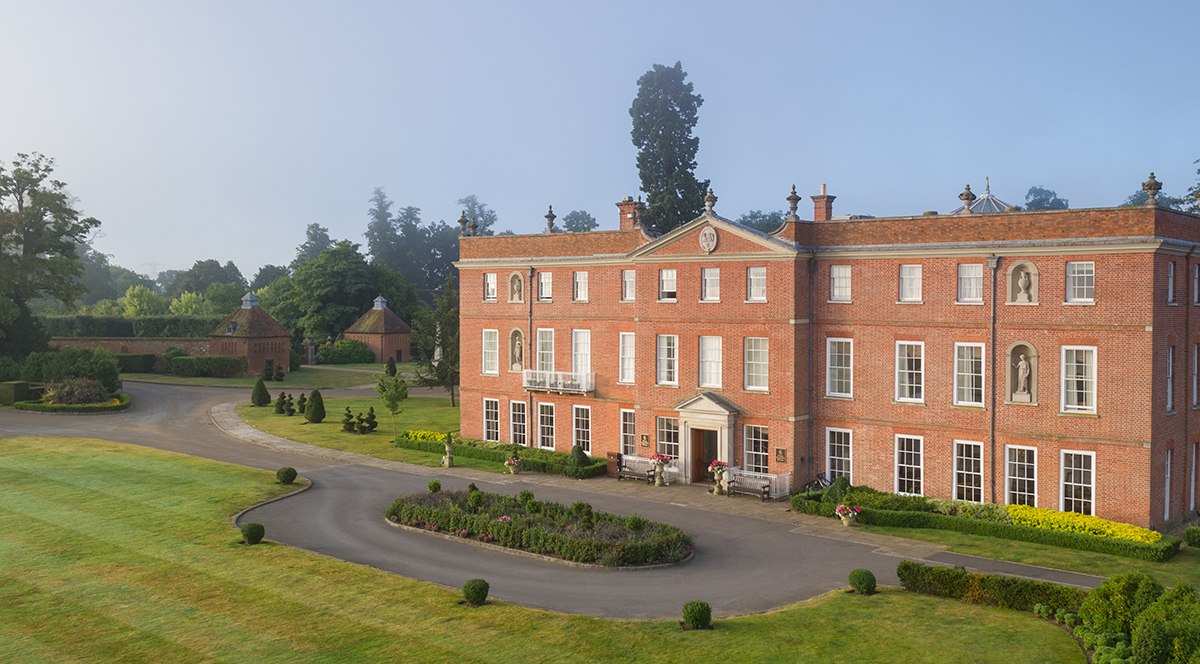
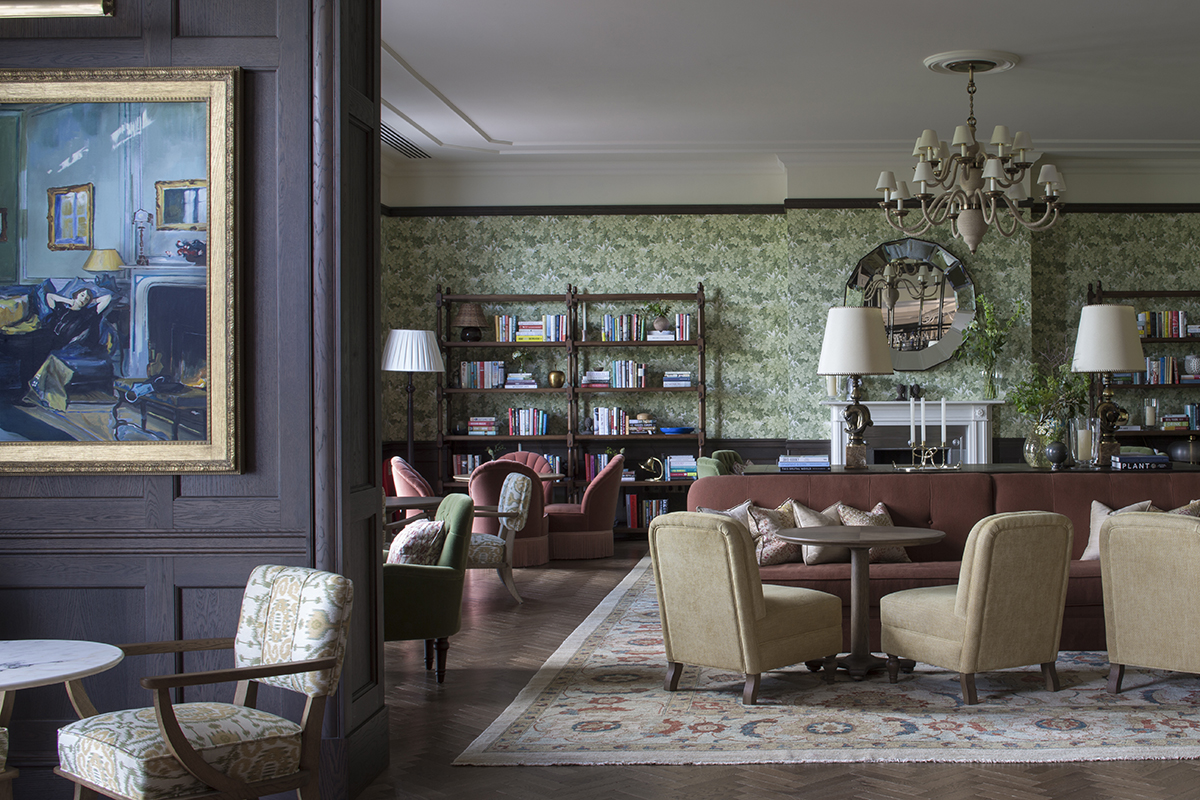
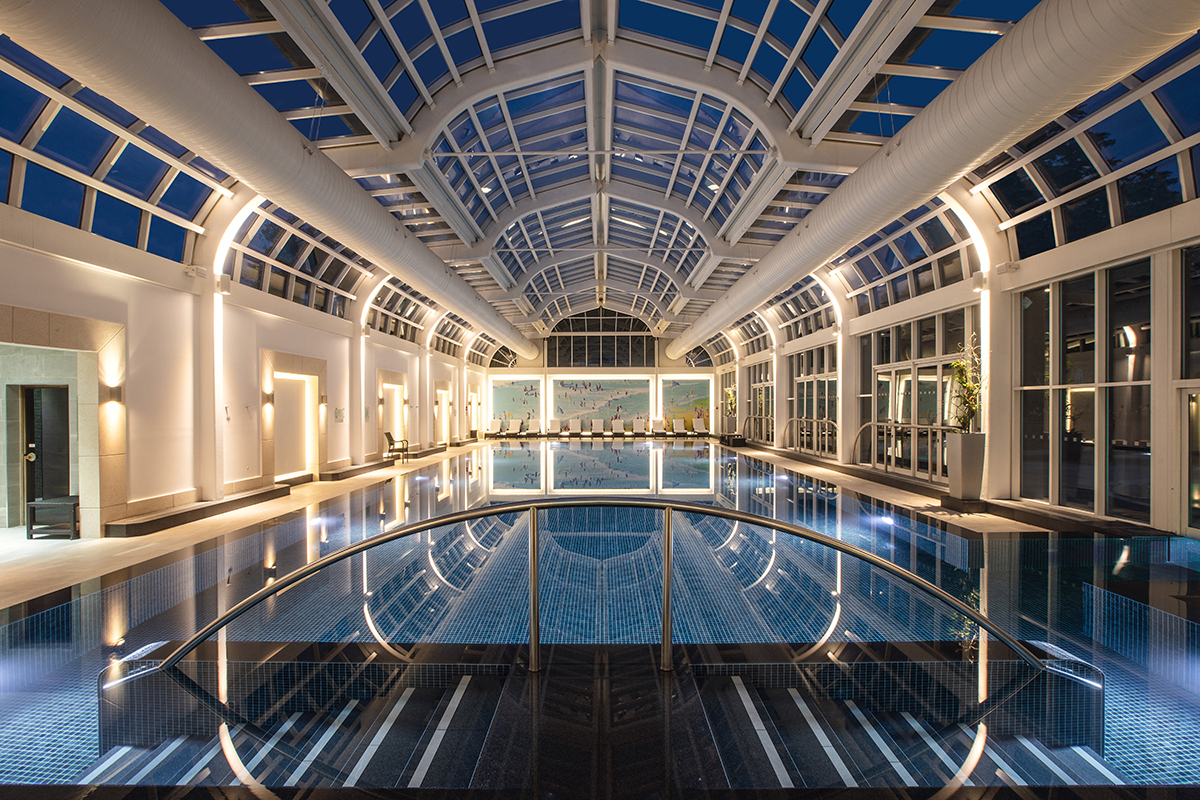
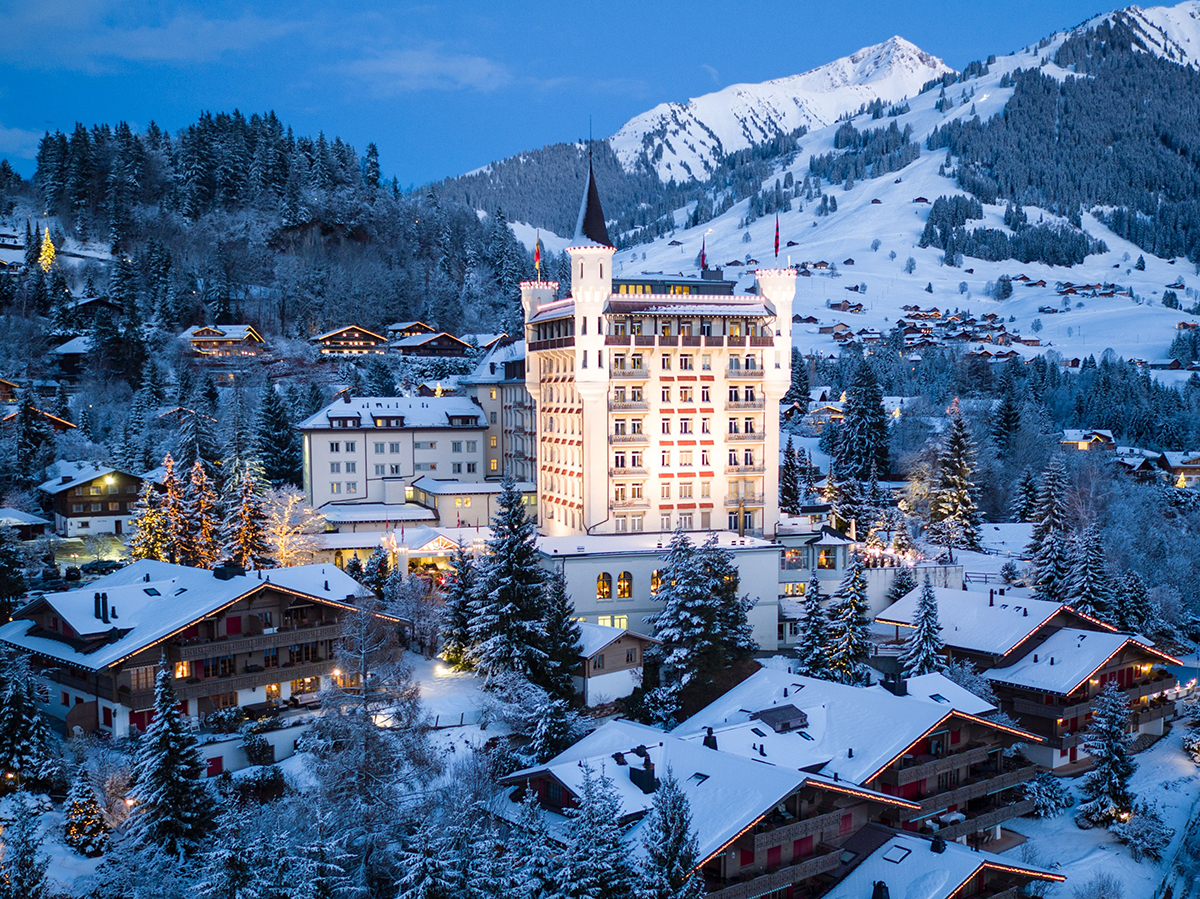
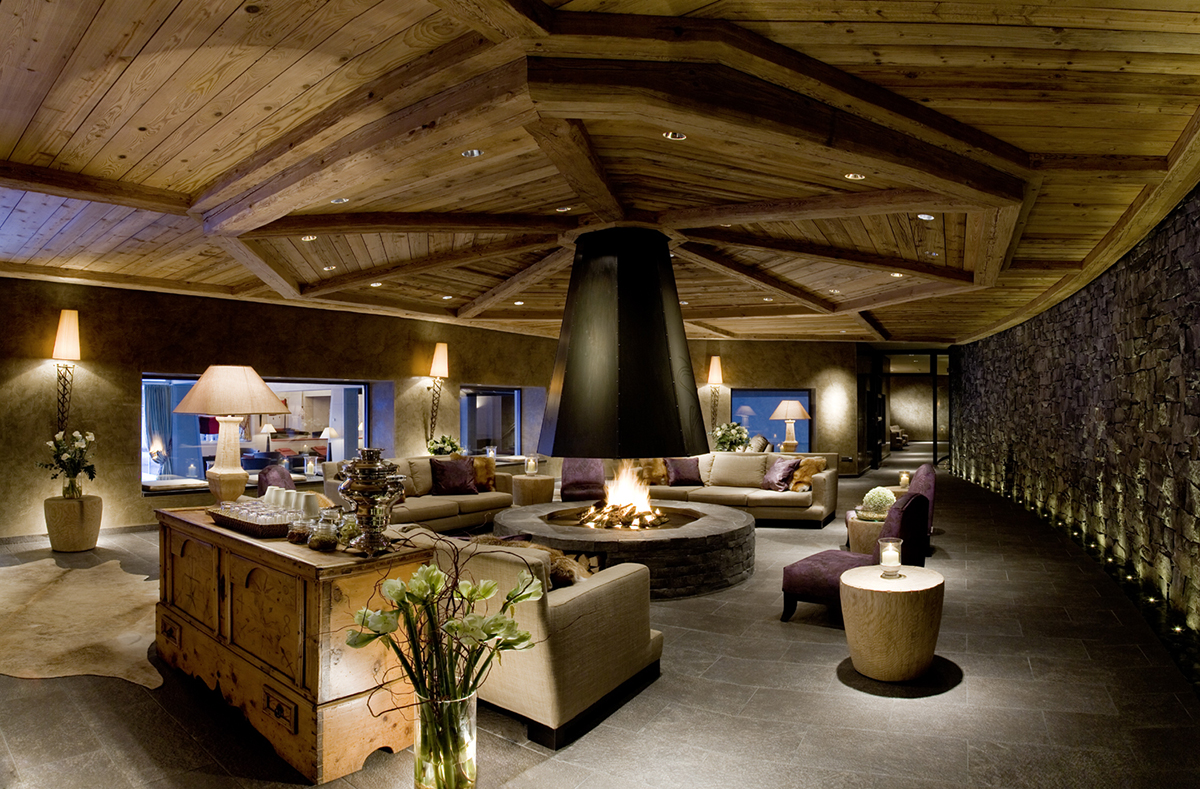
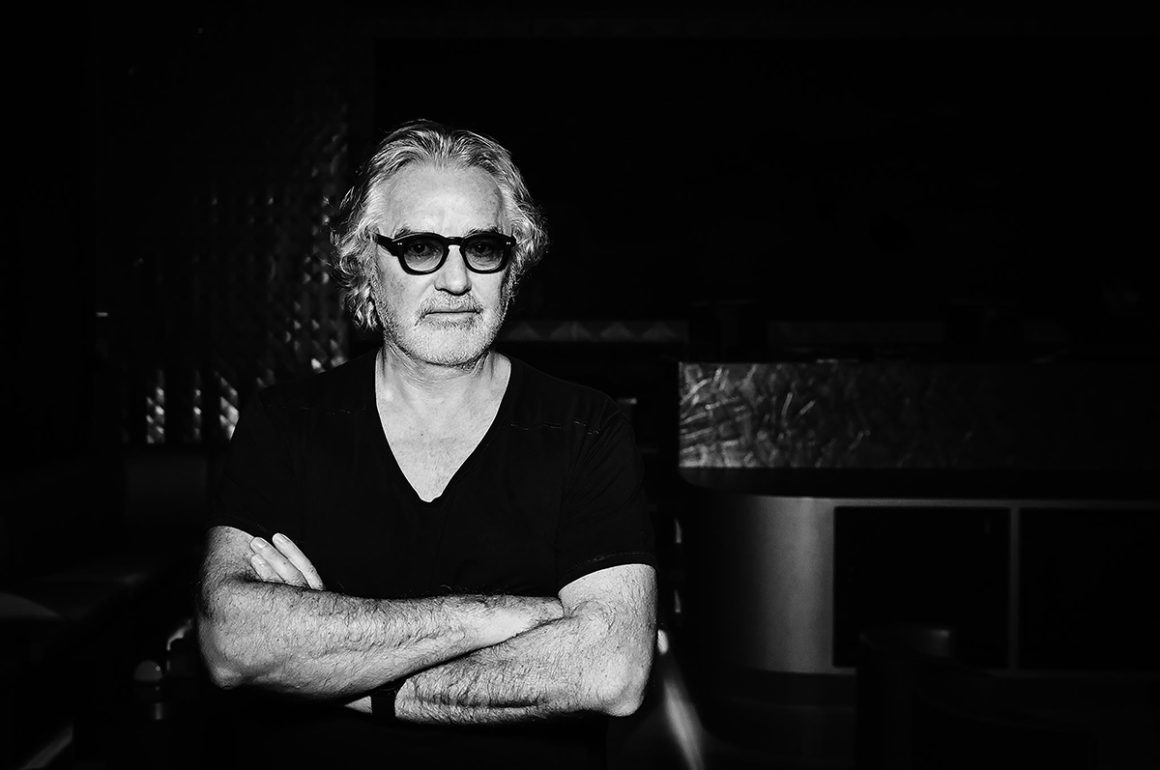
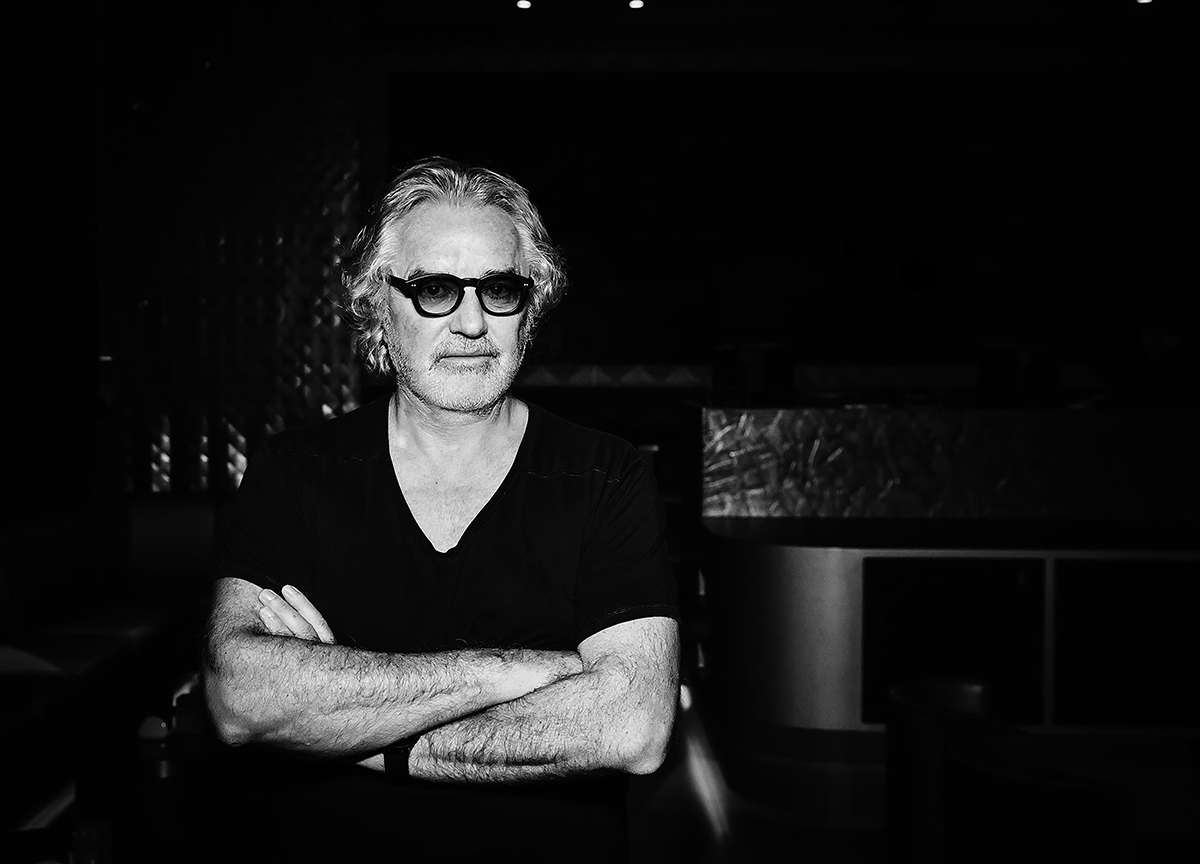
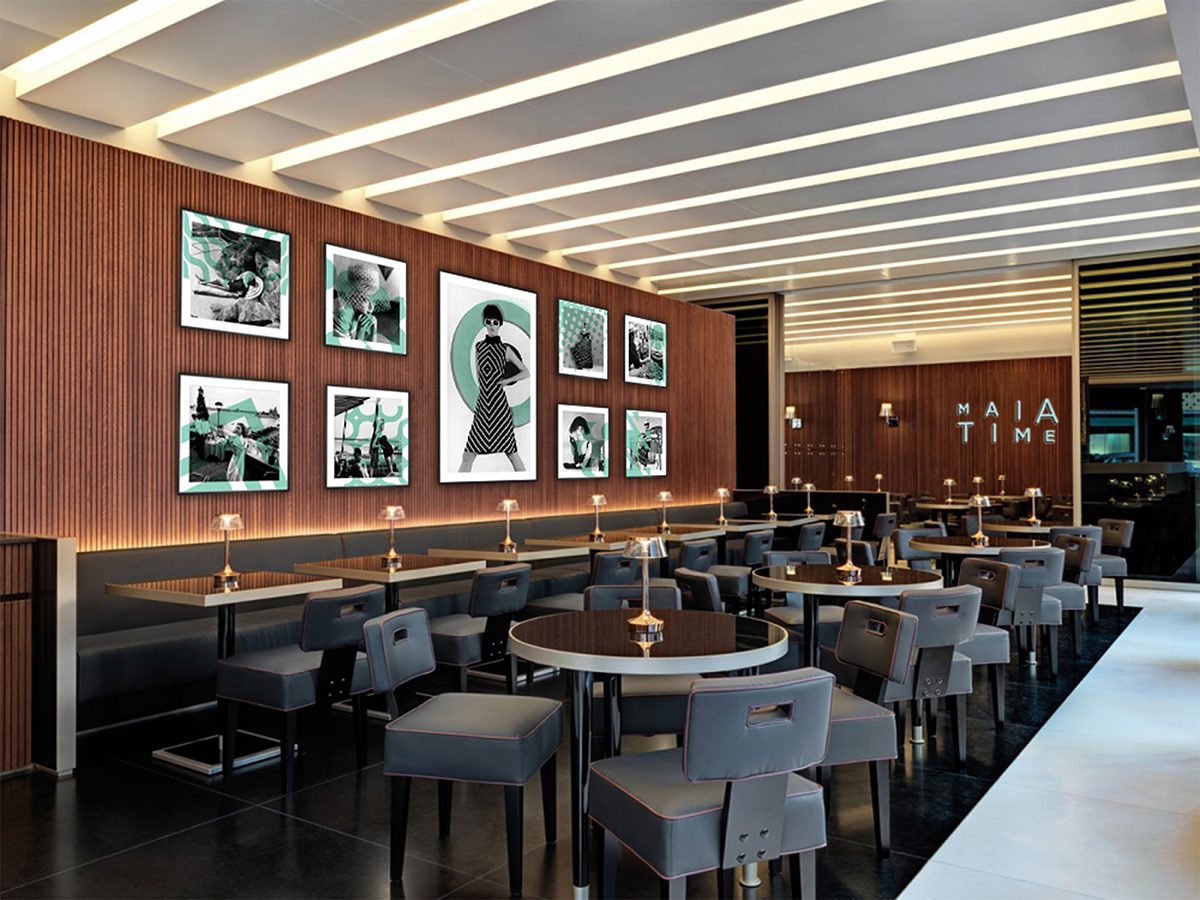
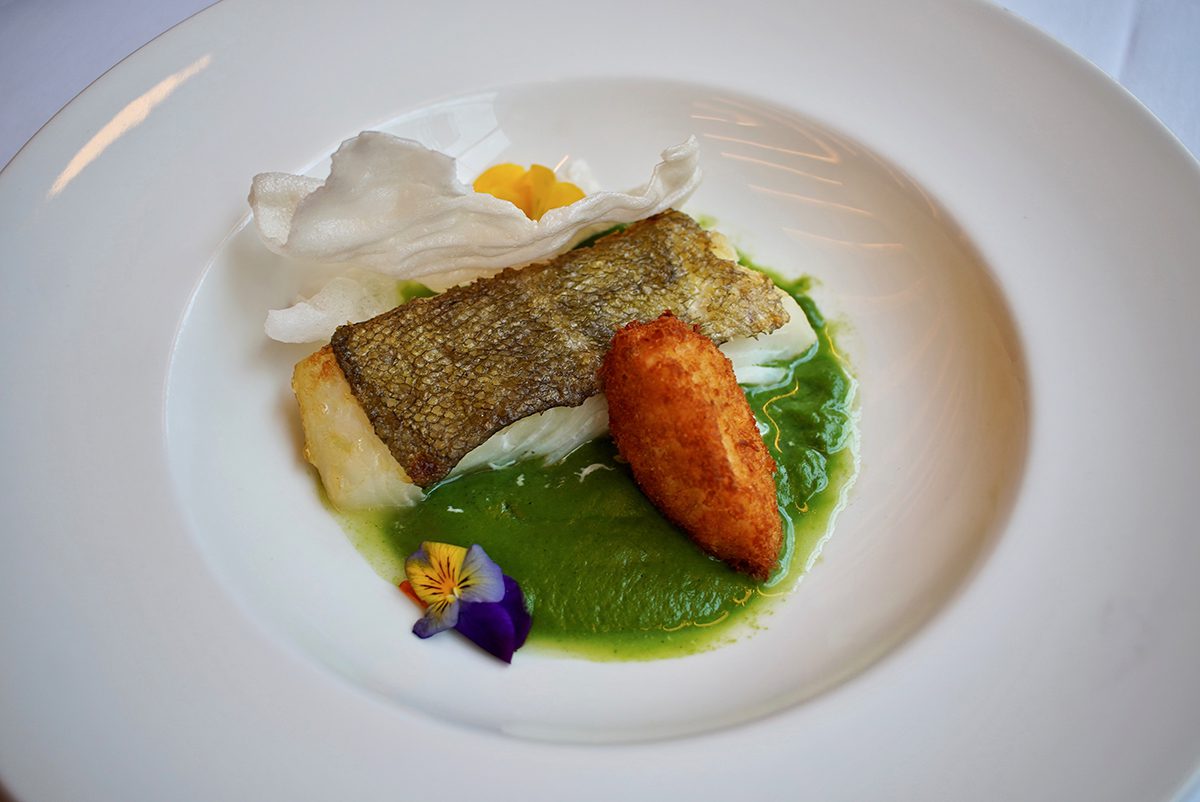
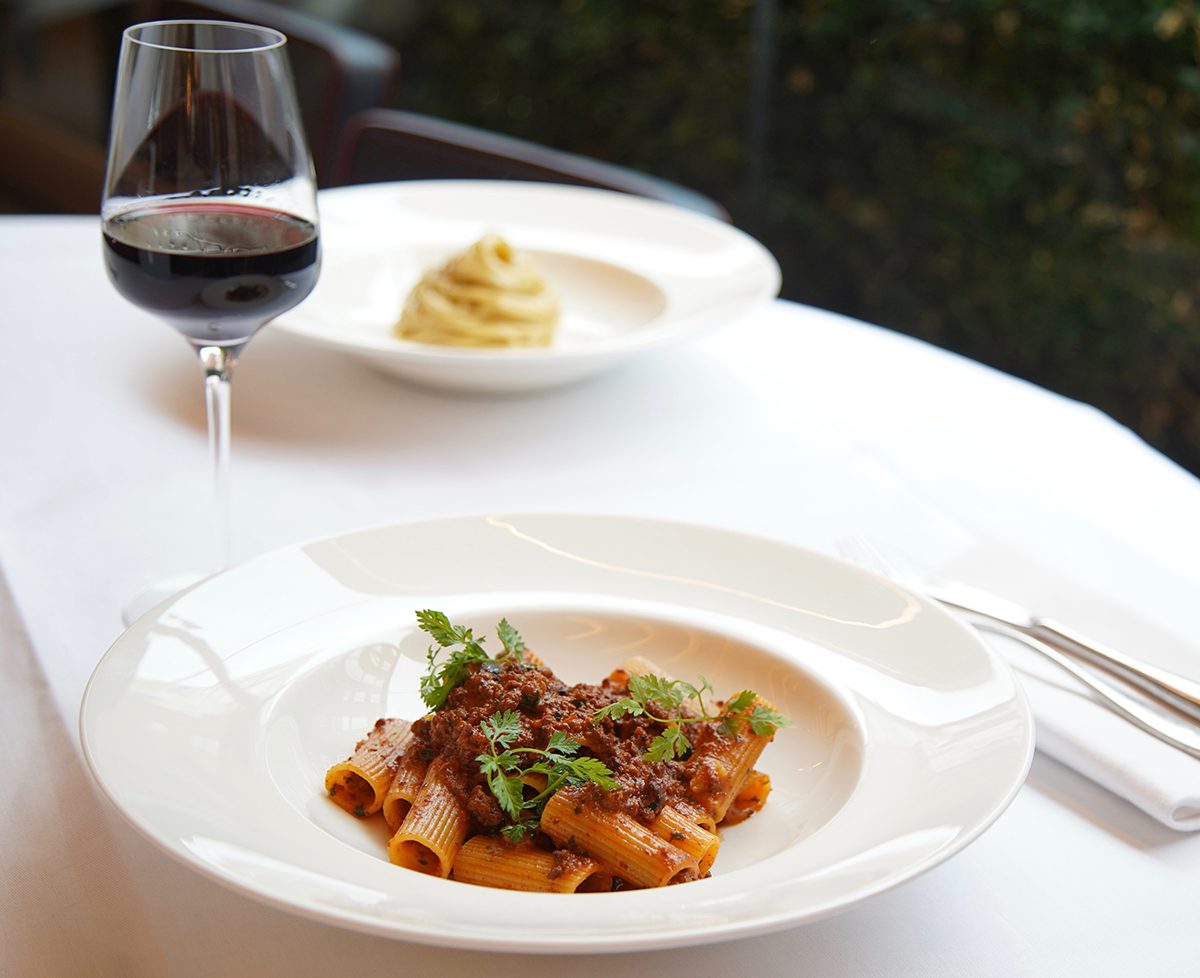
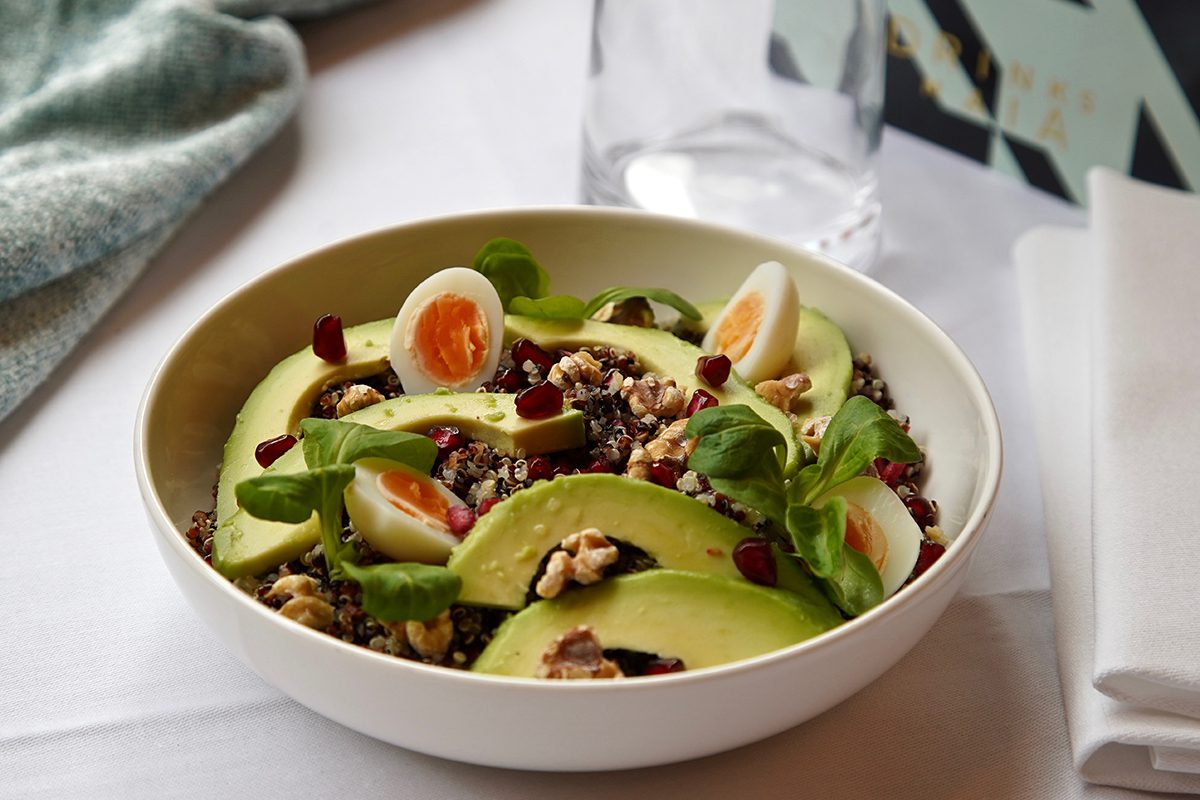
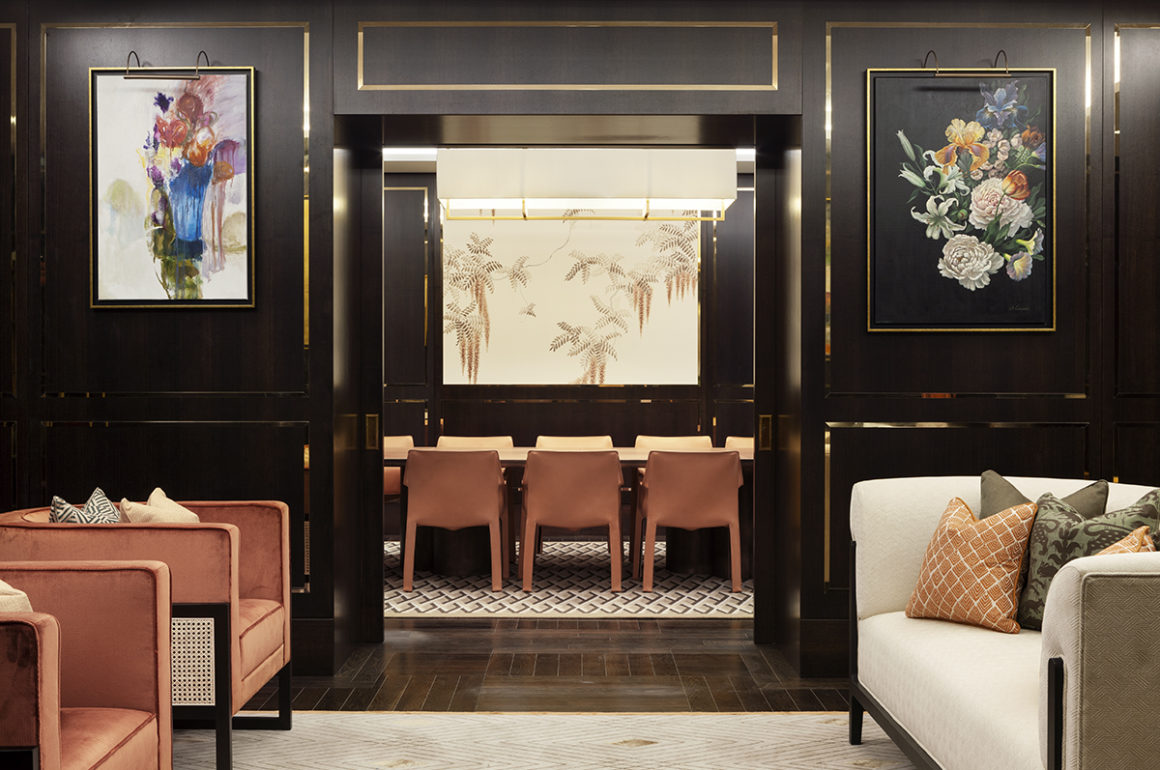
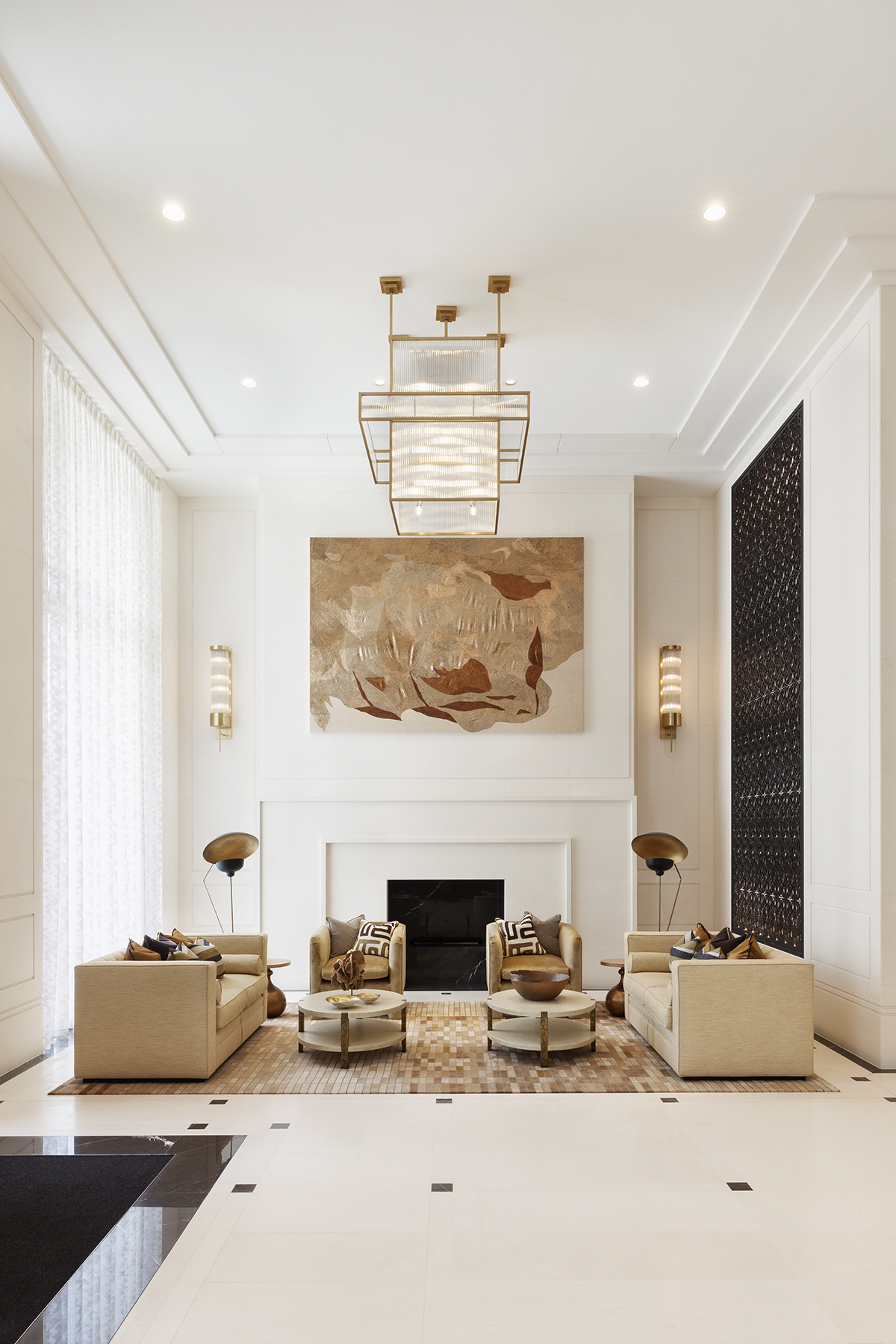
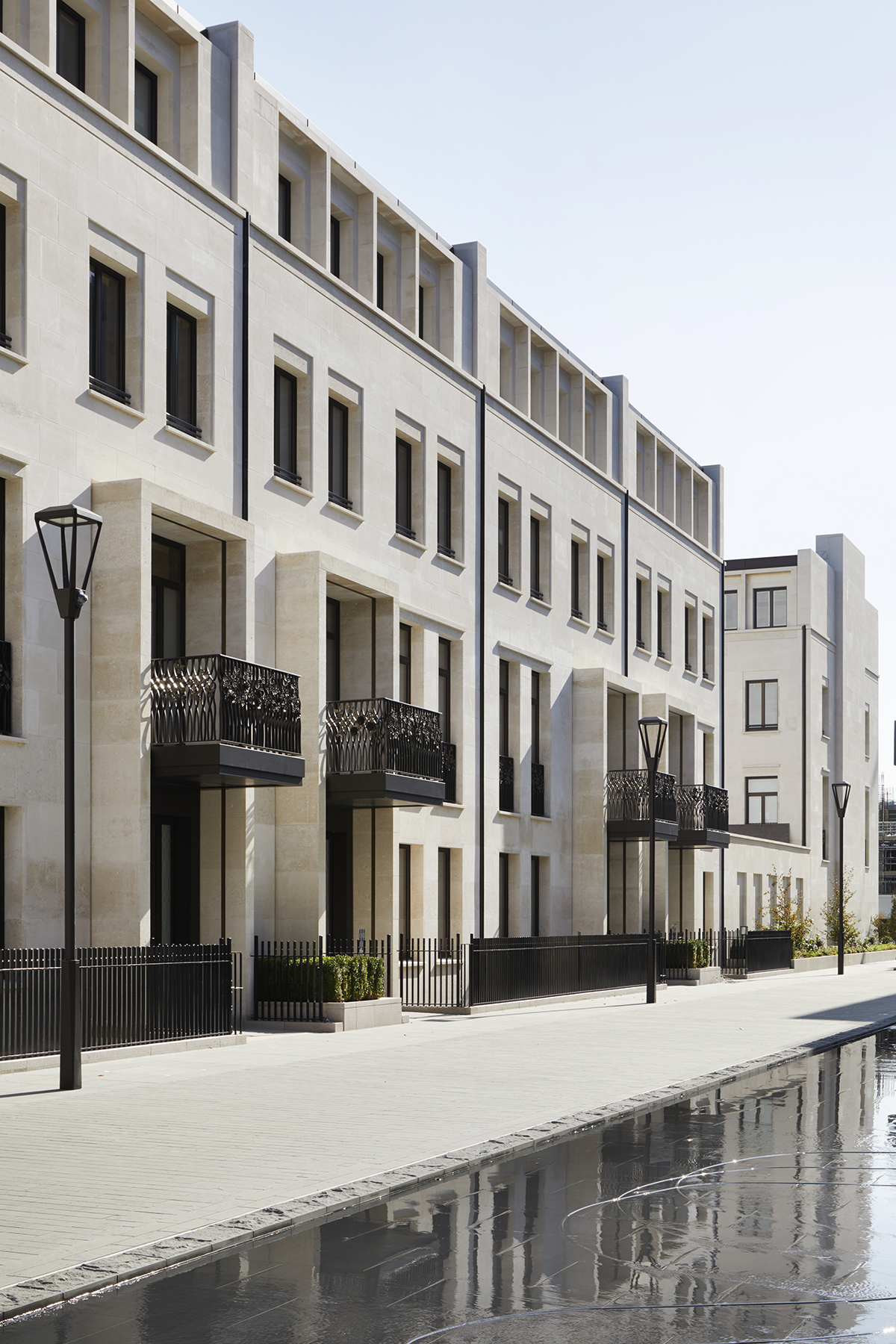
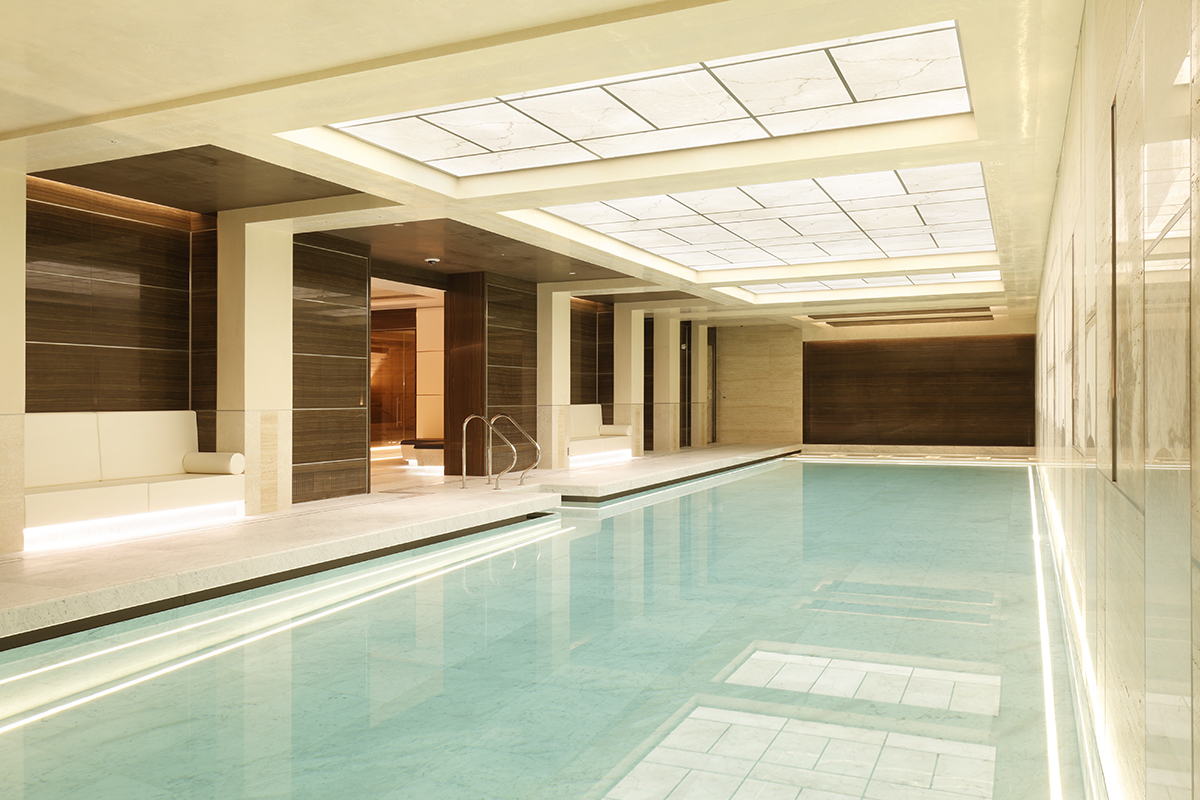
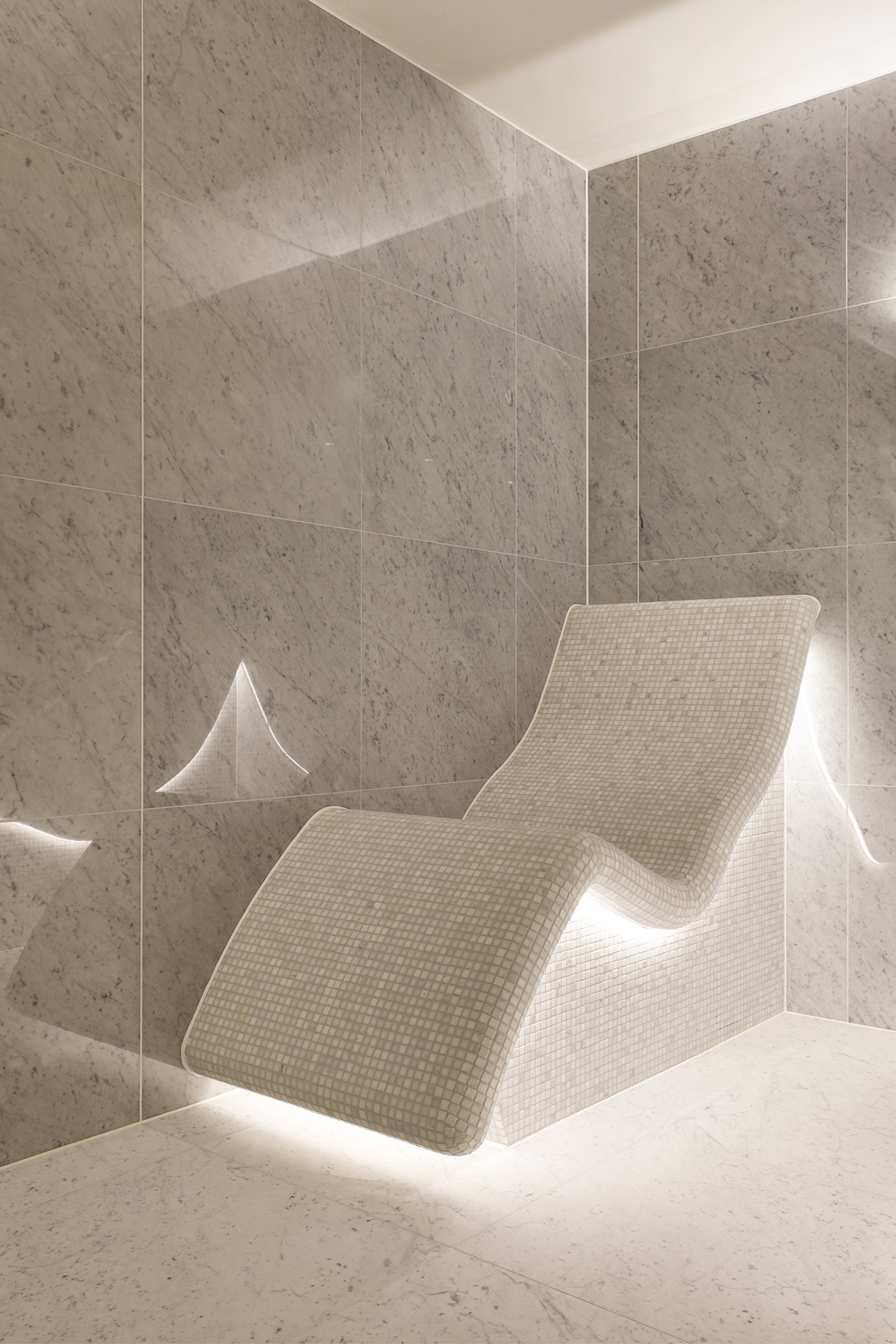
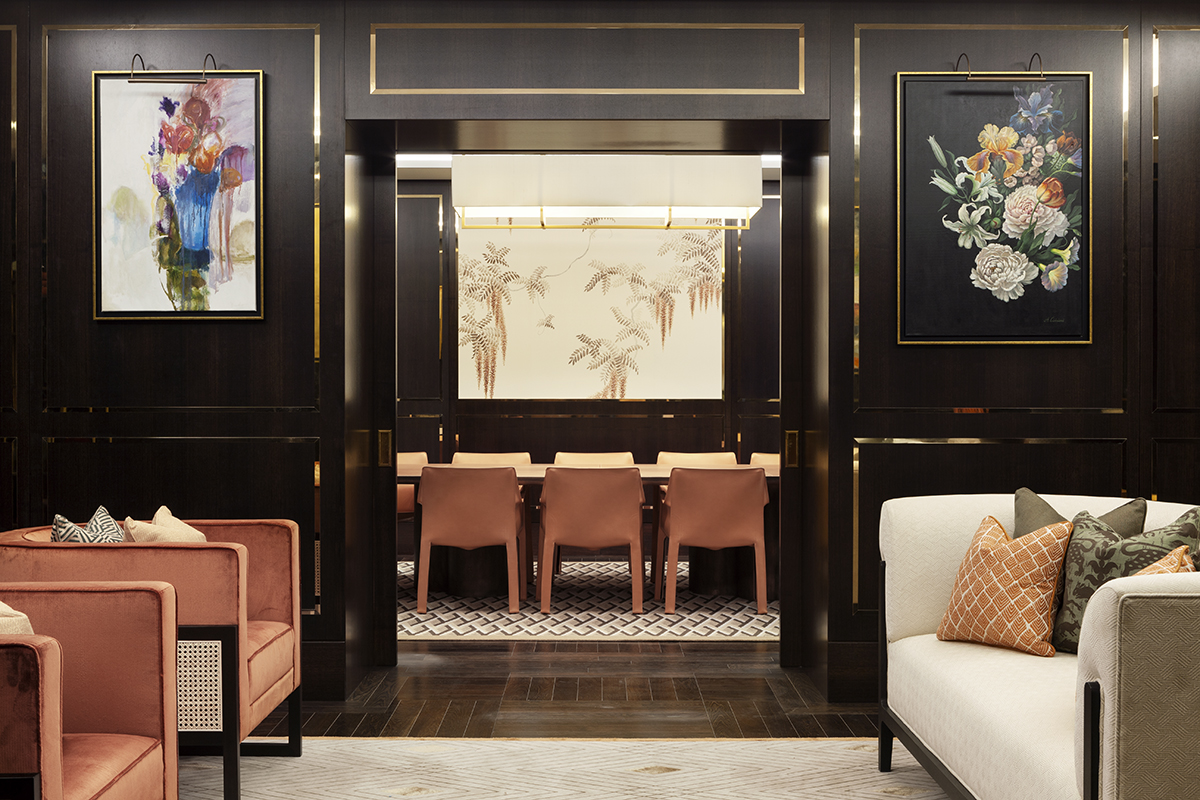
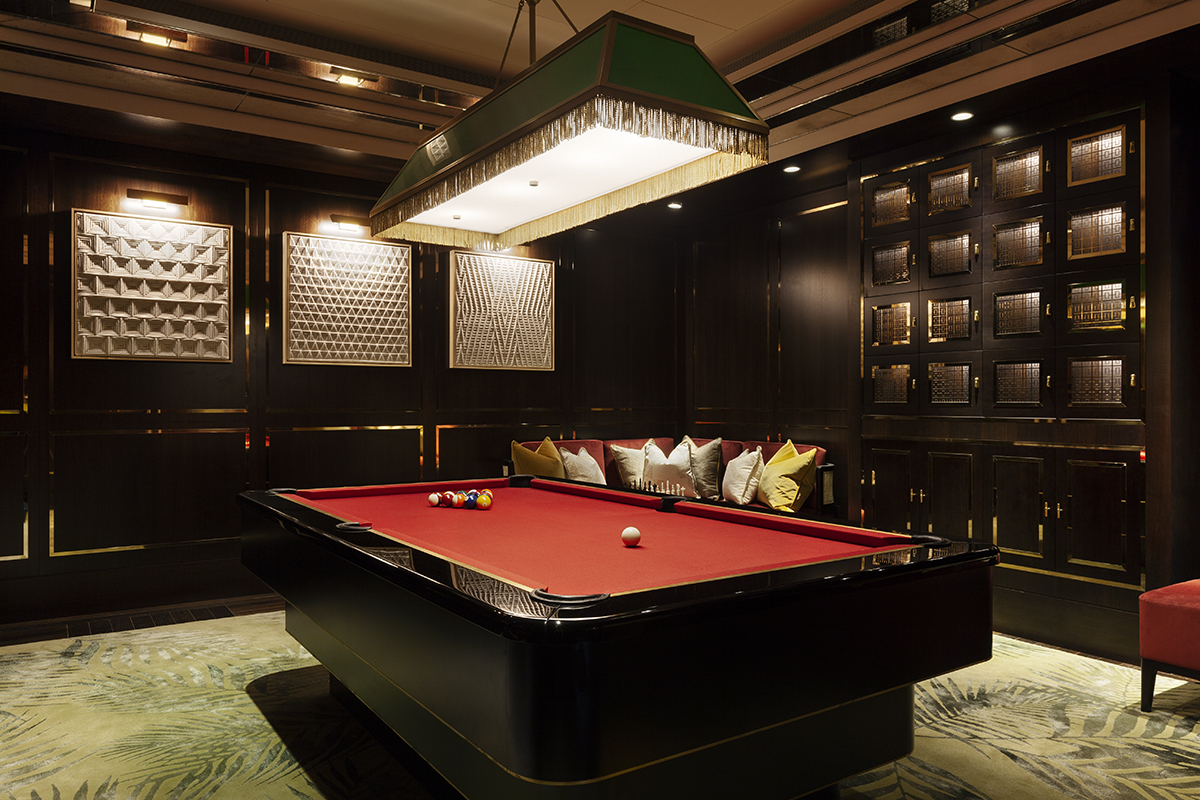
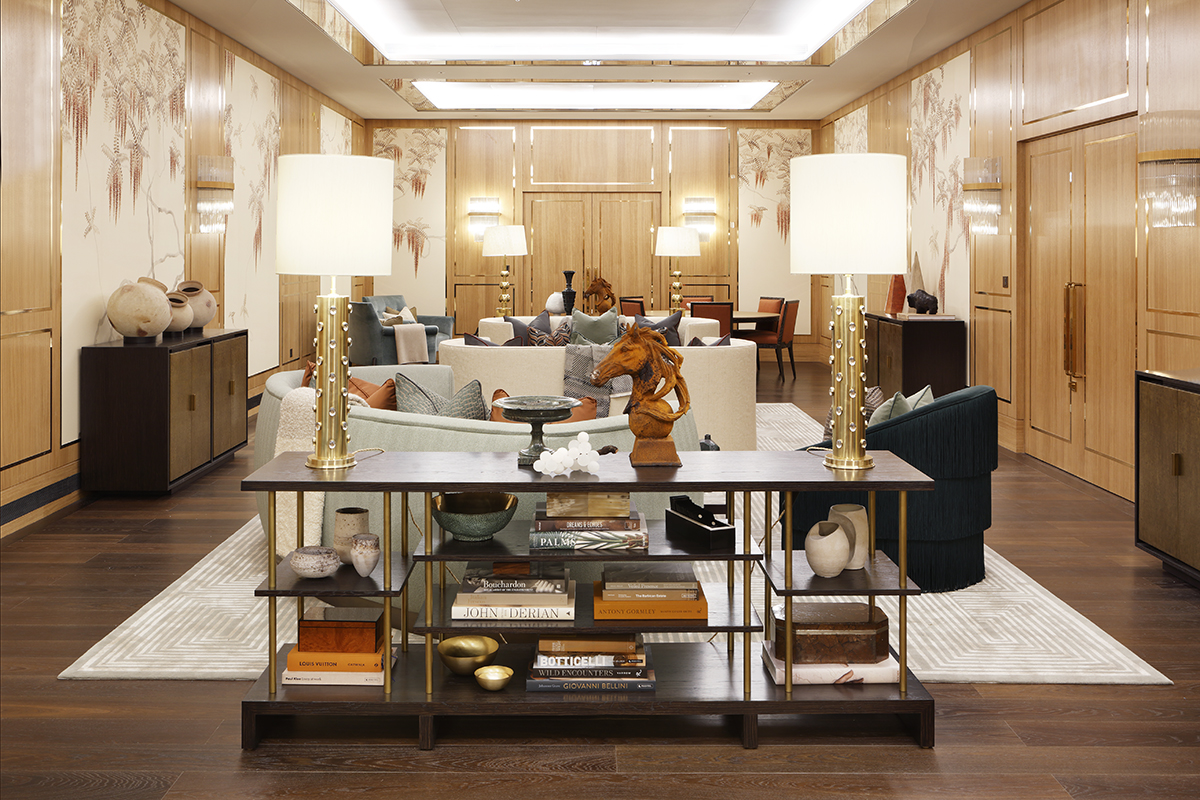
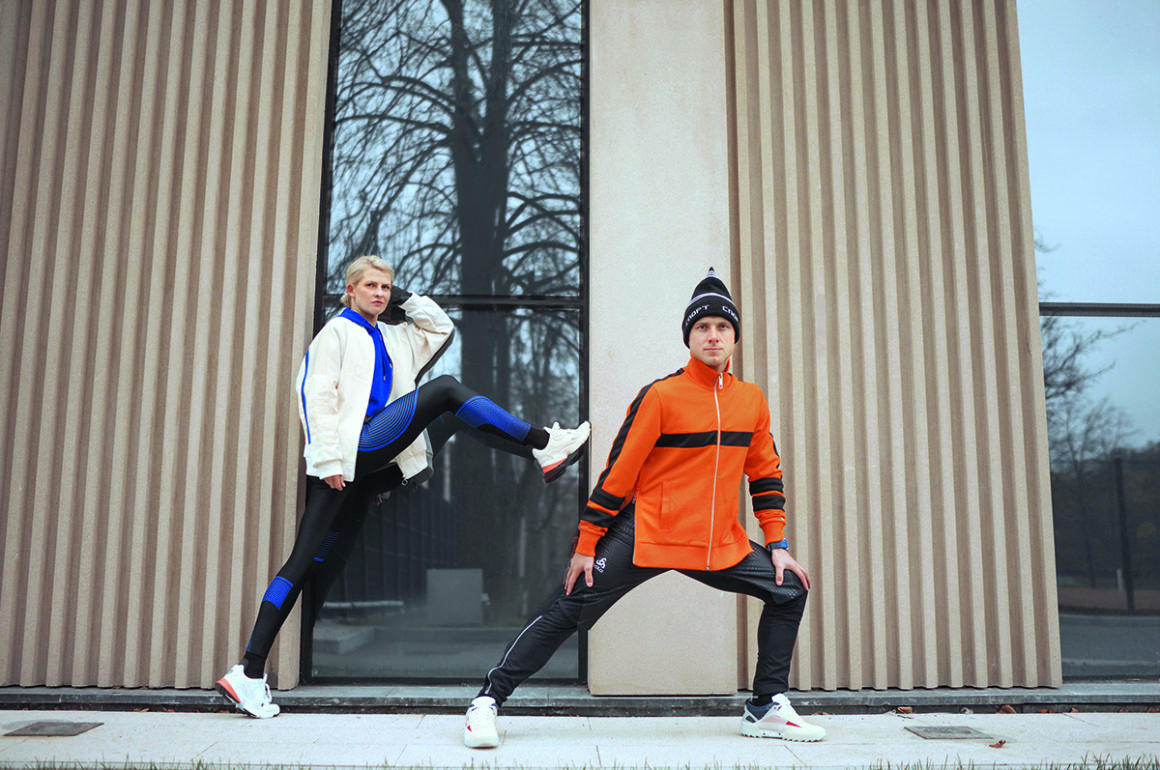
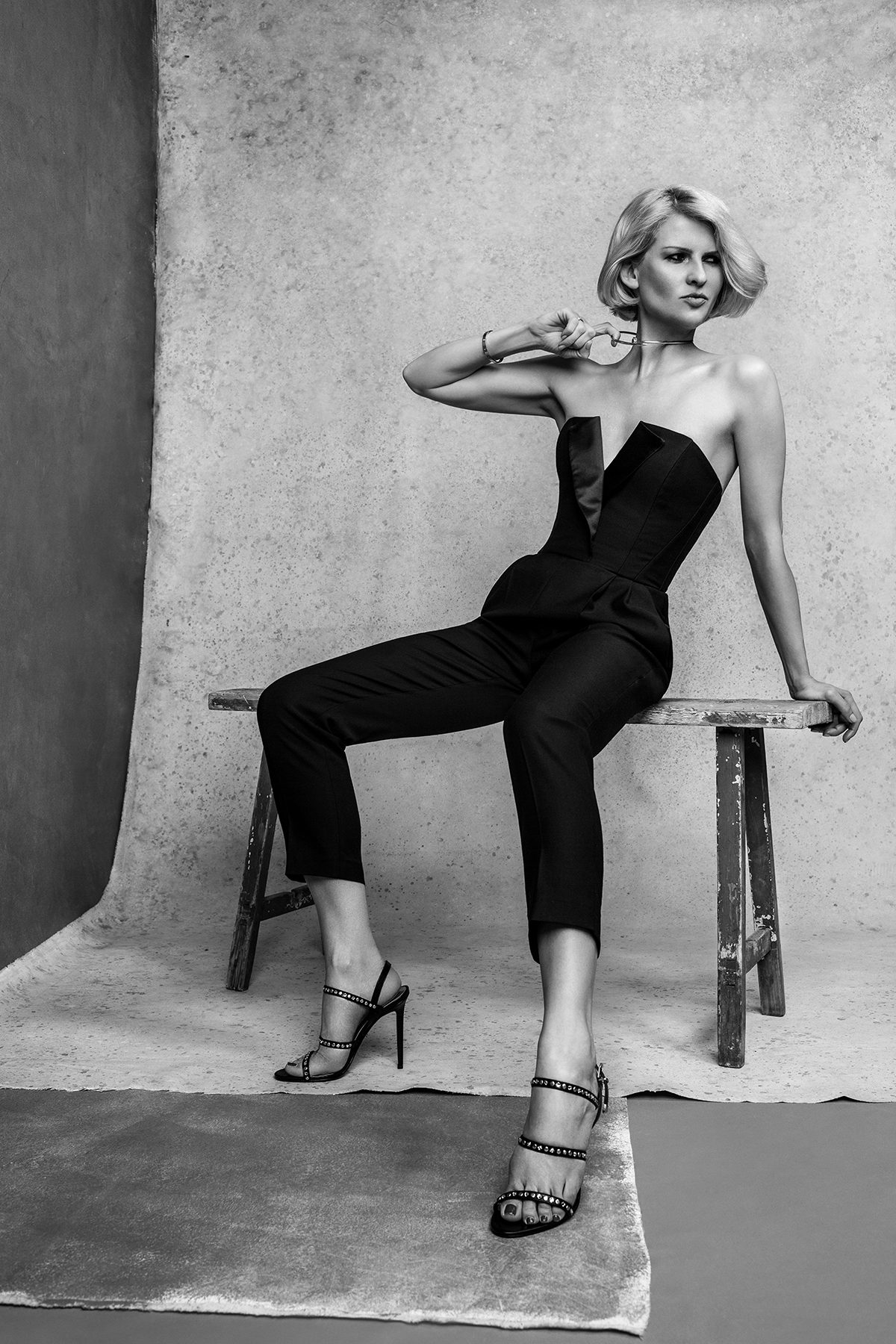



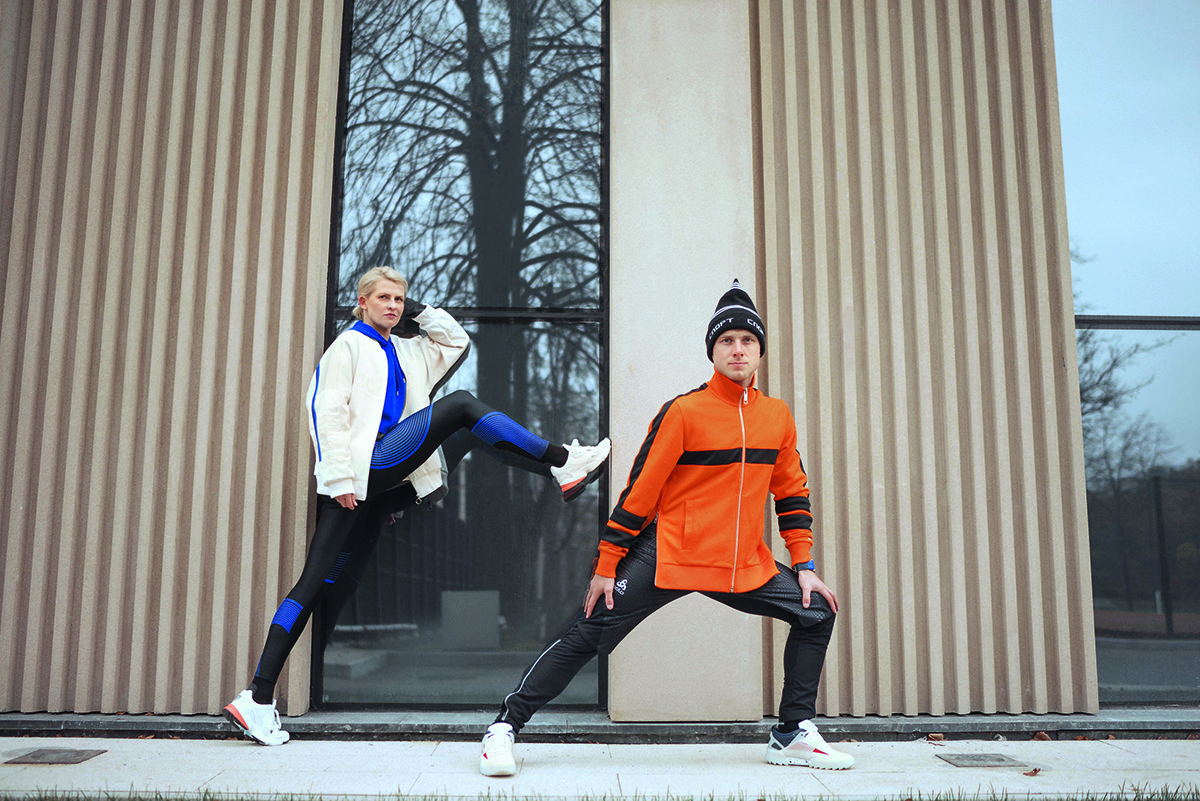
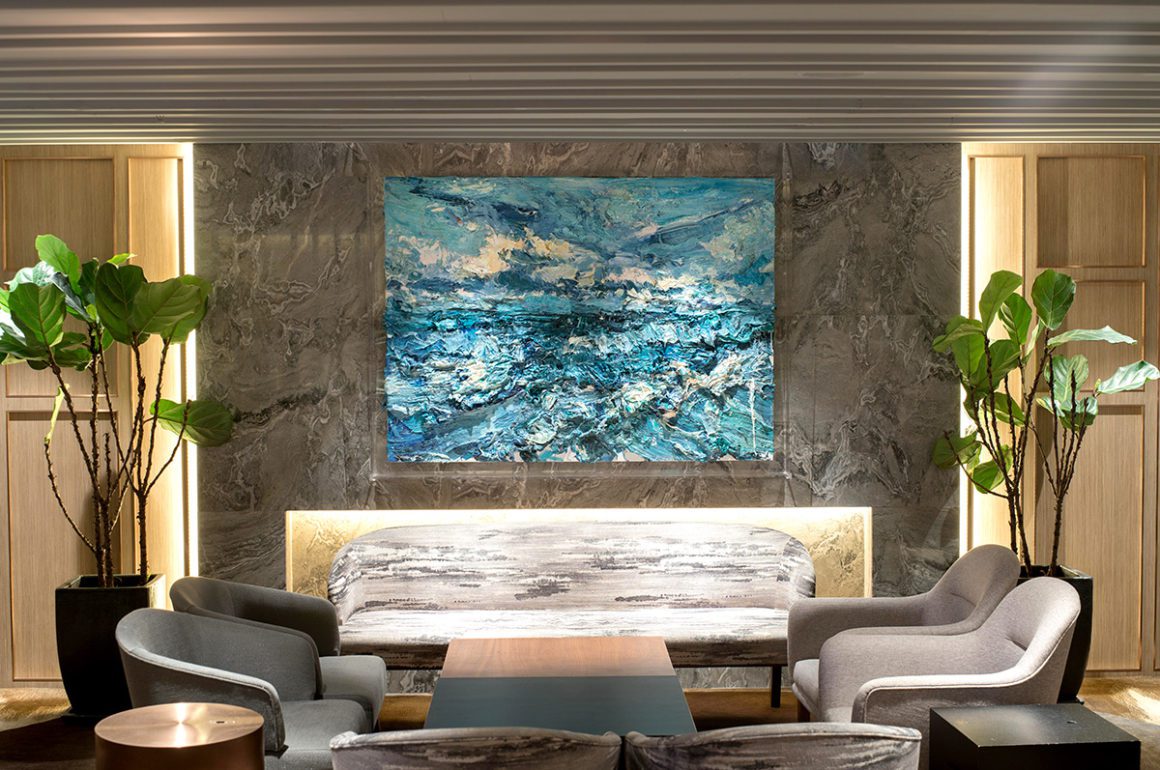
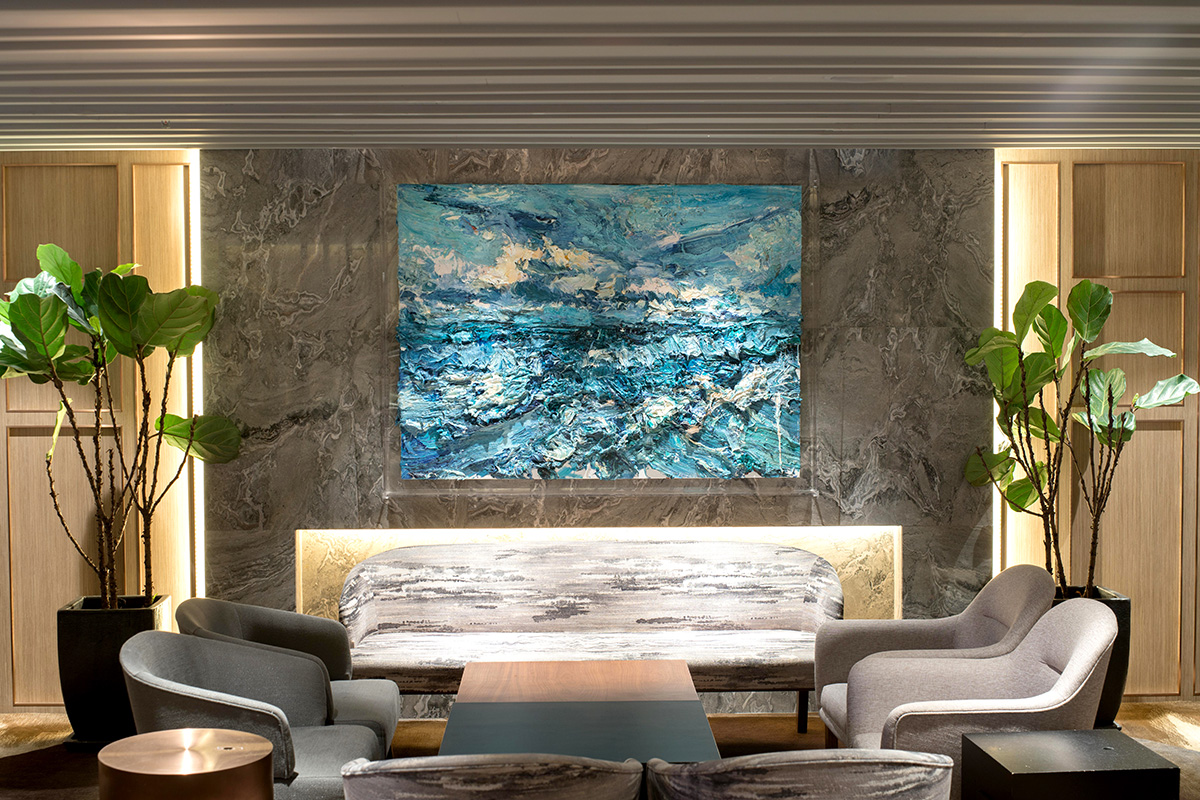
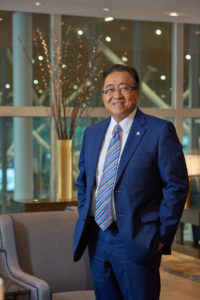
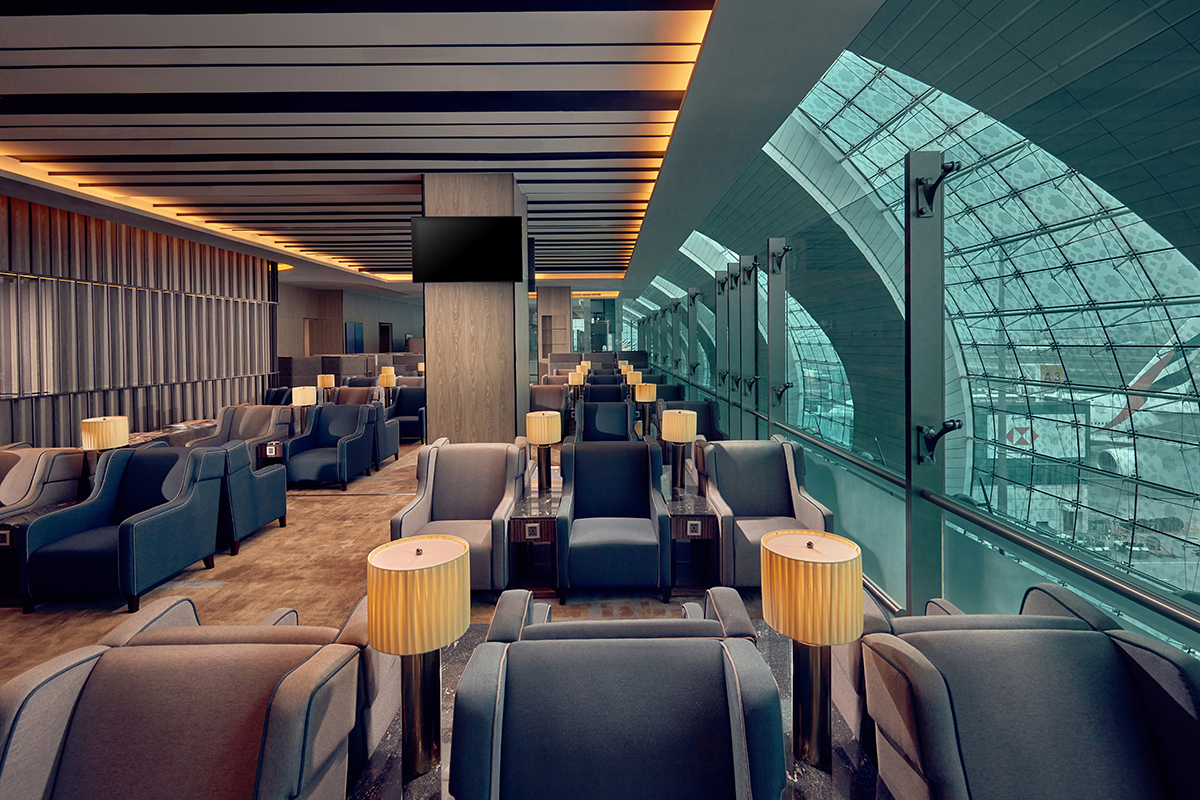
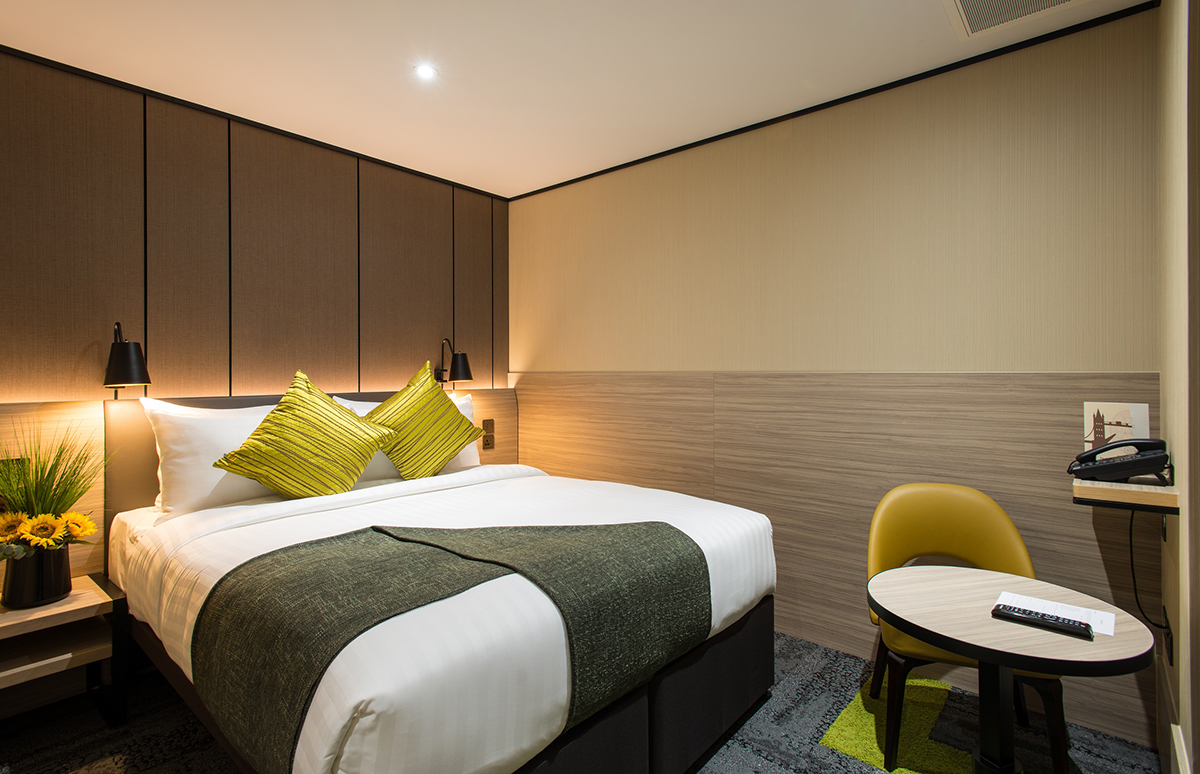
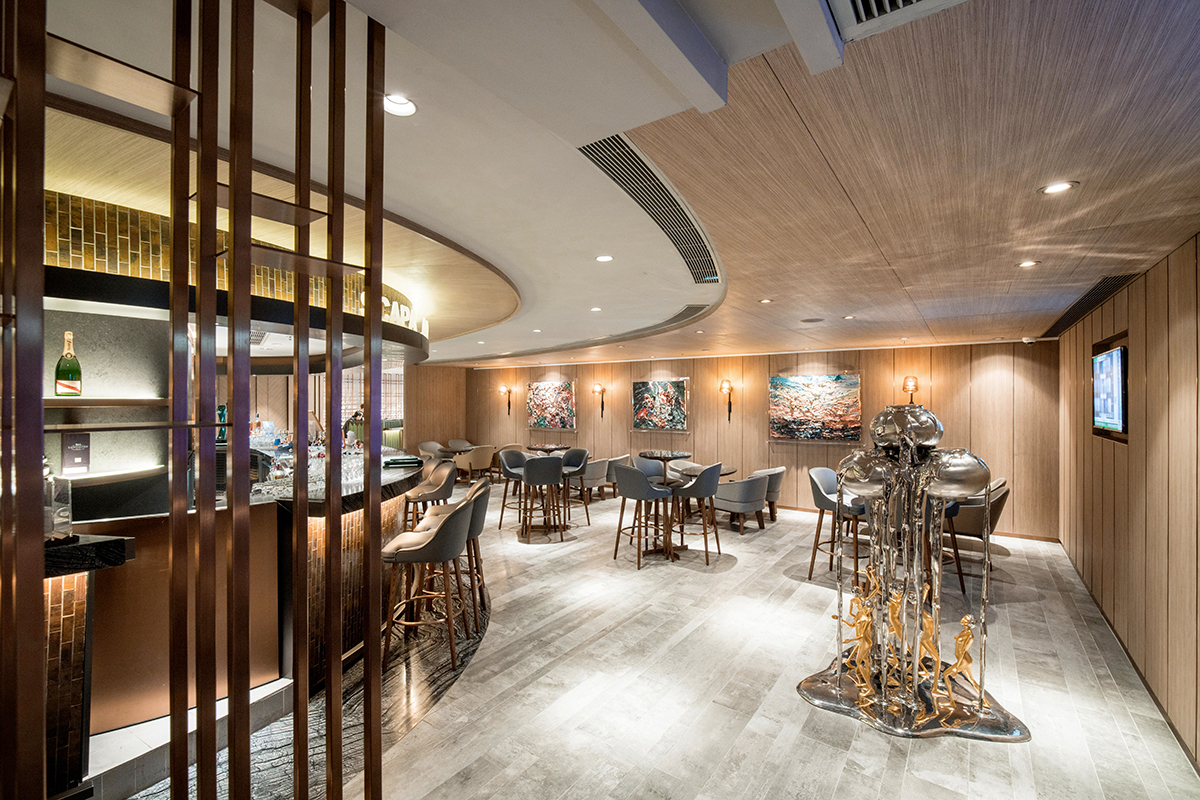
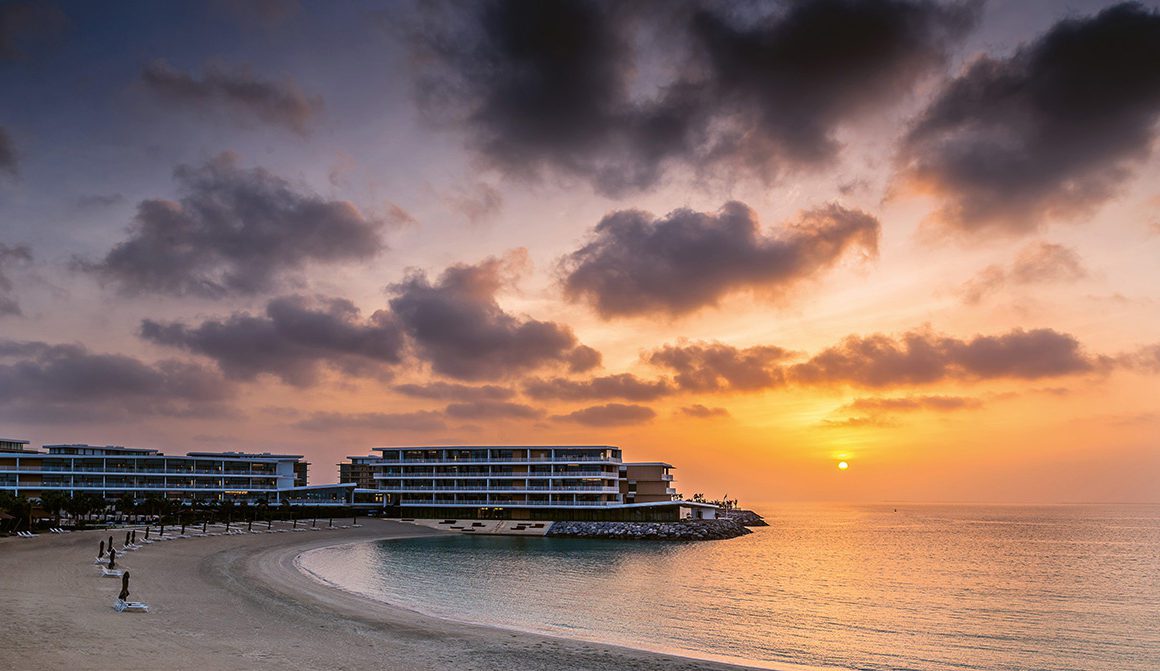
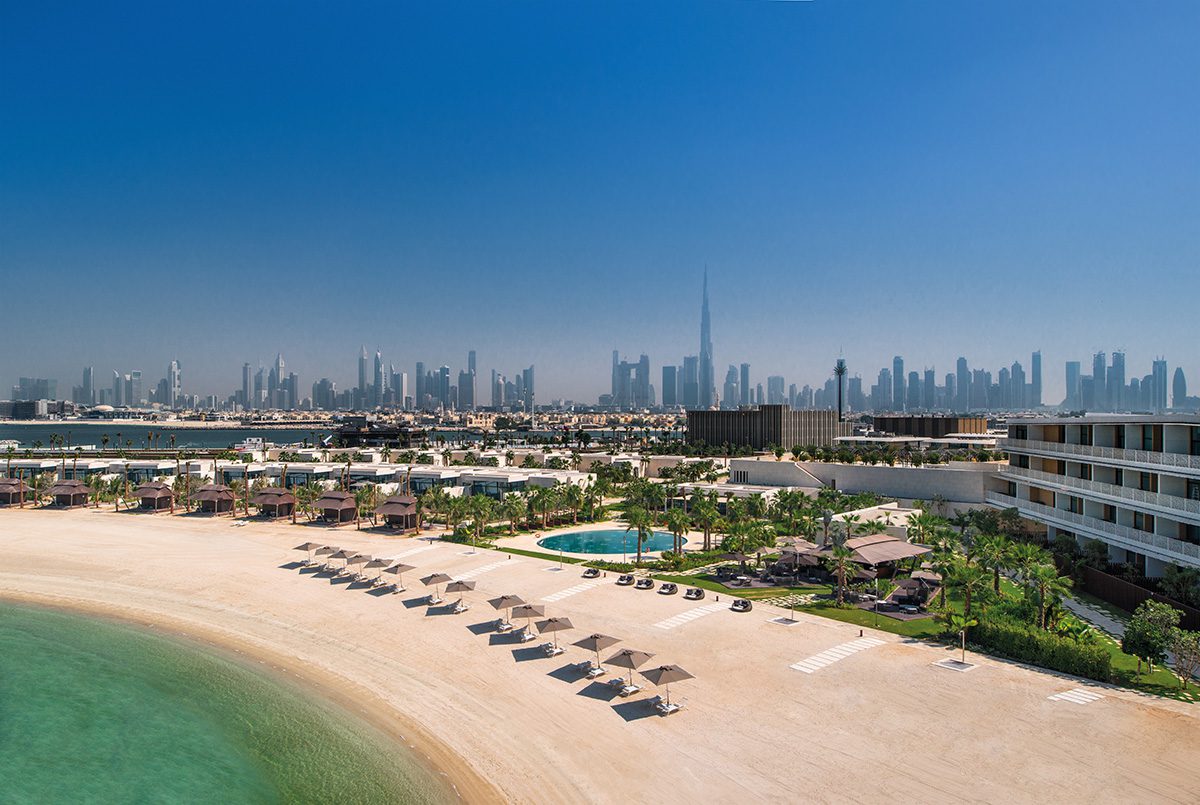
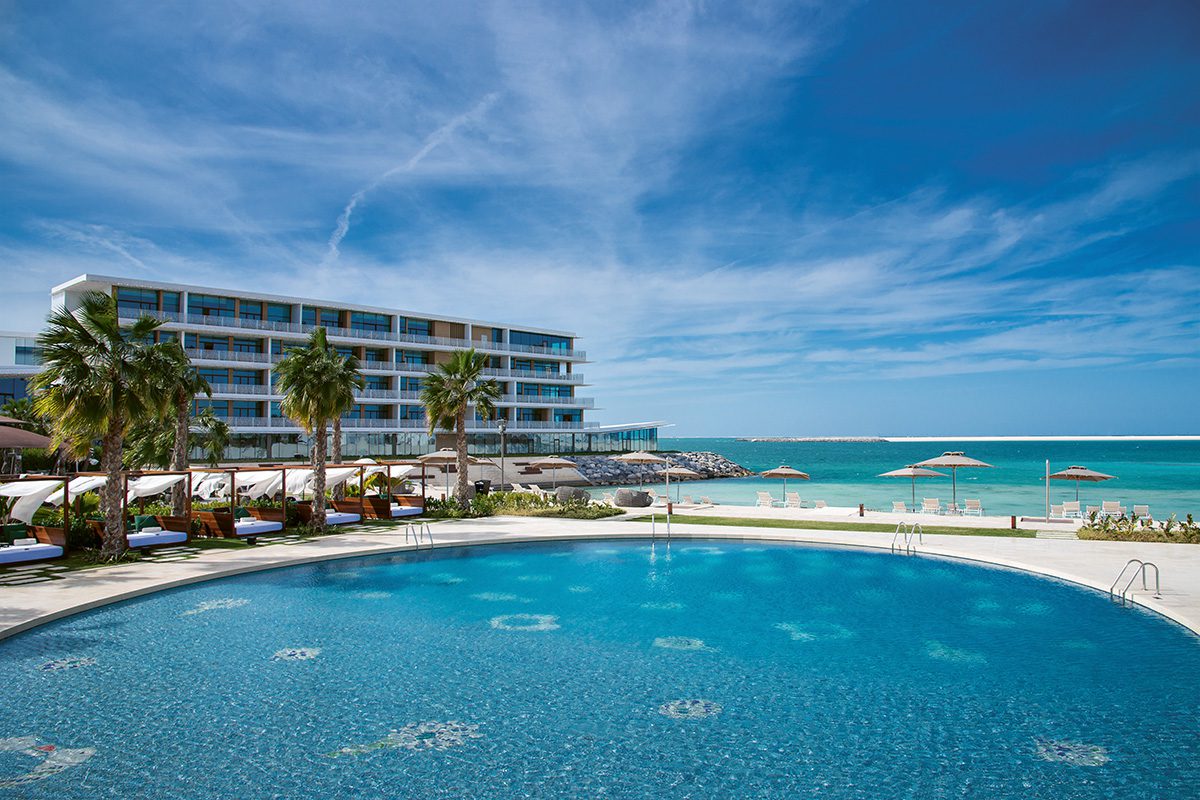
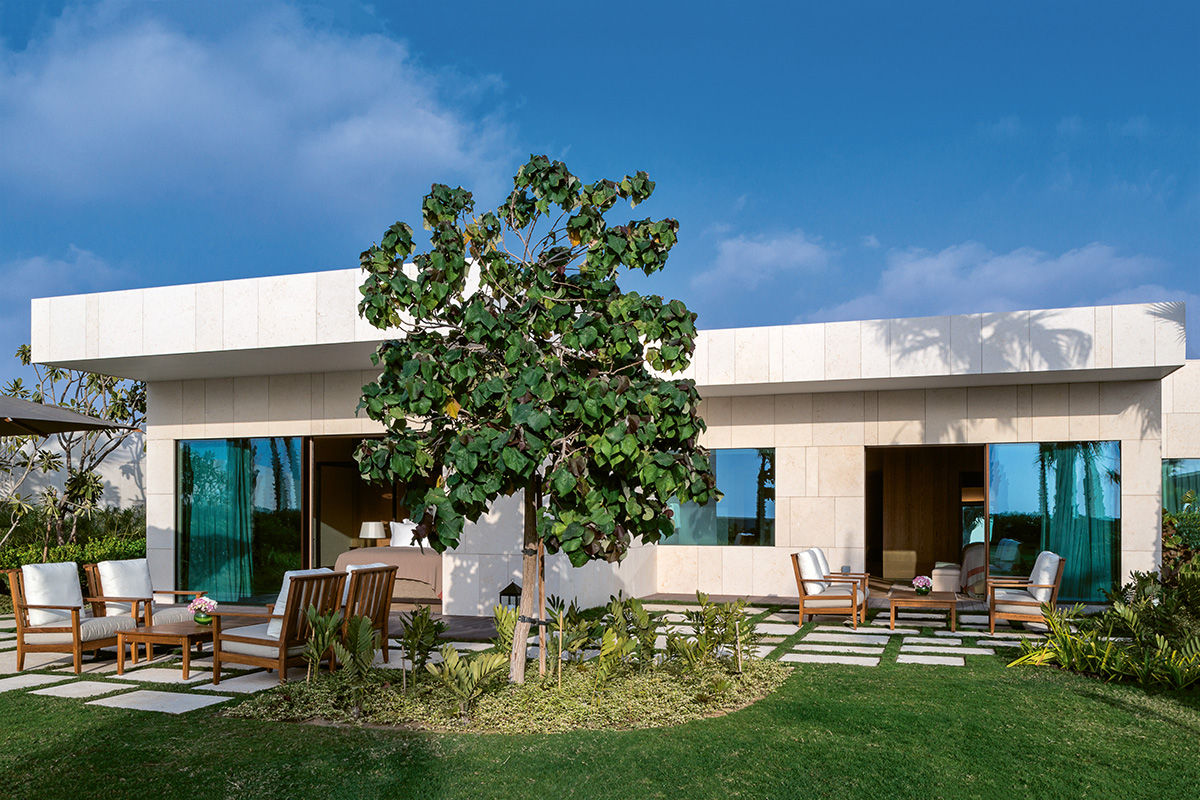
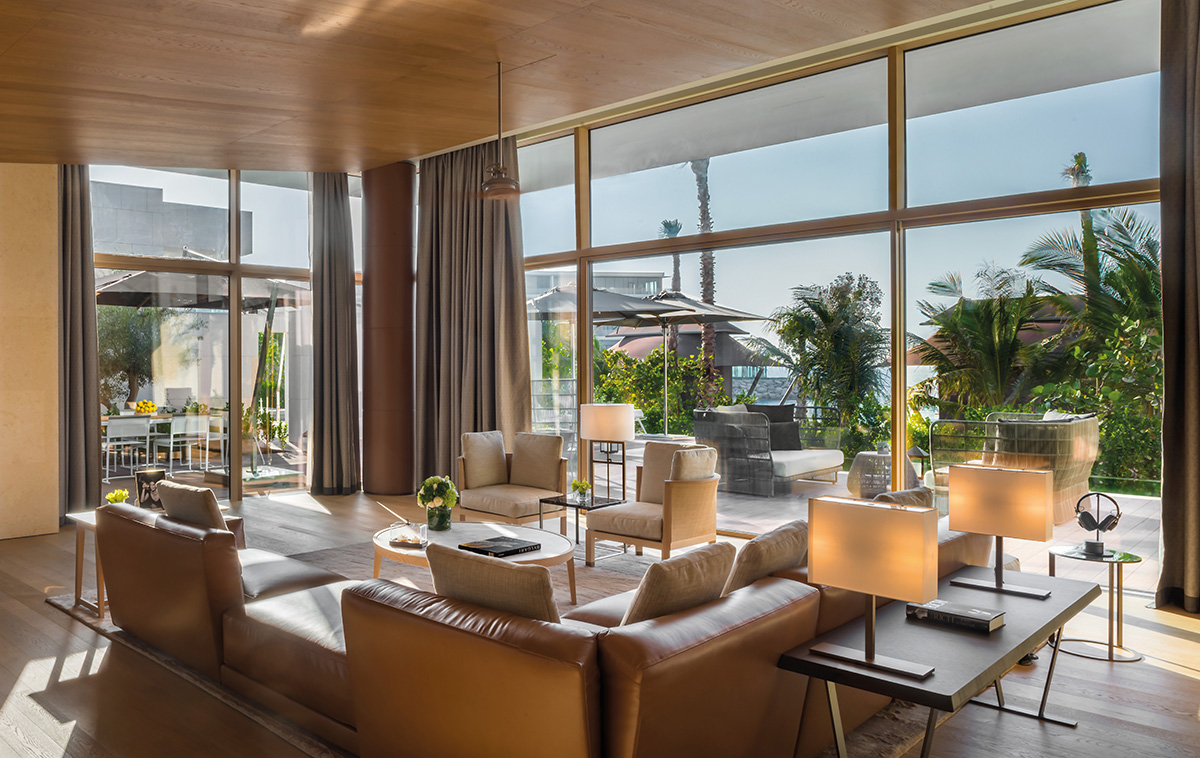
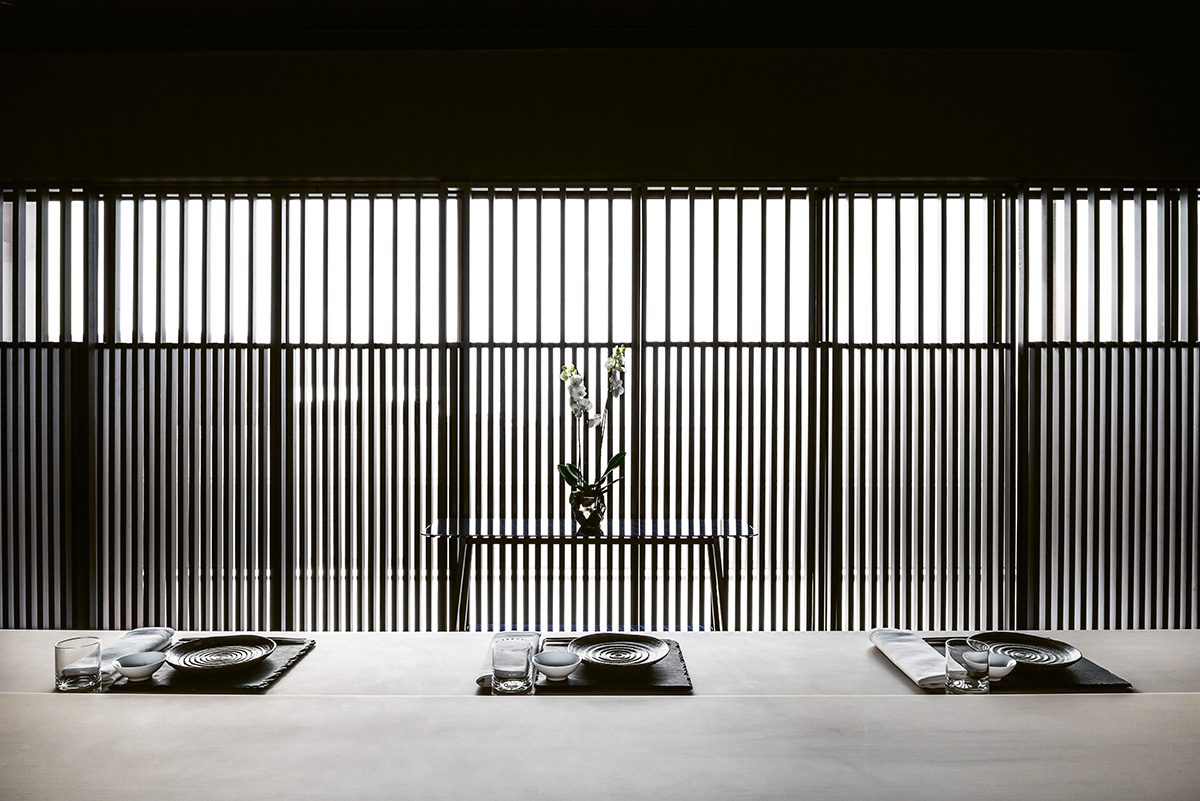
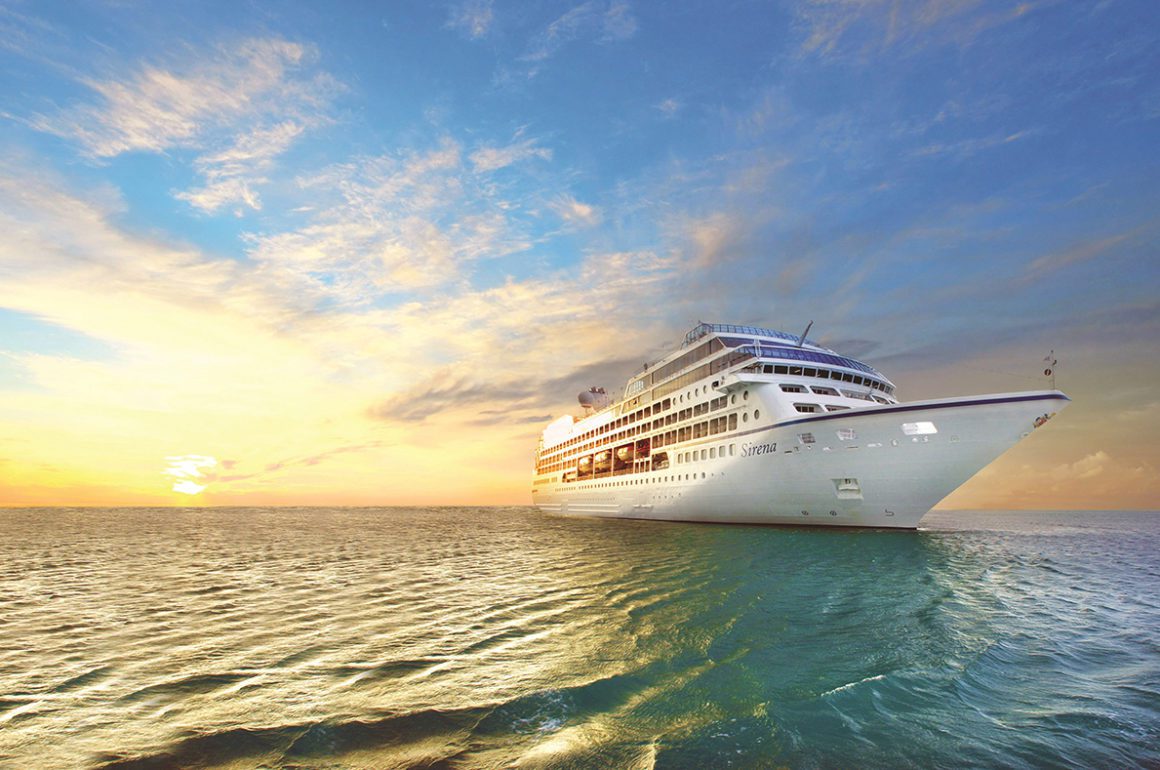
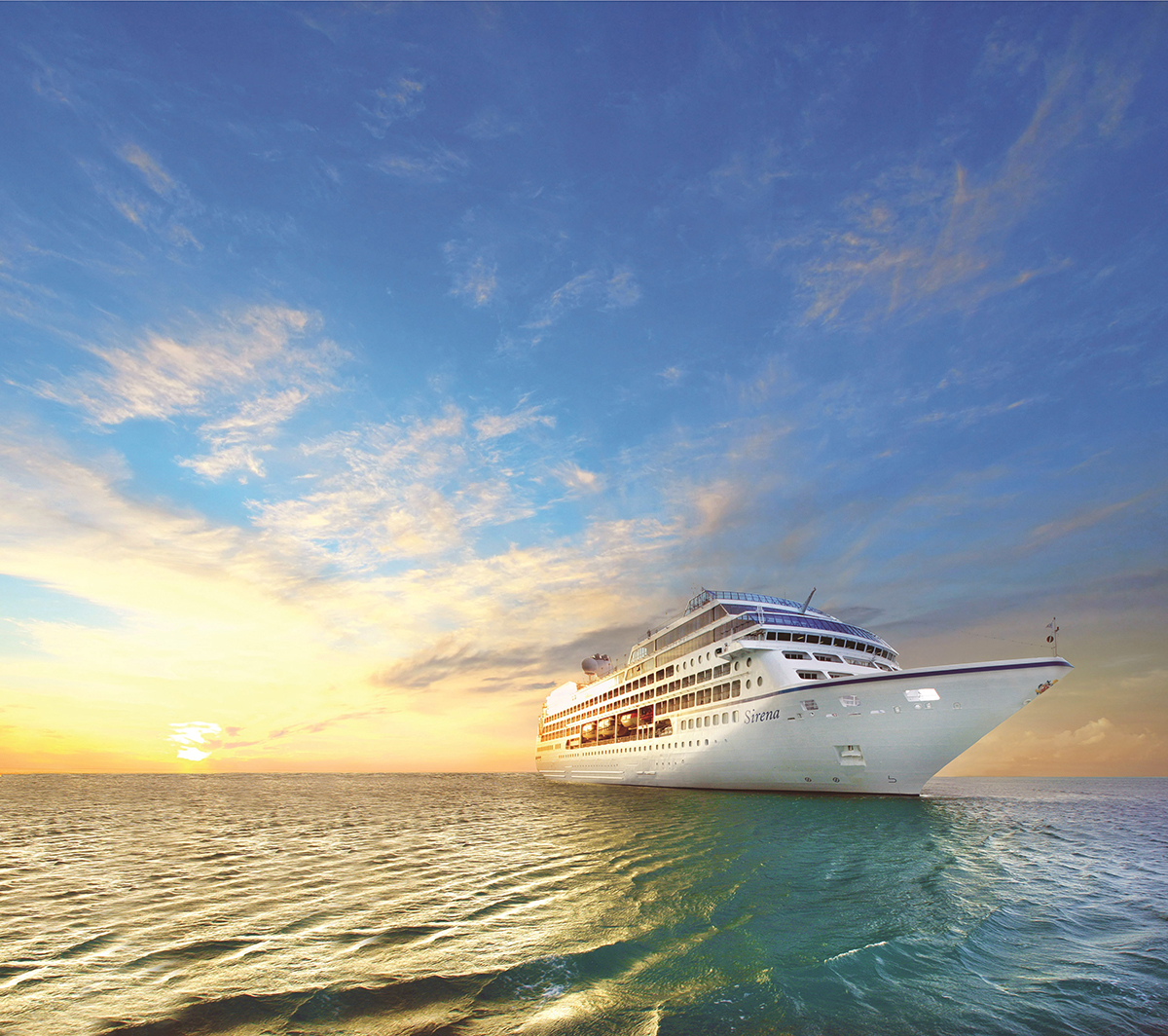
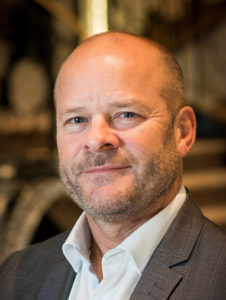
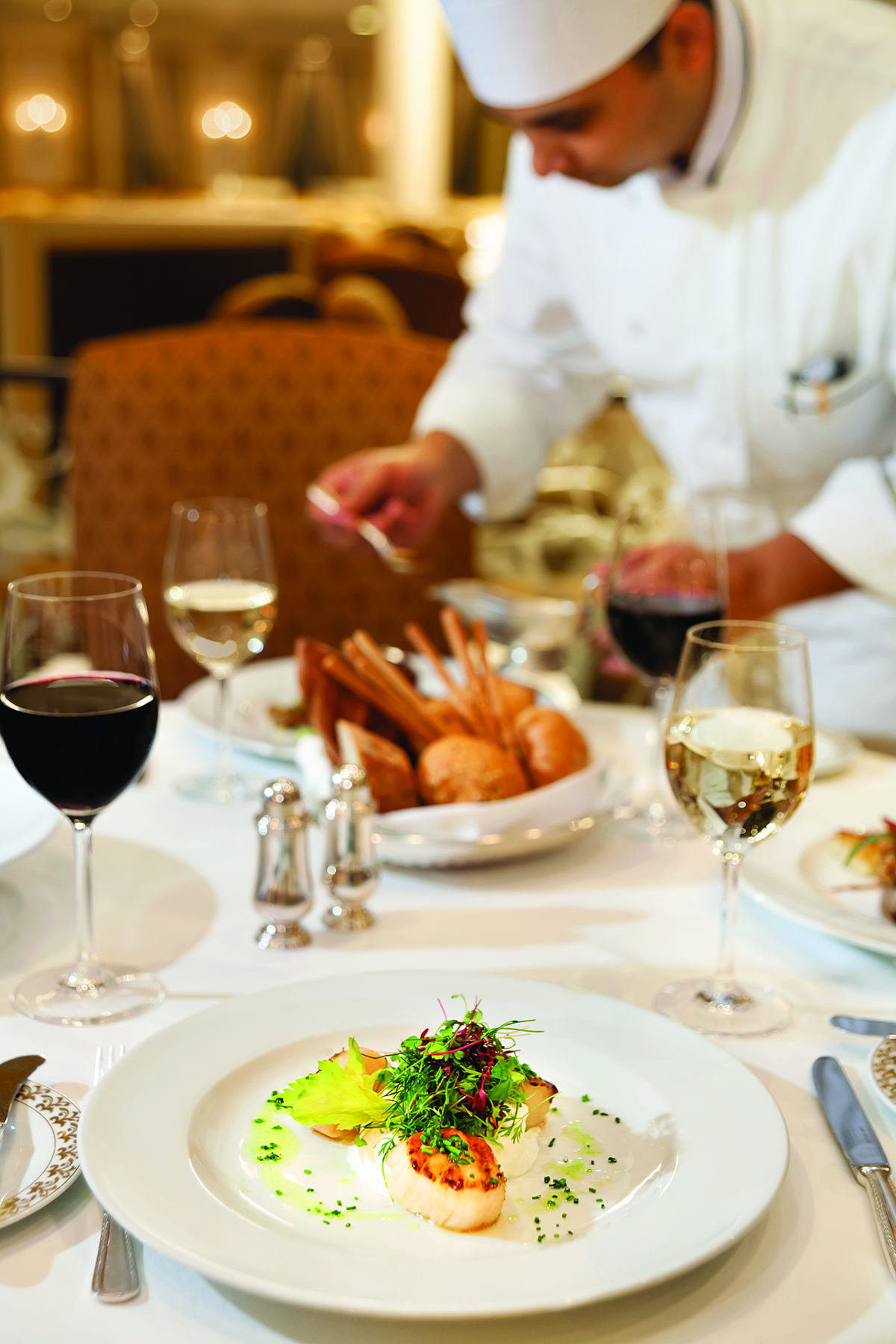
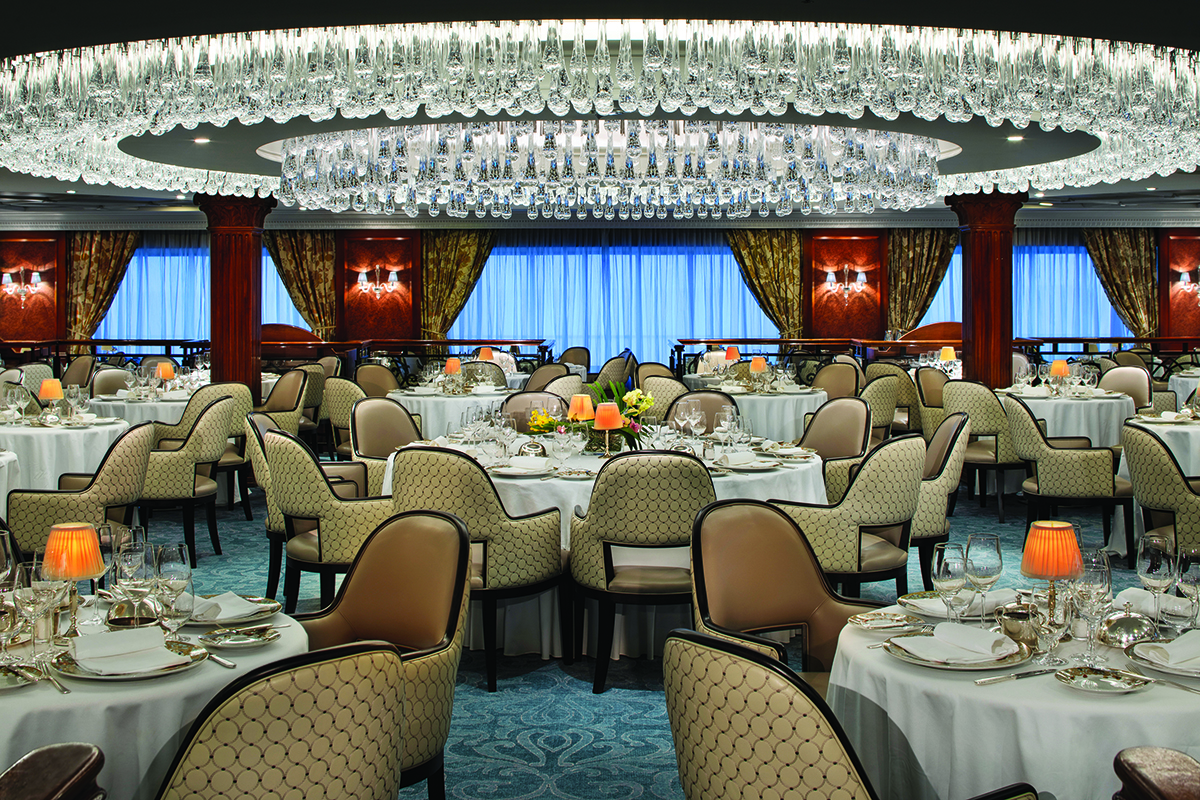
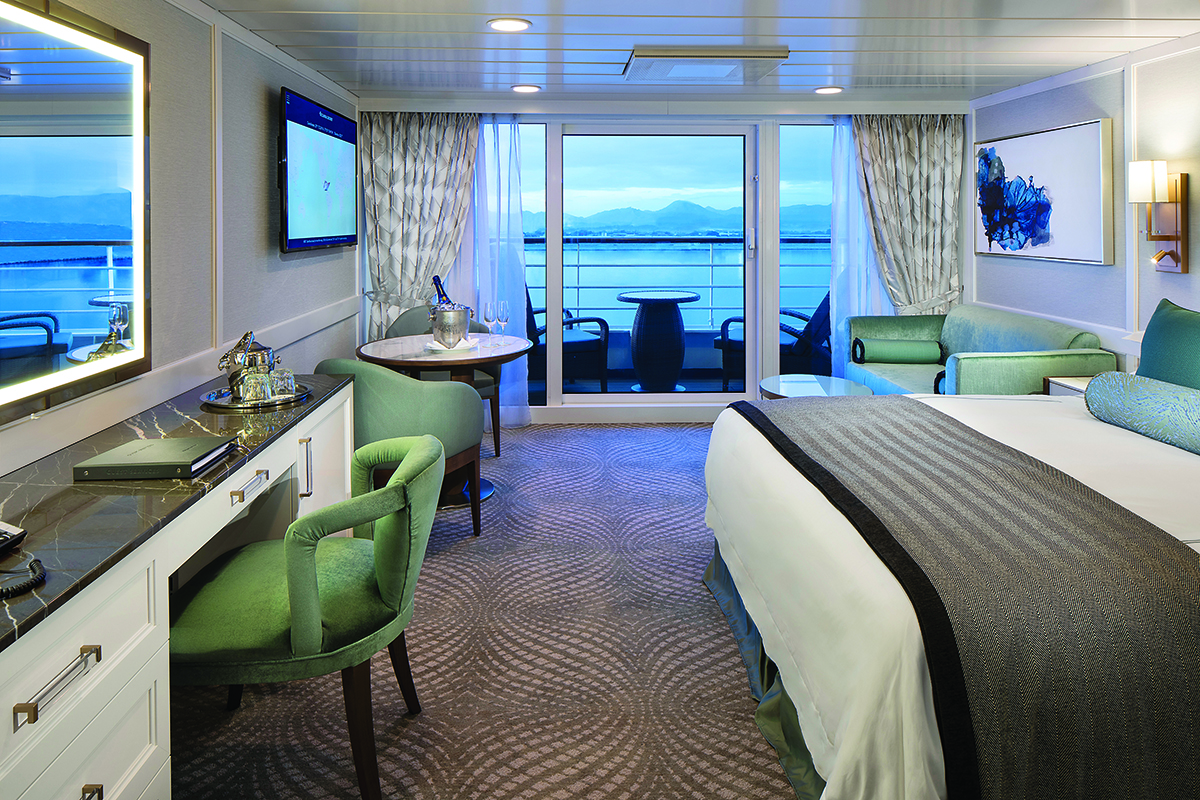
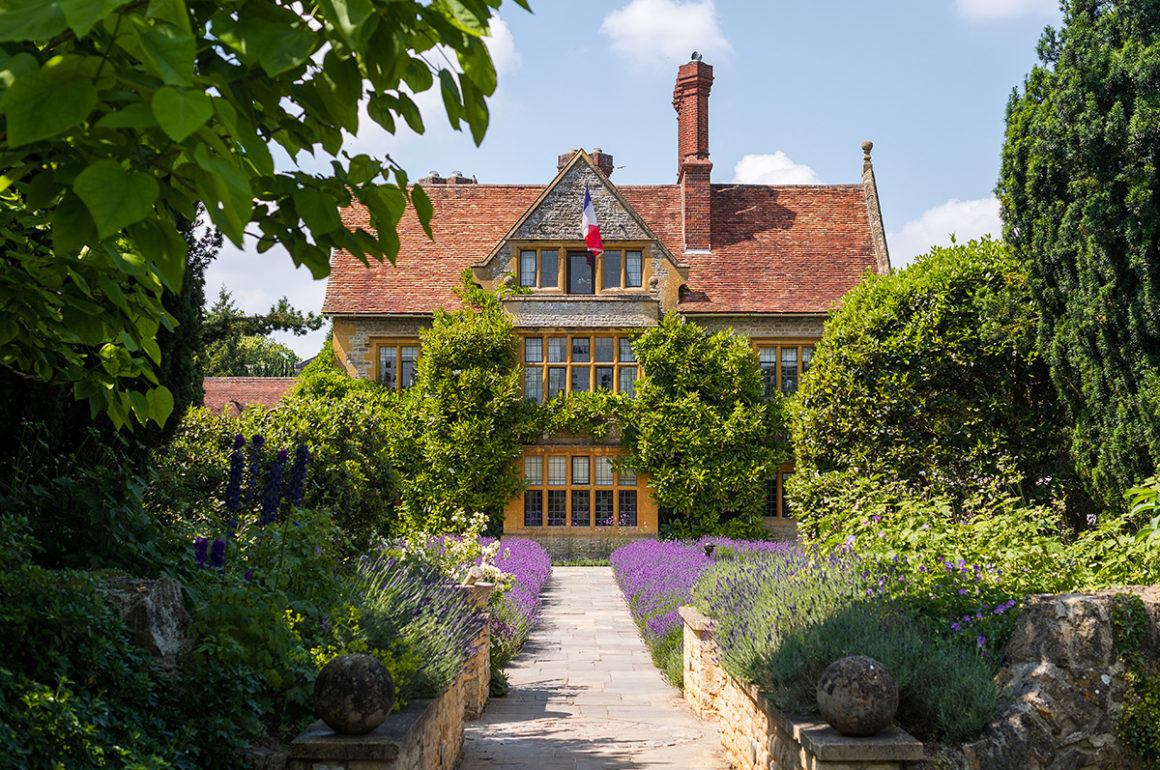
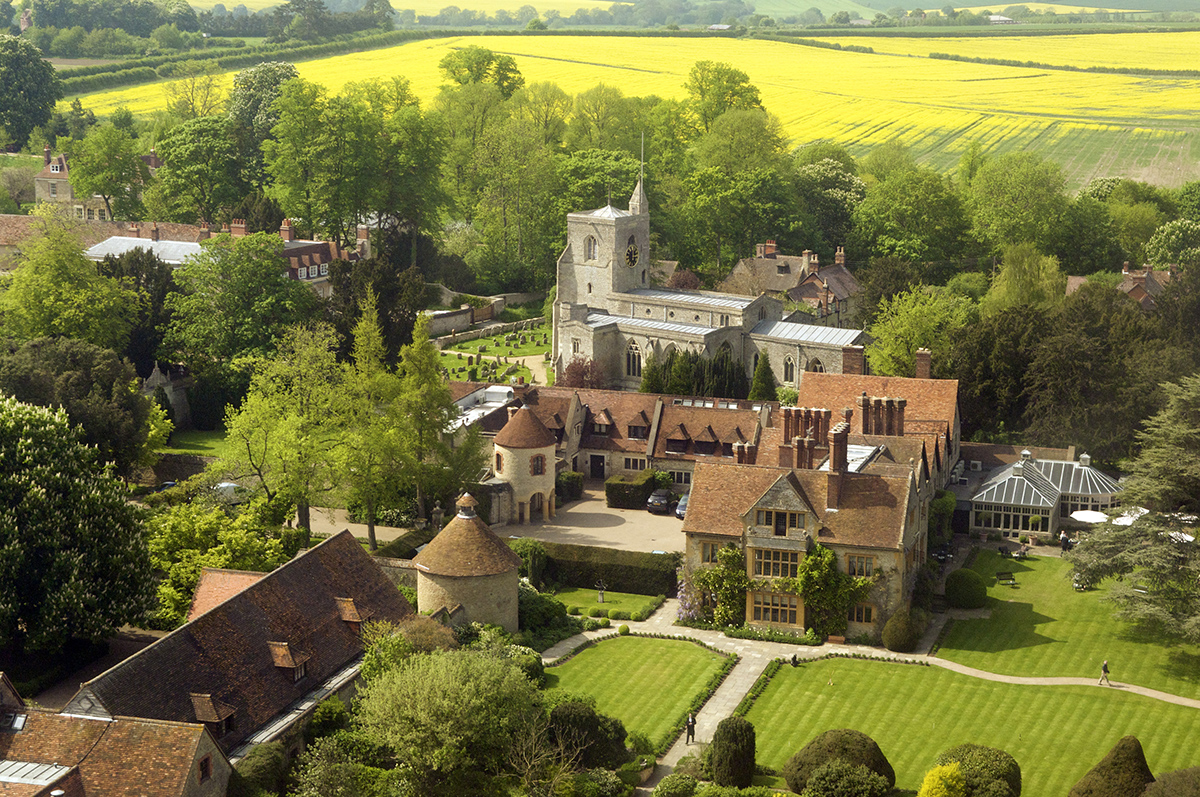
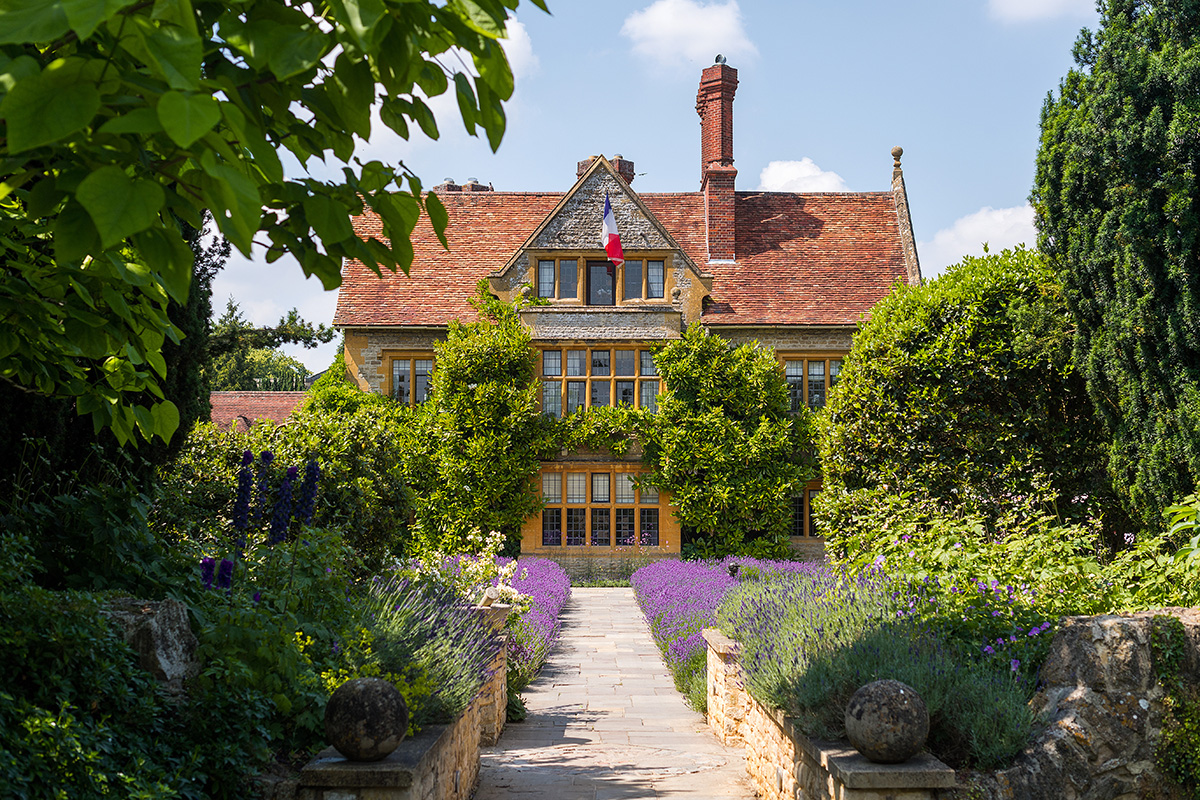
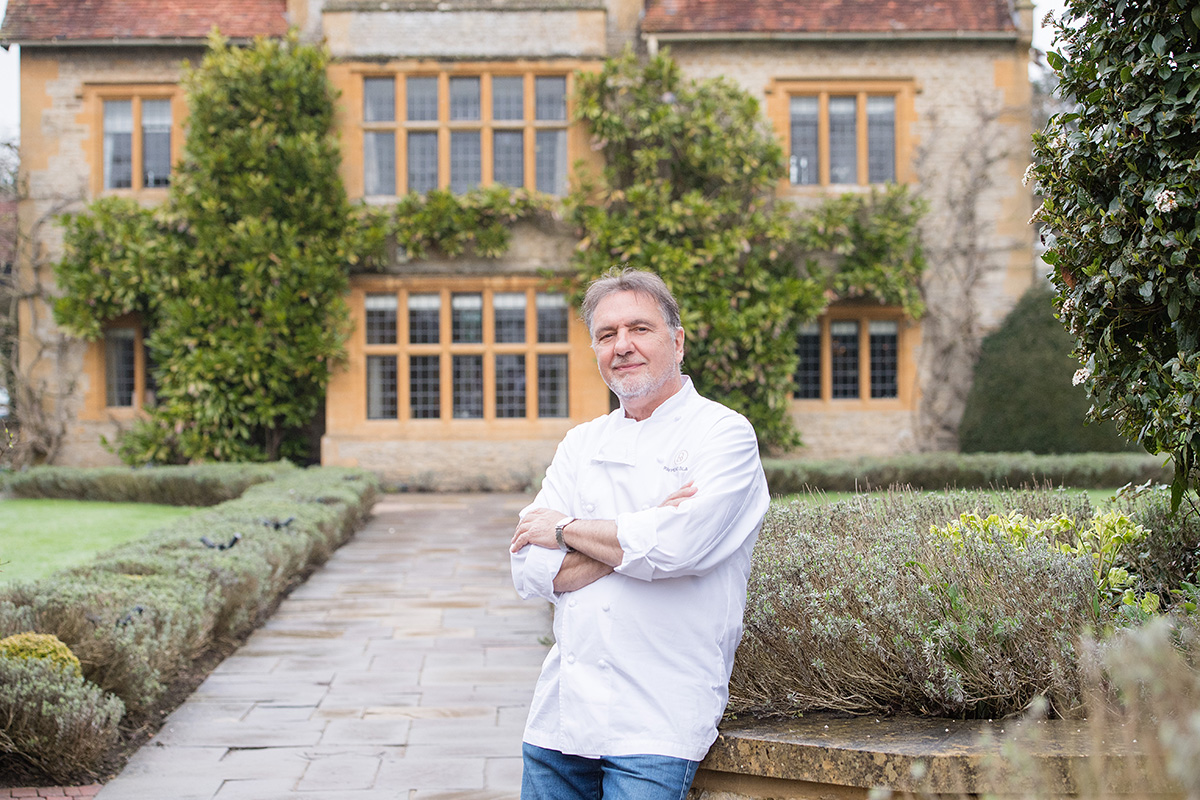
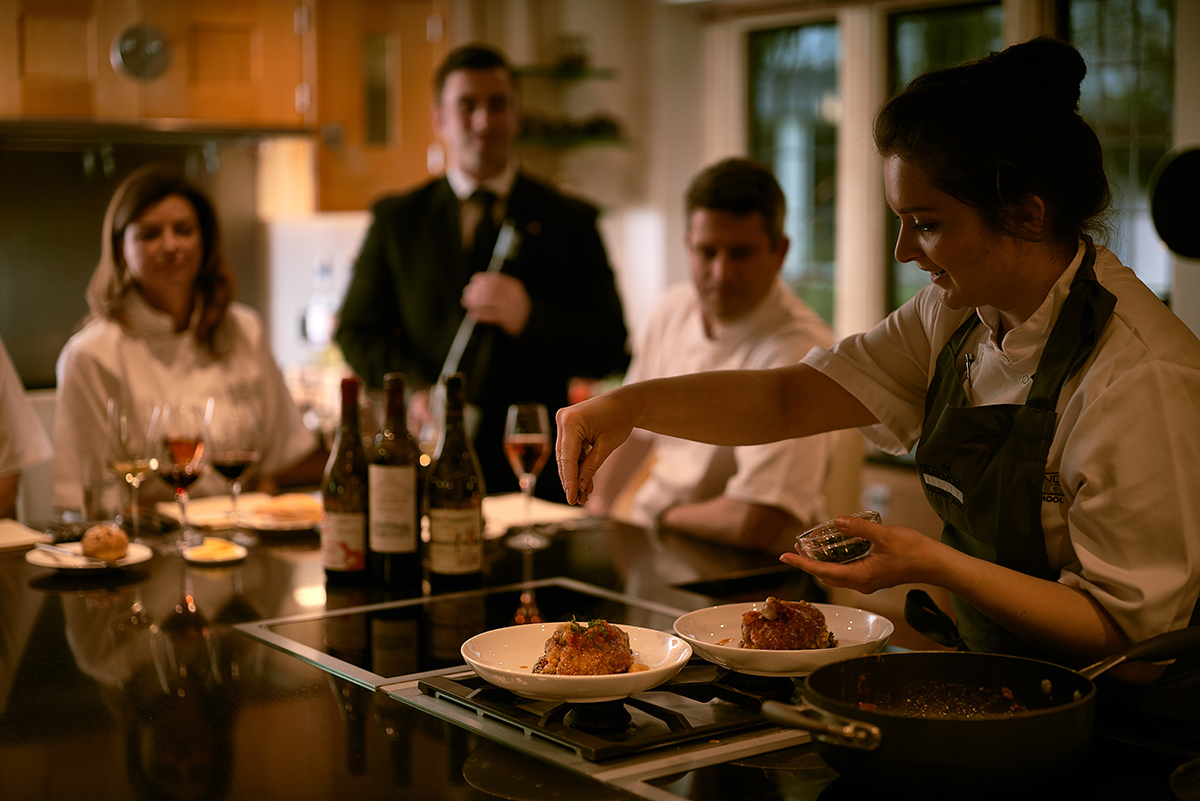
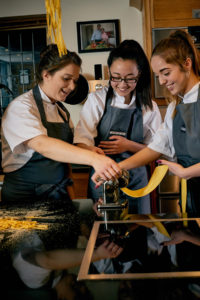
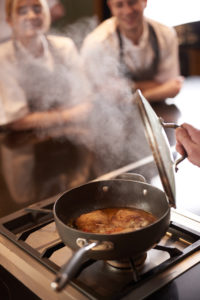 In an age when we are valuing experiences over objects, a cookery class voucher is a welcome gift. Raymond Blanc’s cookery school in Oxfordshire is just across the hall from his bustling kitchen that serves Le Manoir’s restaurant, but the ambience is markedly different. Here is the kitchen of your dreams, fully equipped with state-of-the-art Gaggenau hardware in fine wood cabinets. The school channels Blanc’s culinary DNA through its director,
In an age when we are valuing experiences over objects, a cookery class voucher is a welcome gift. Raymond Blanc’s cookery school in Oxfordshire is just across the hall from his bustling kitchen that serves Le Manoir’s restaurant, but the ambience is markedly different. Here is the kitchen of your dreams, fully equipped with state-of-the-art Gaggenau hardware in fine wood cabinets. The school channels Blanc’s culinary DNA through its director, 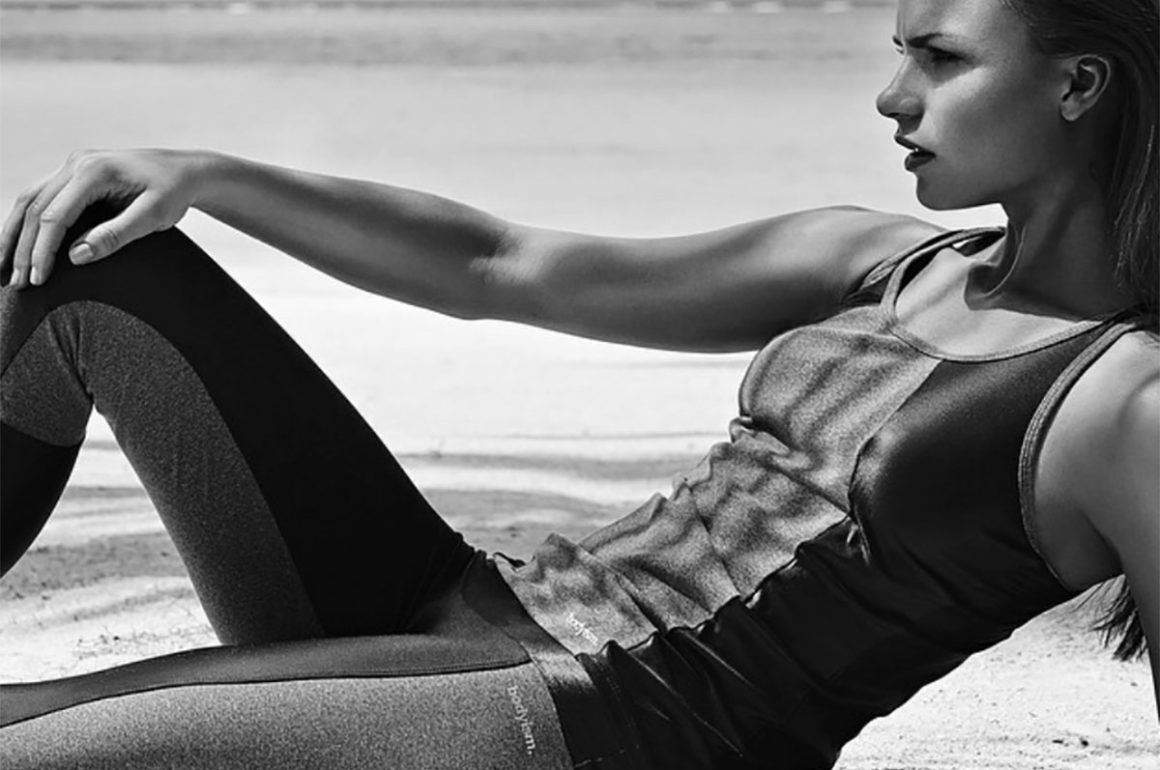



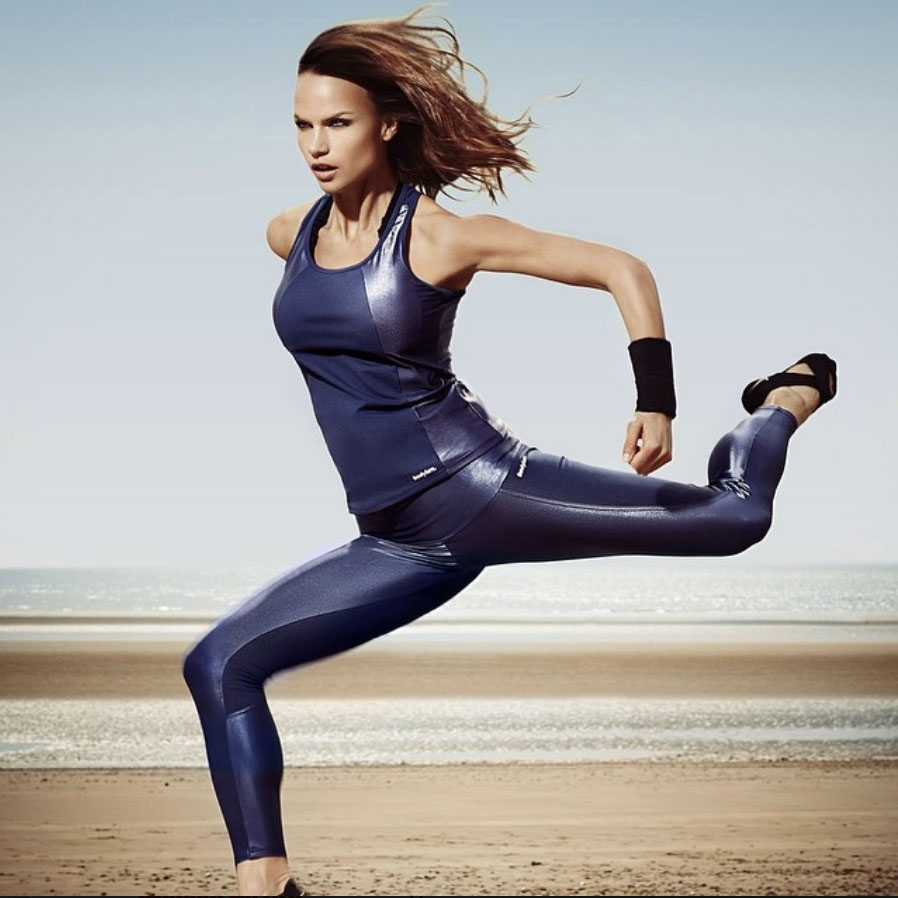
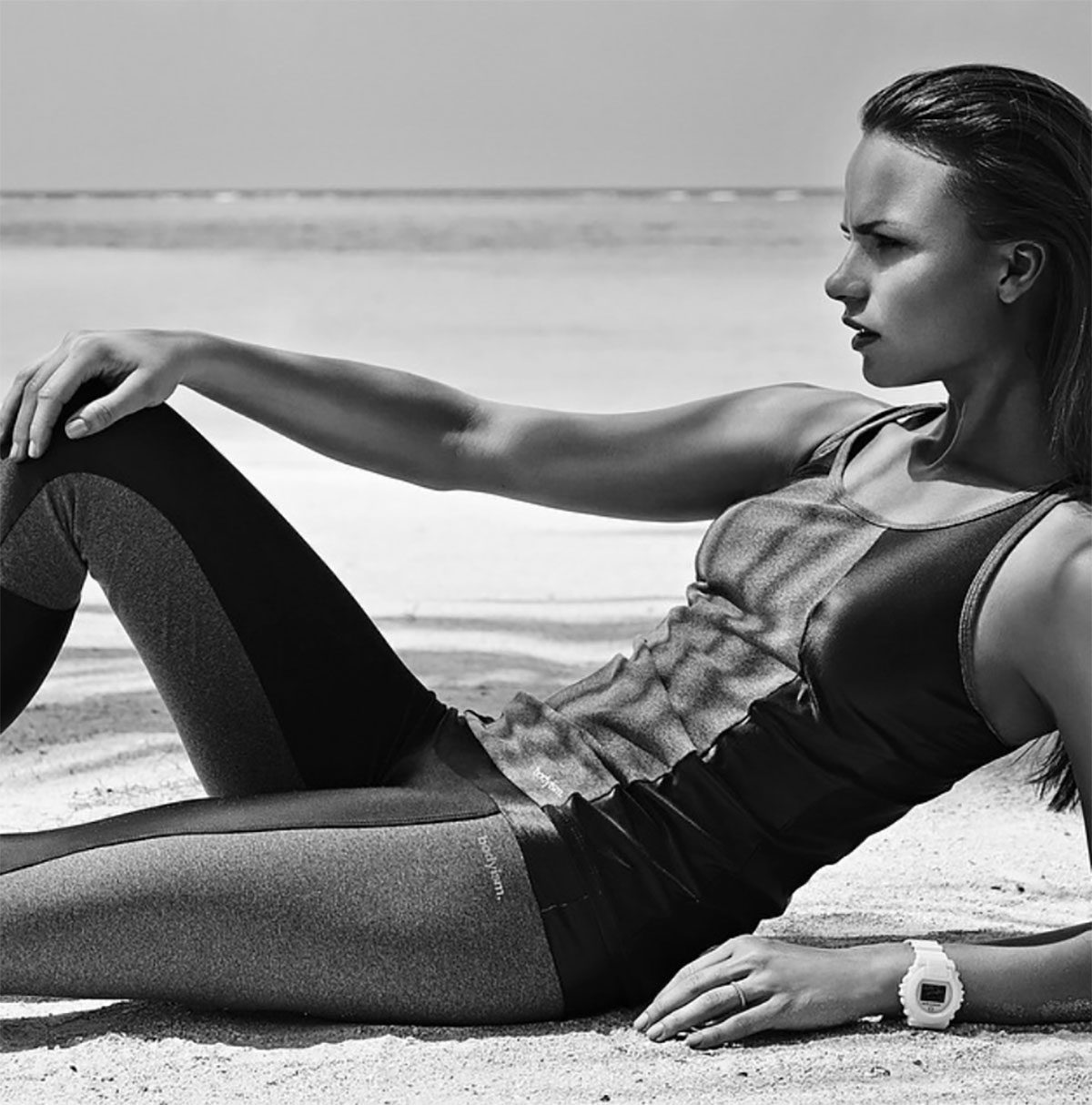
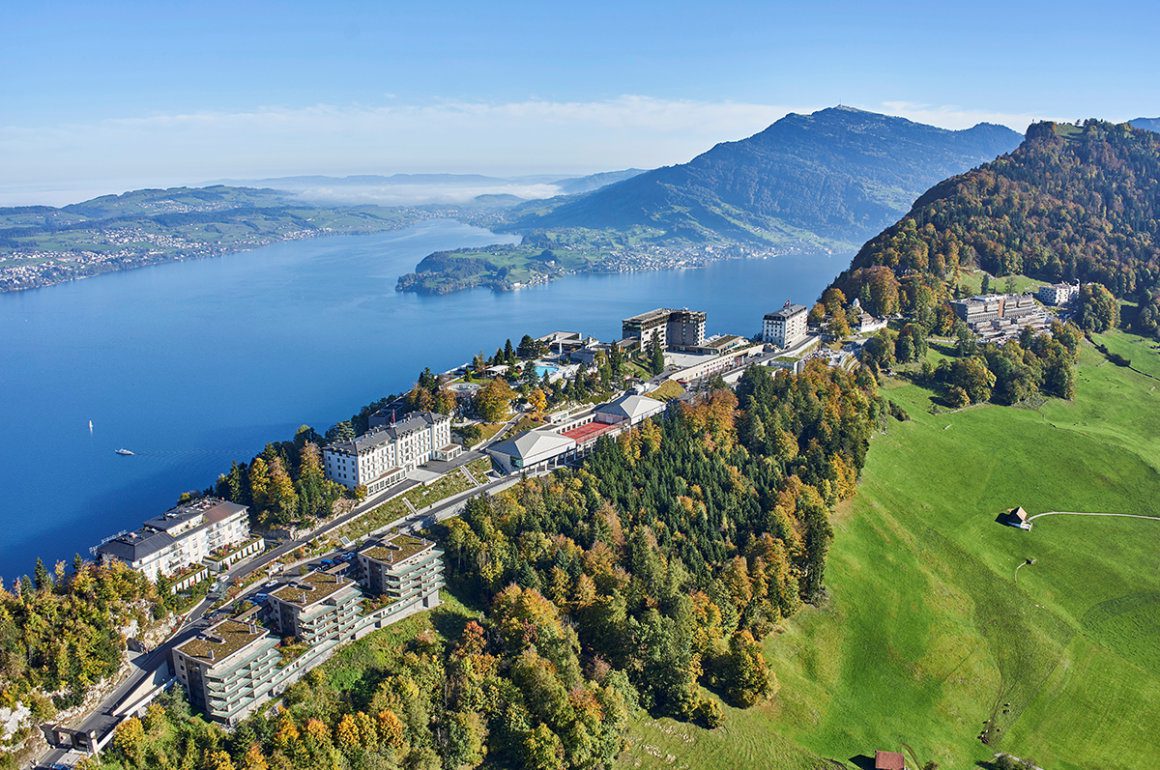
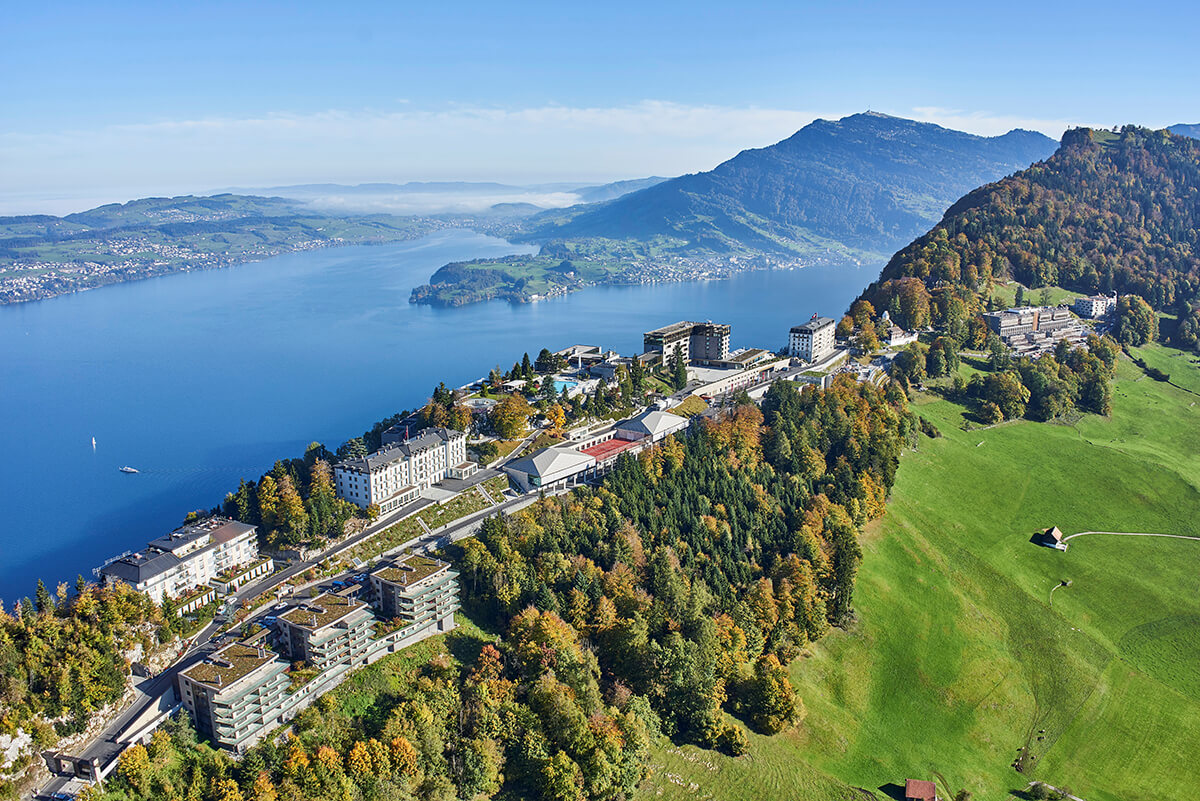
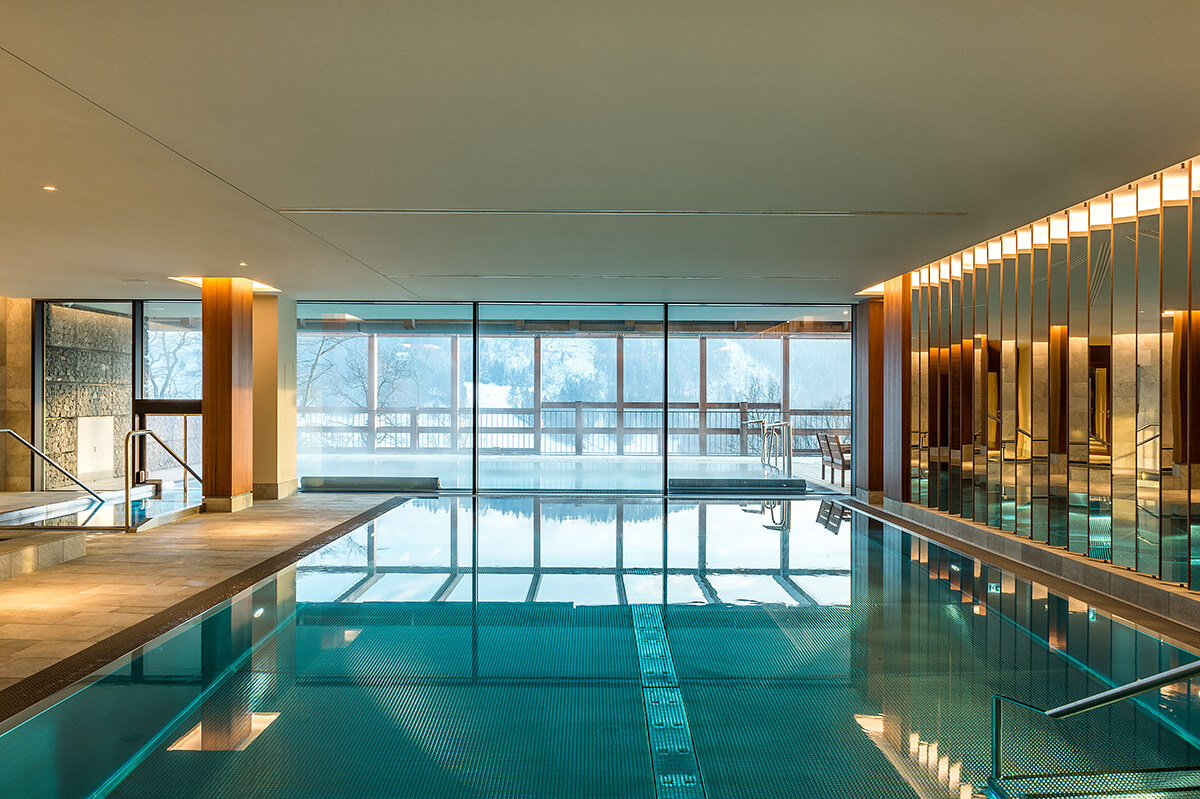
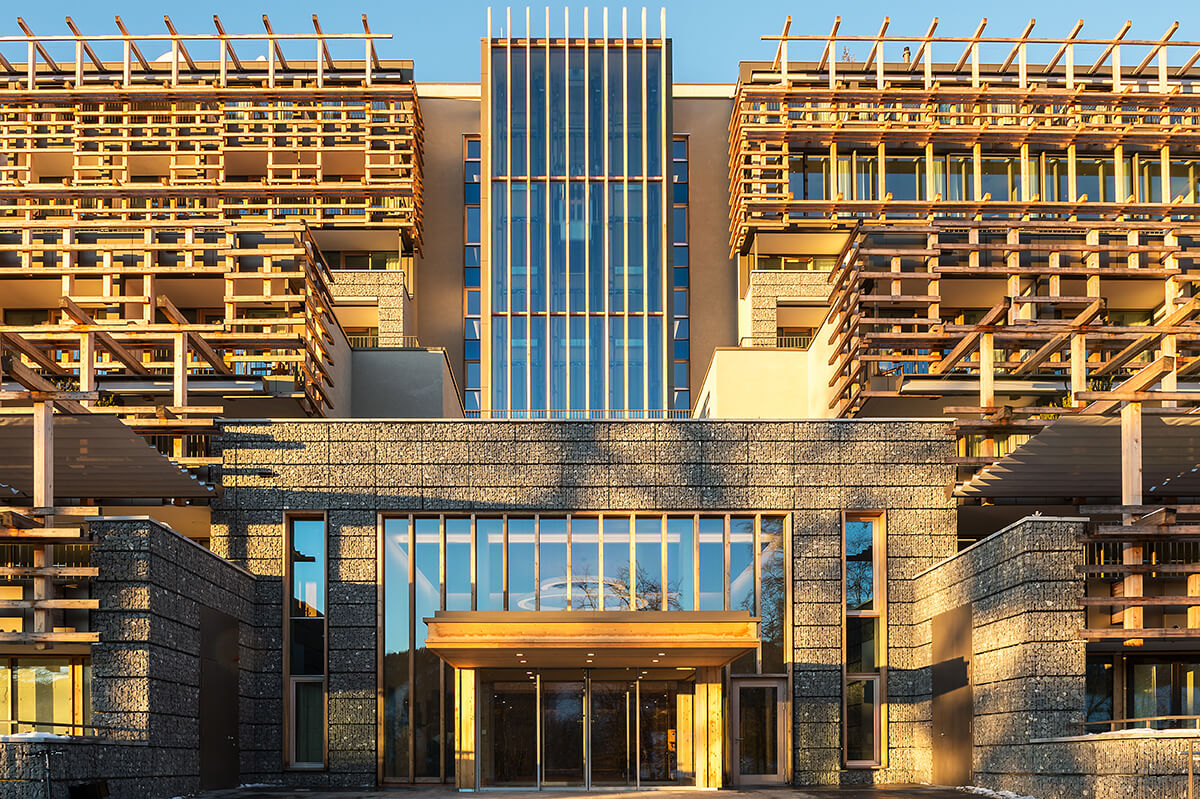
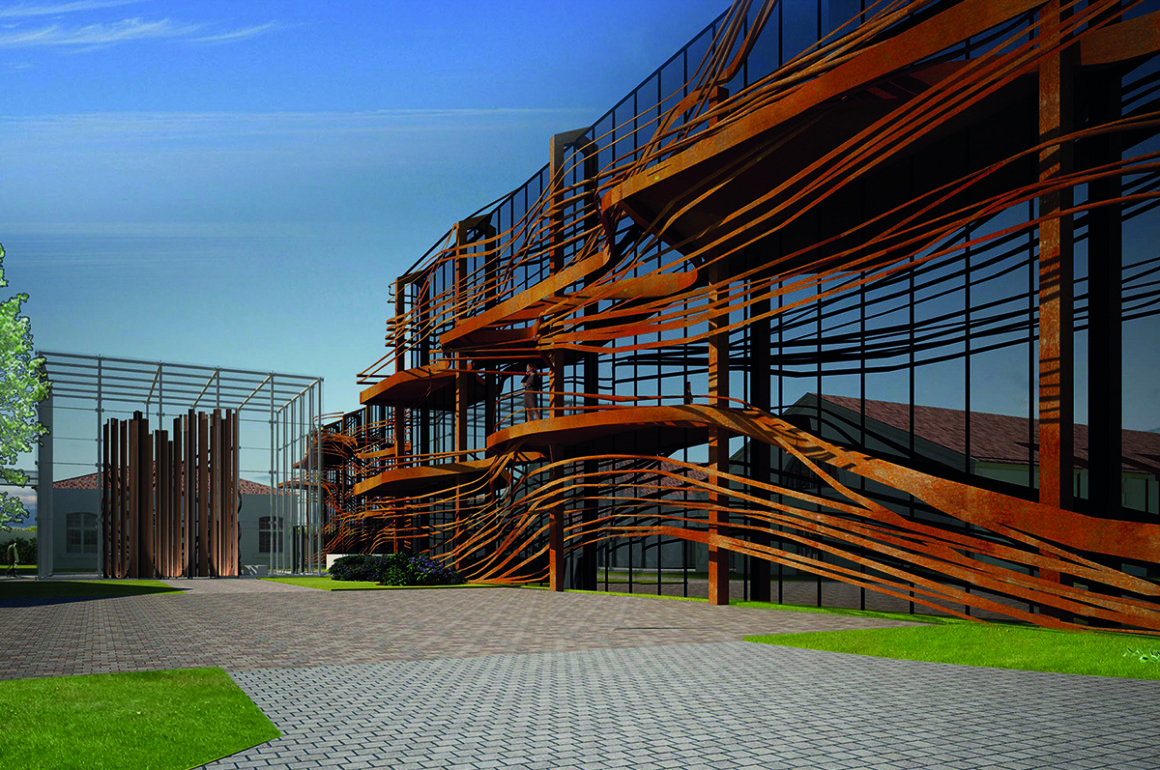

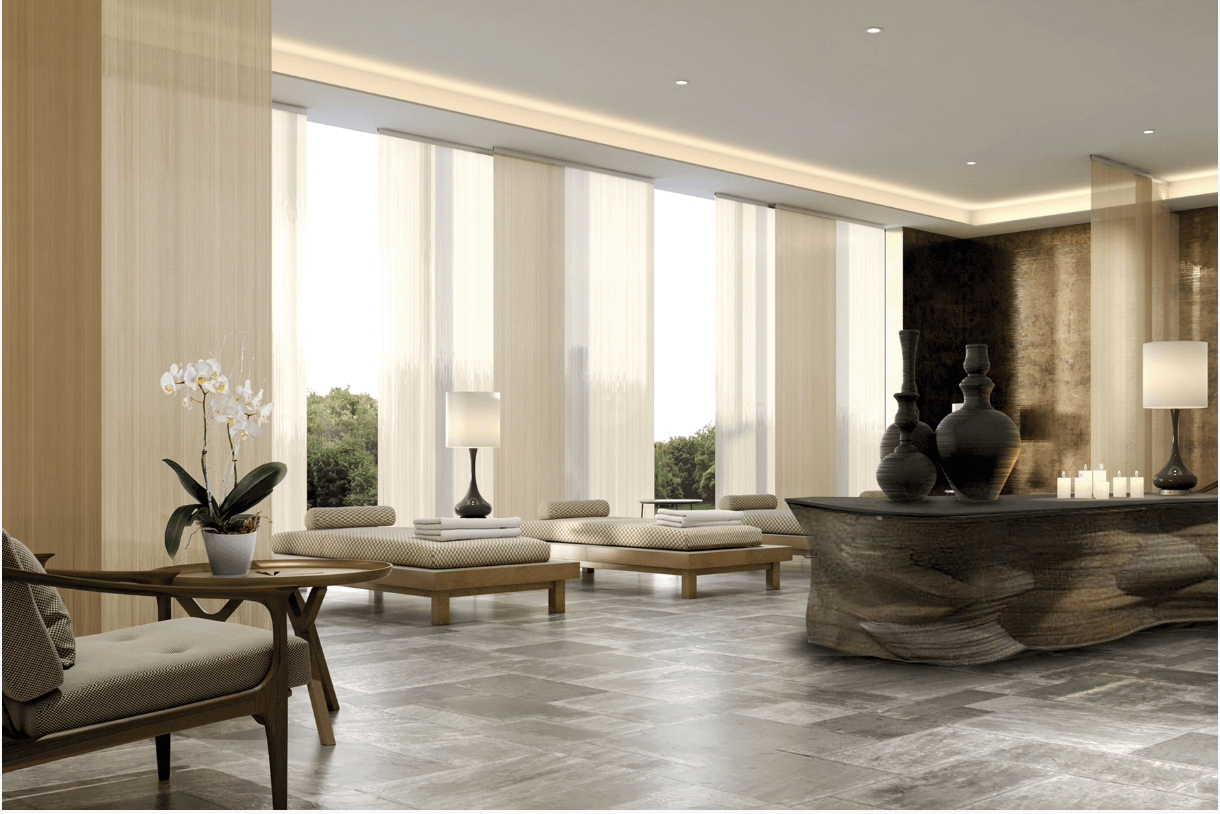




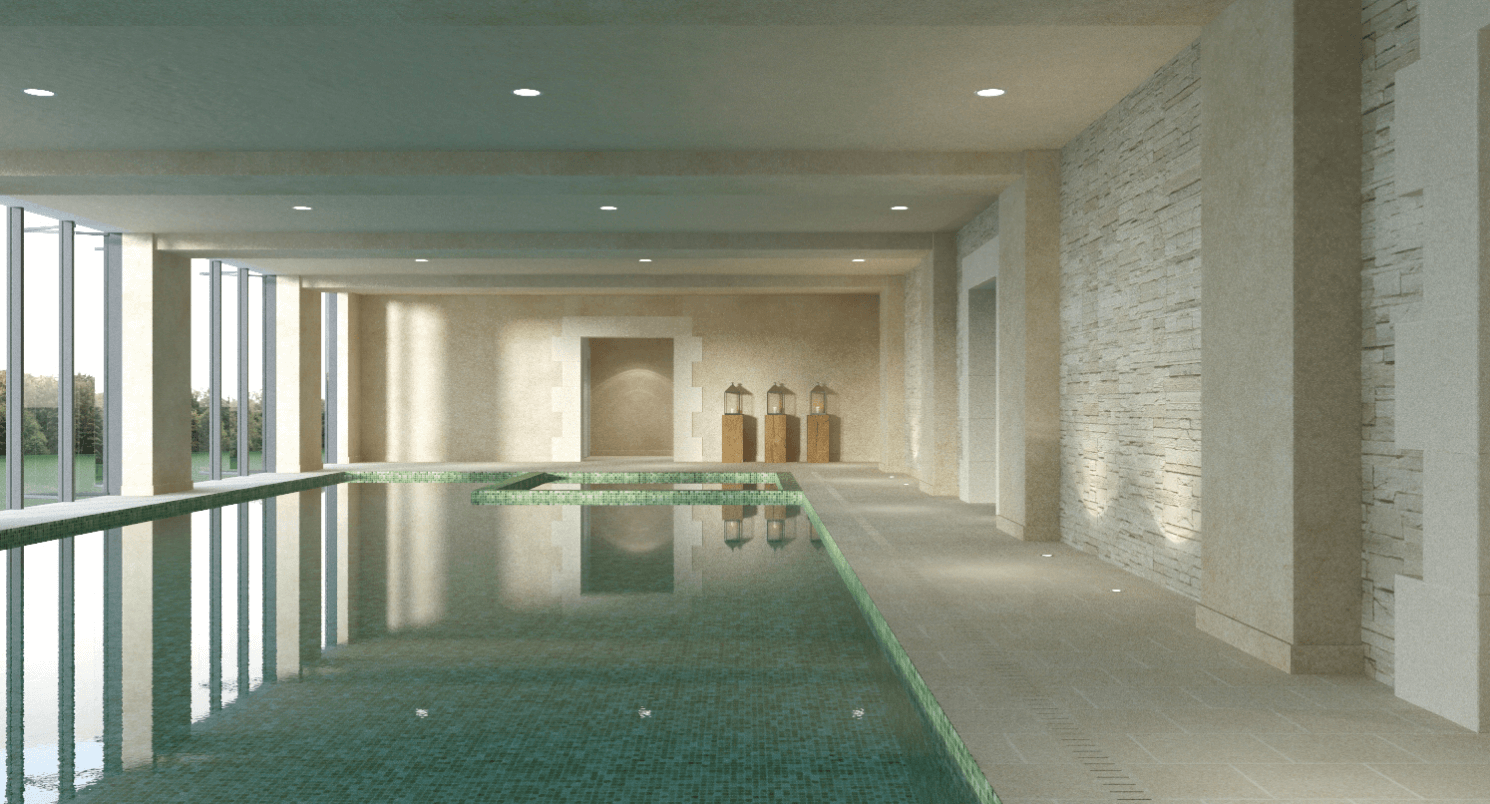
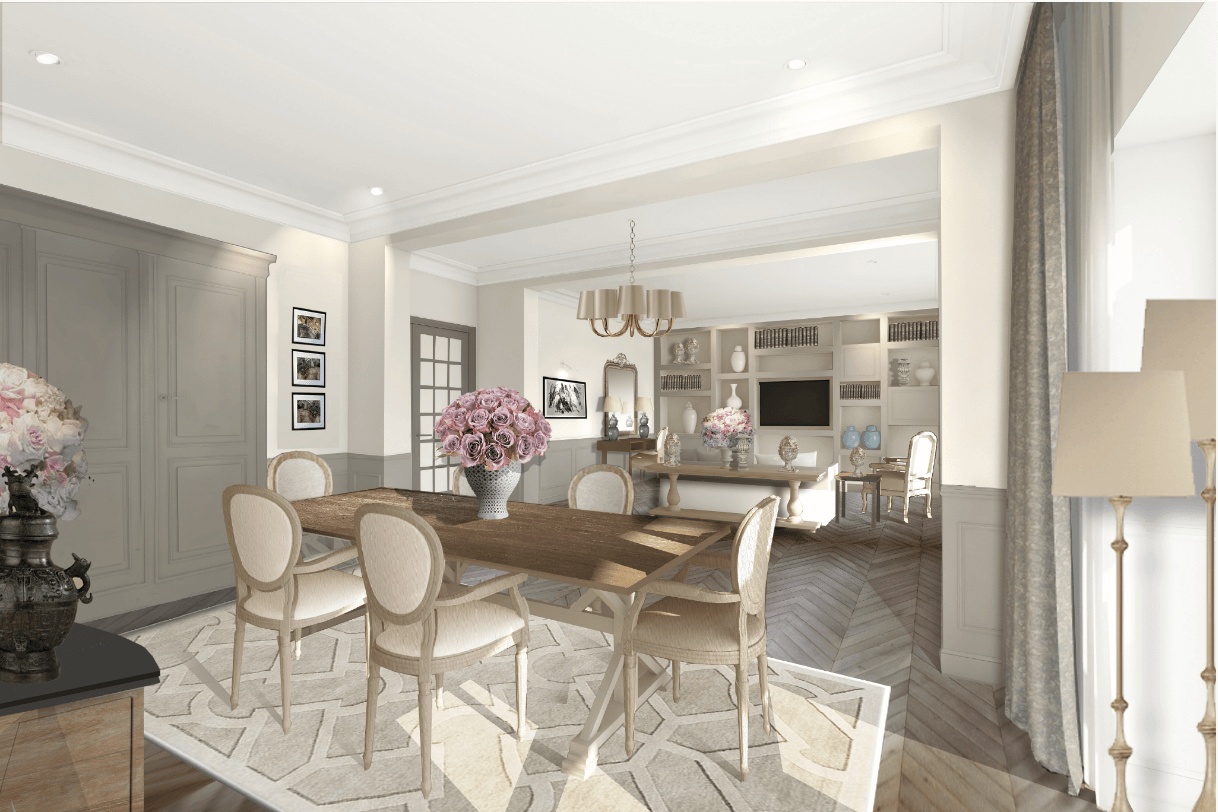
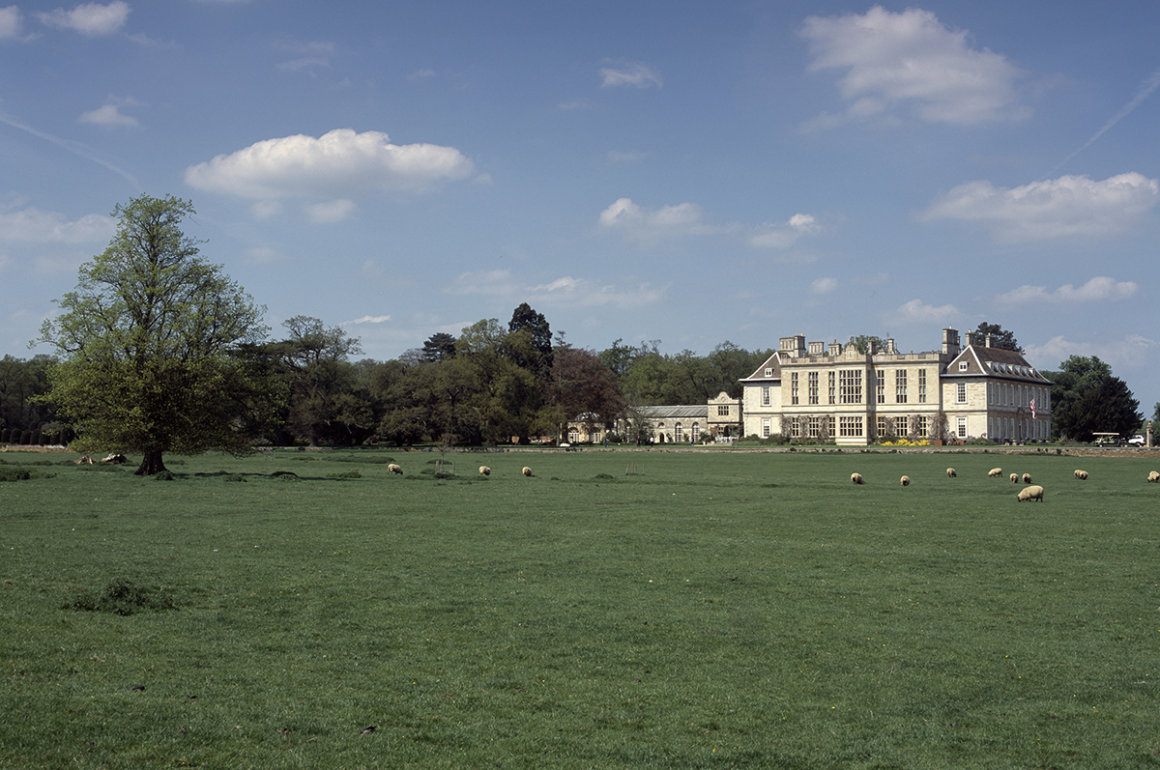
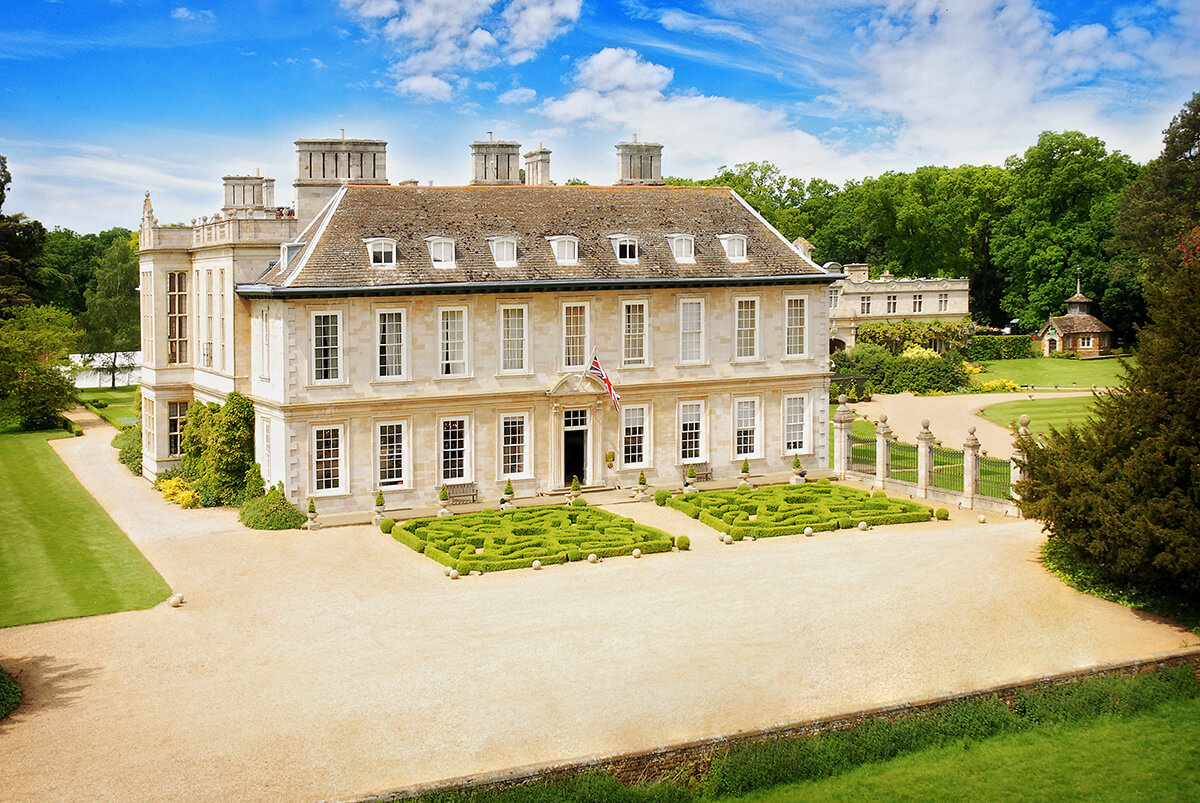
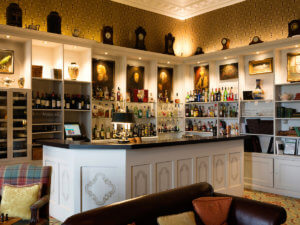
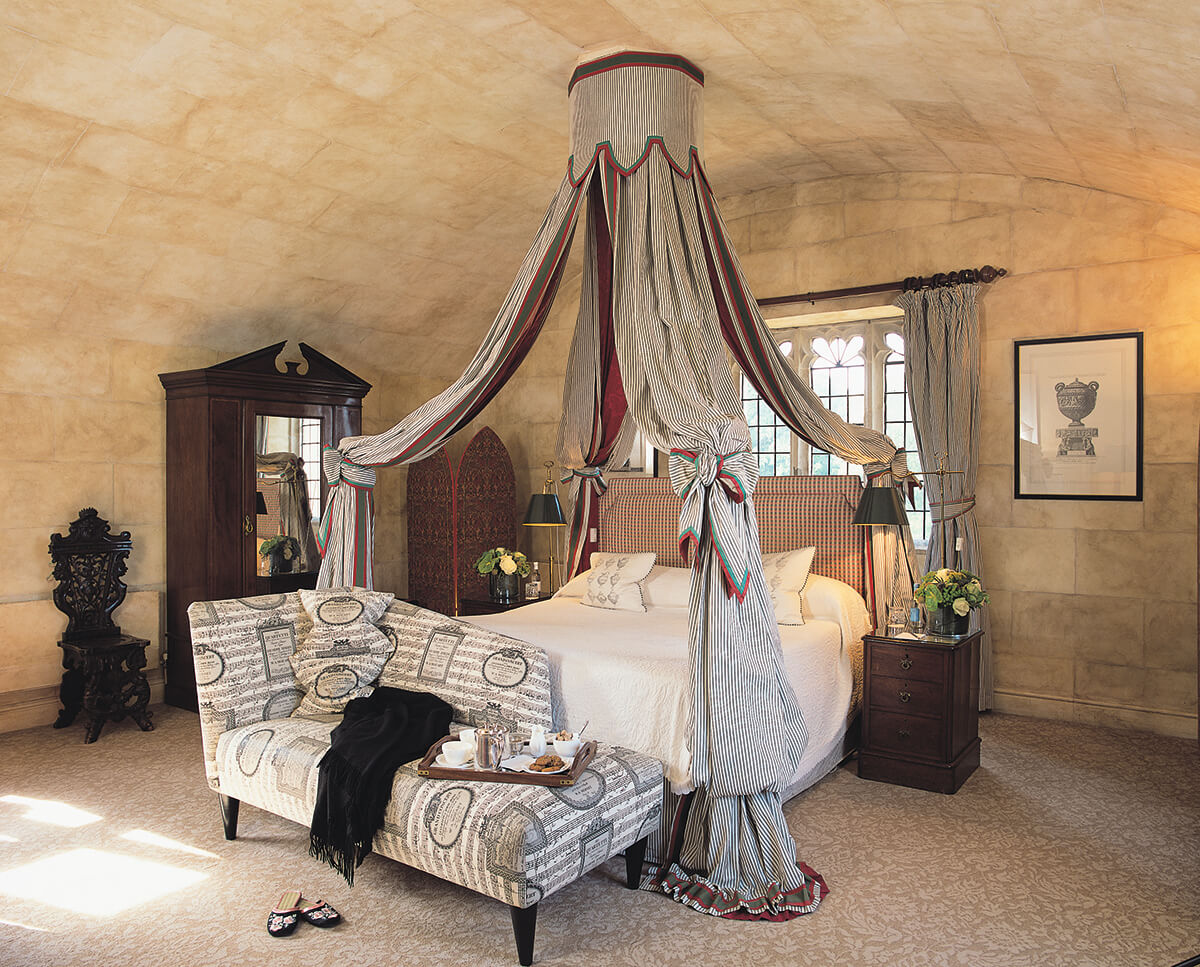
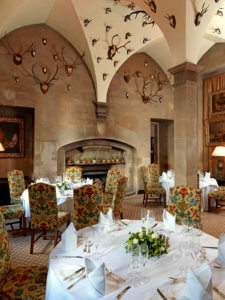
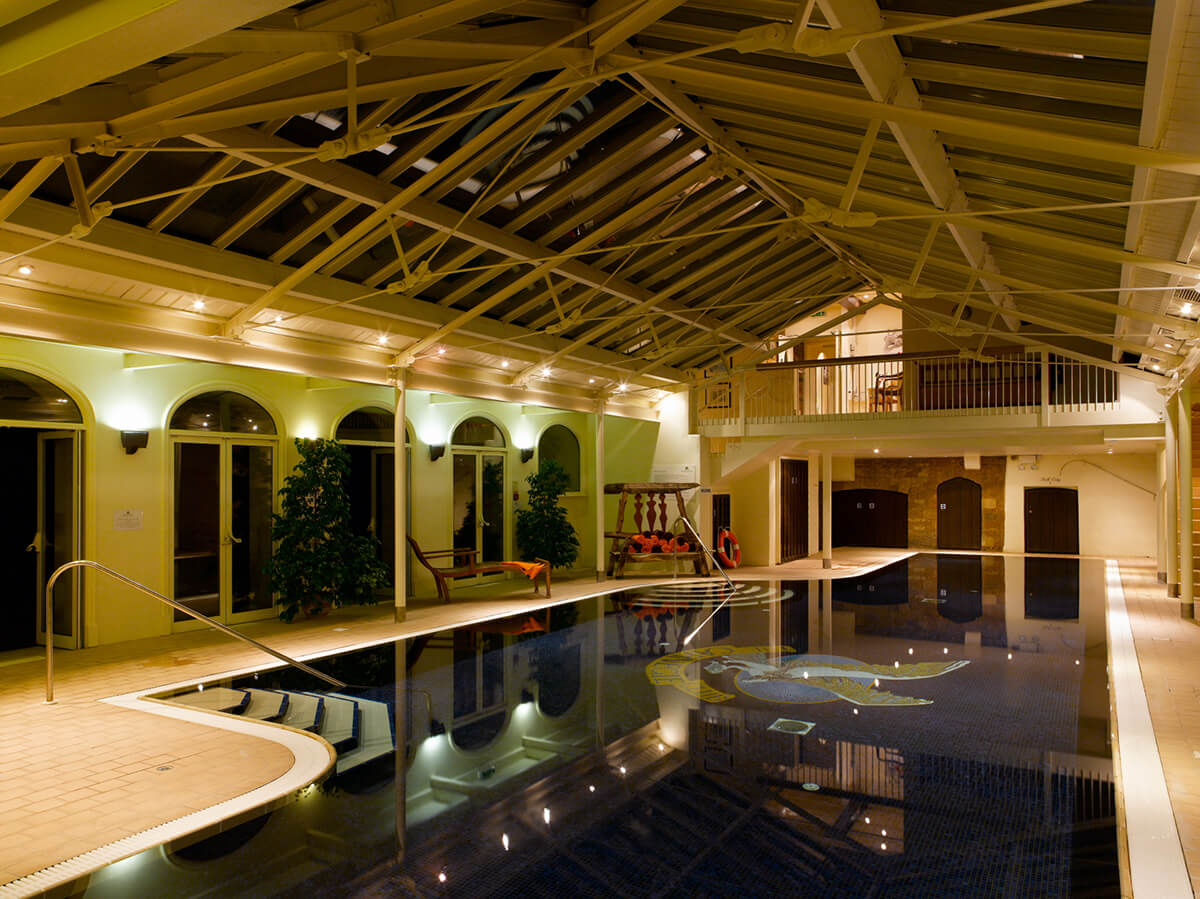

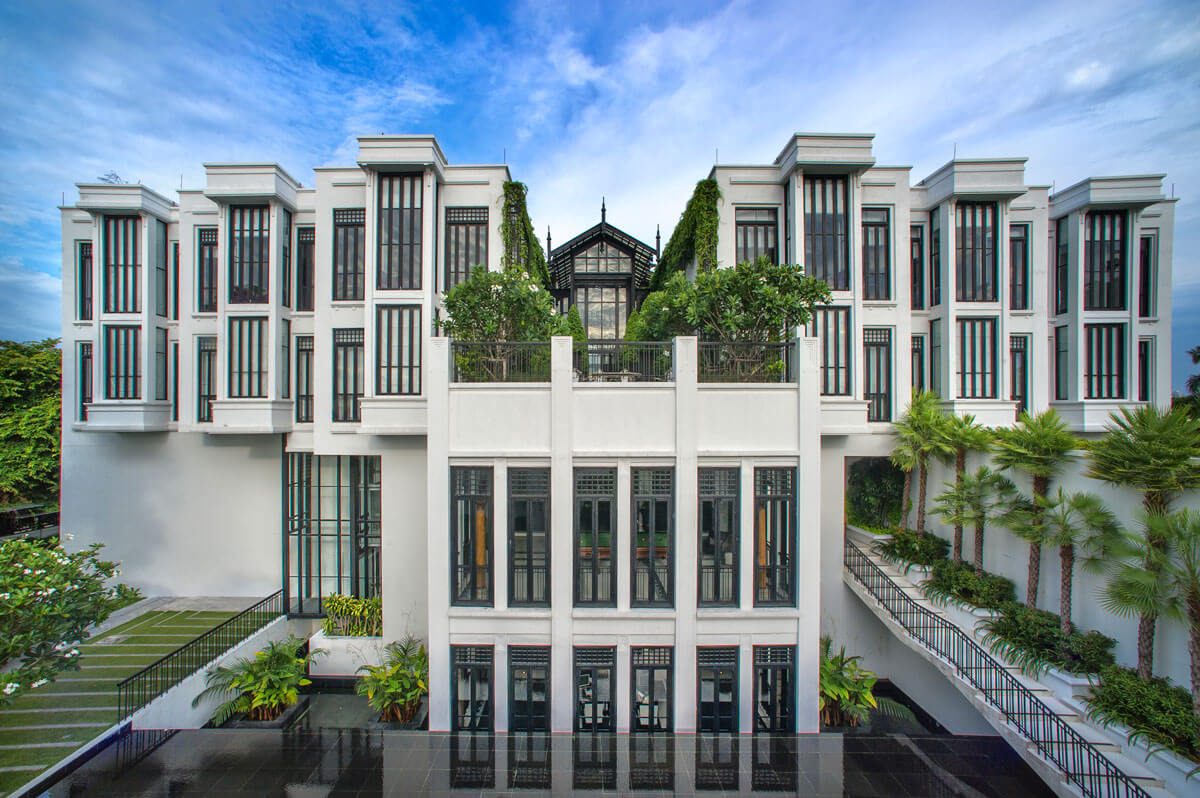
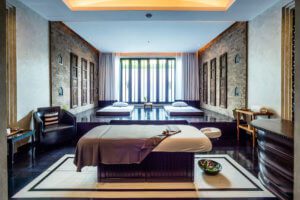
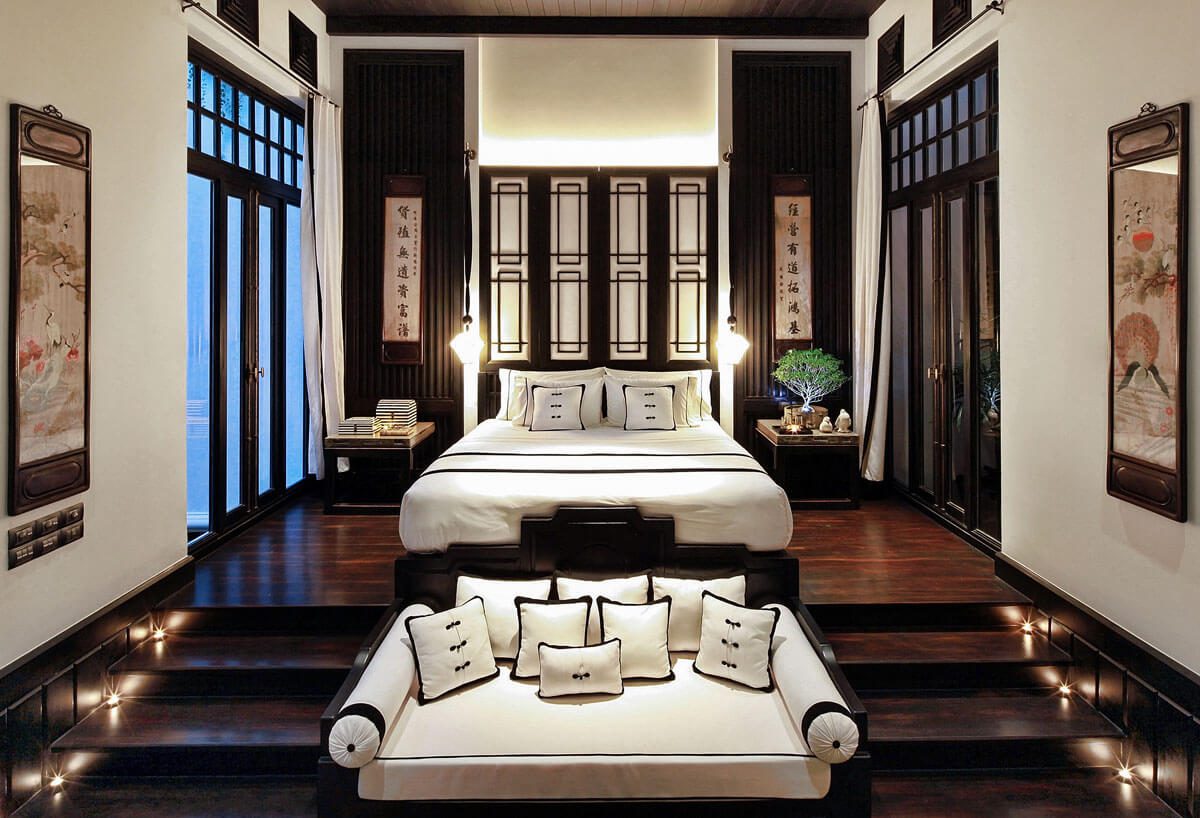
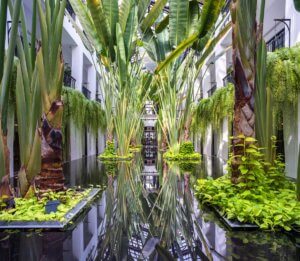




Recent Comments